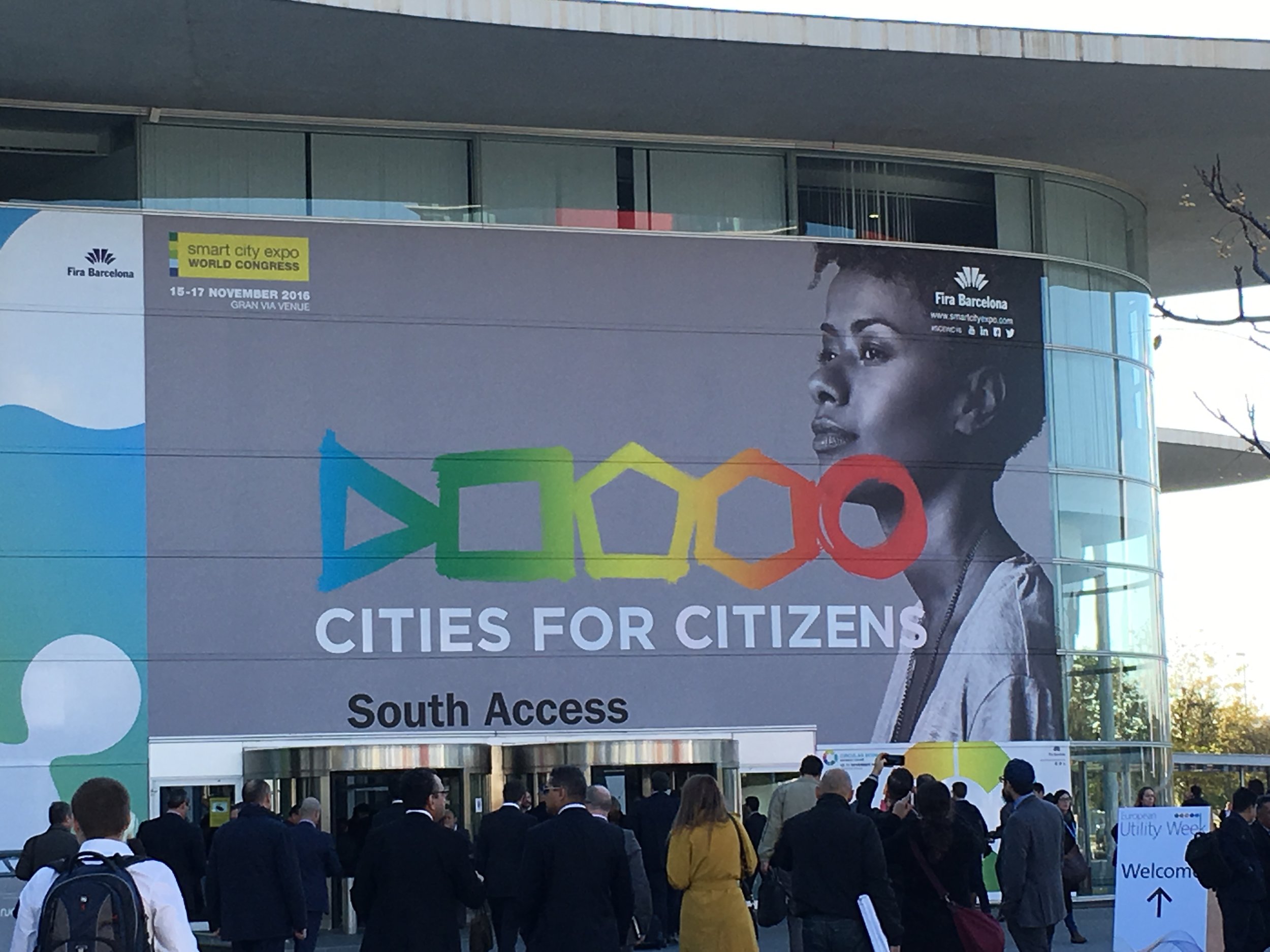
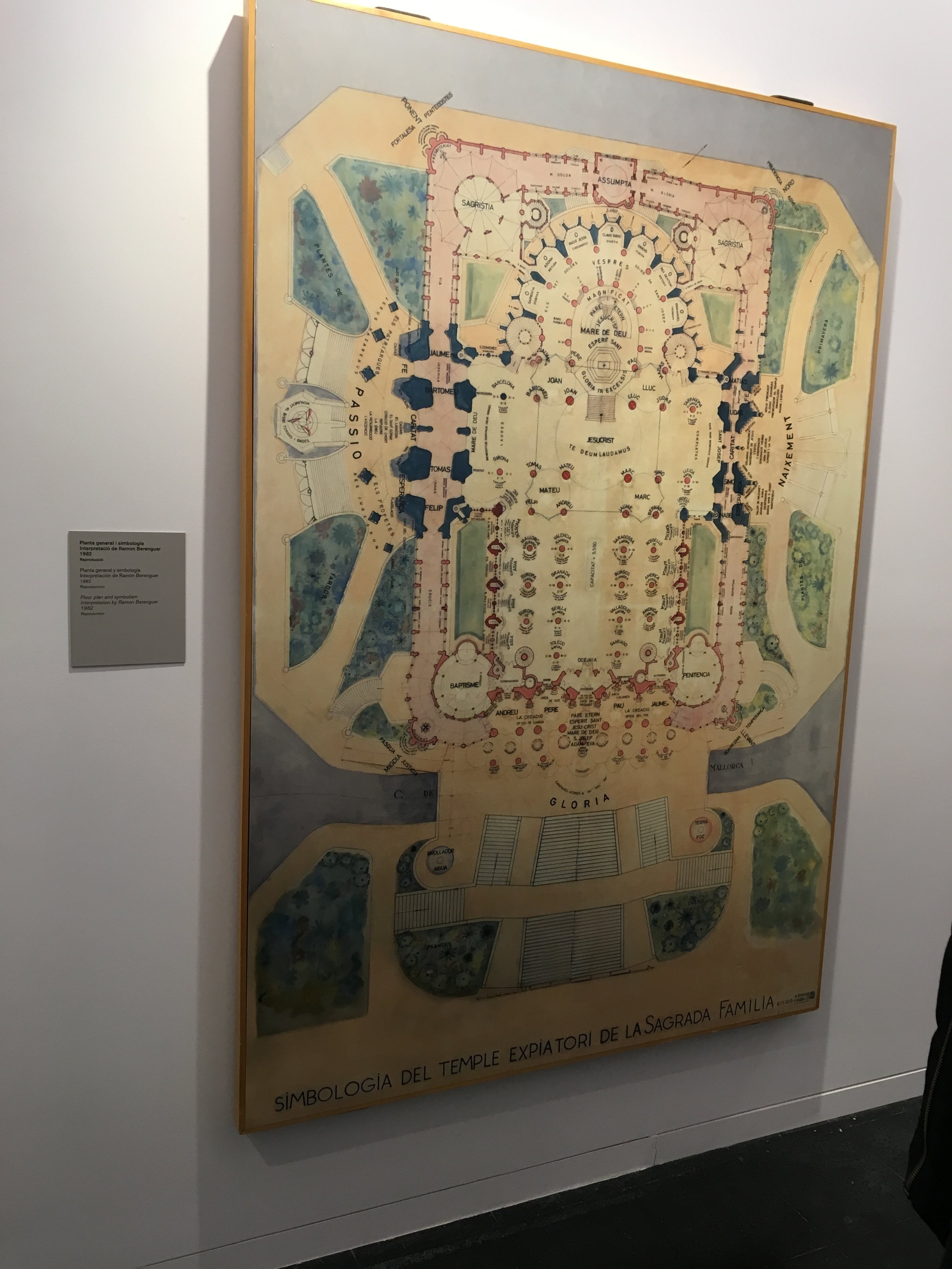
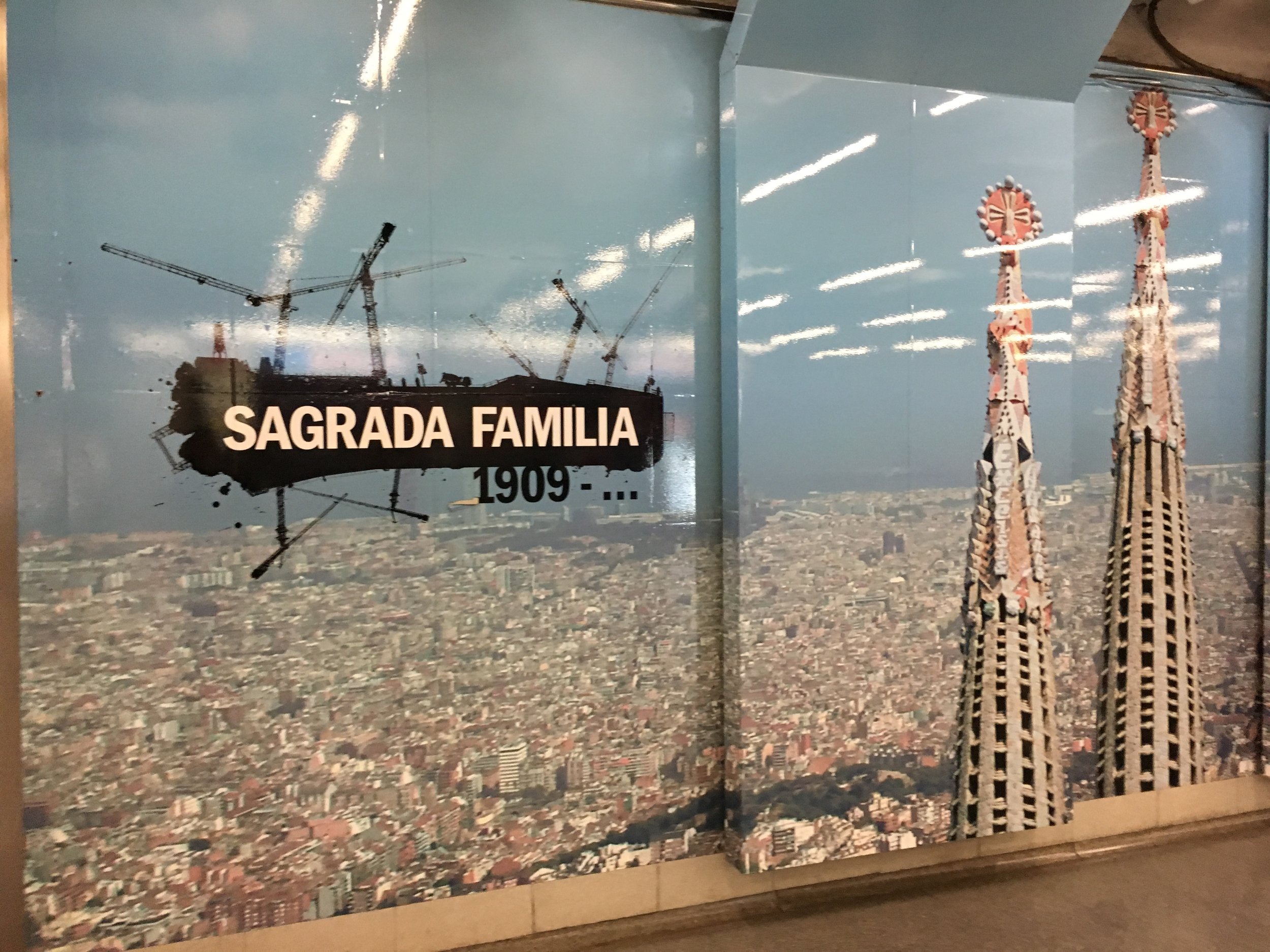
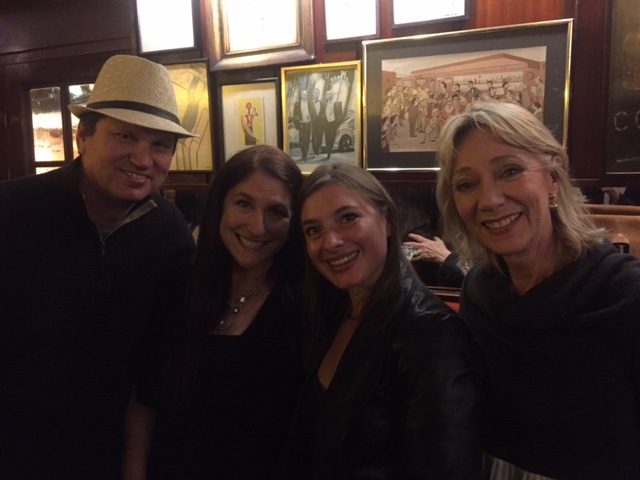

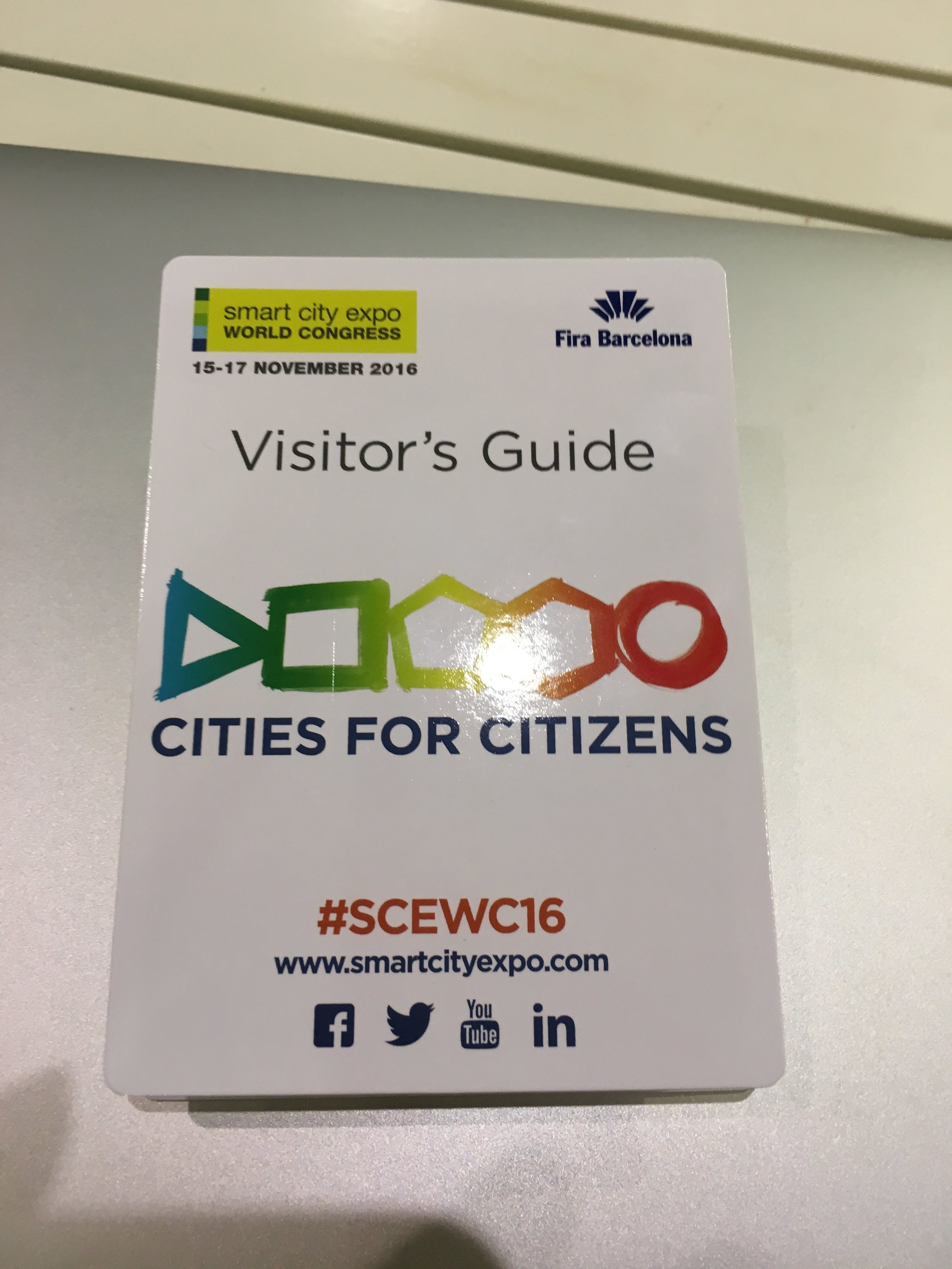
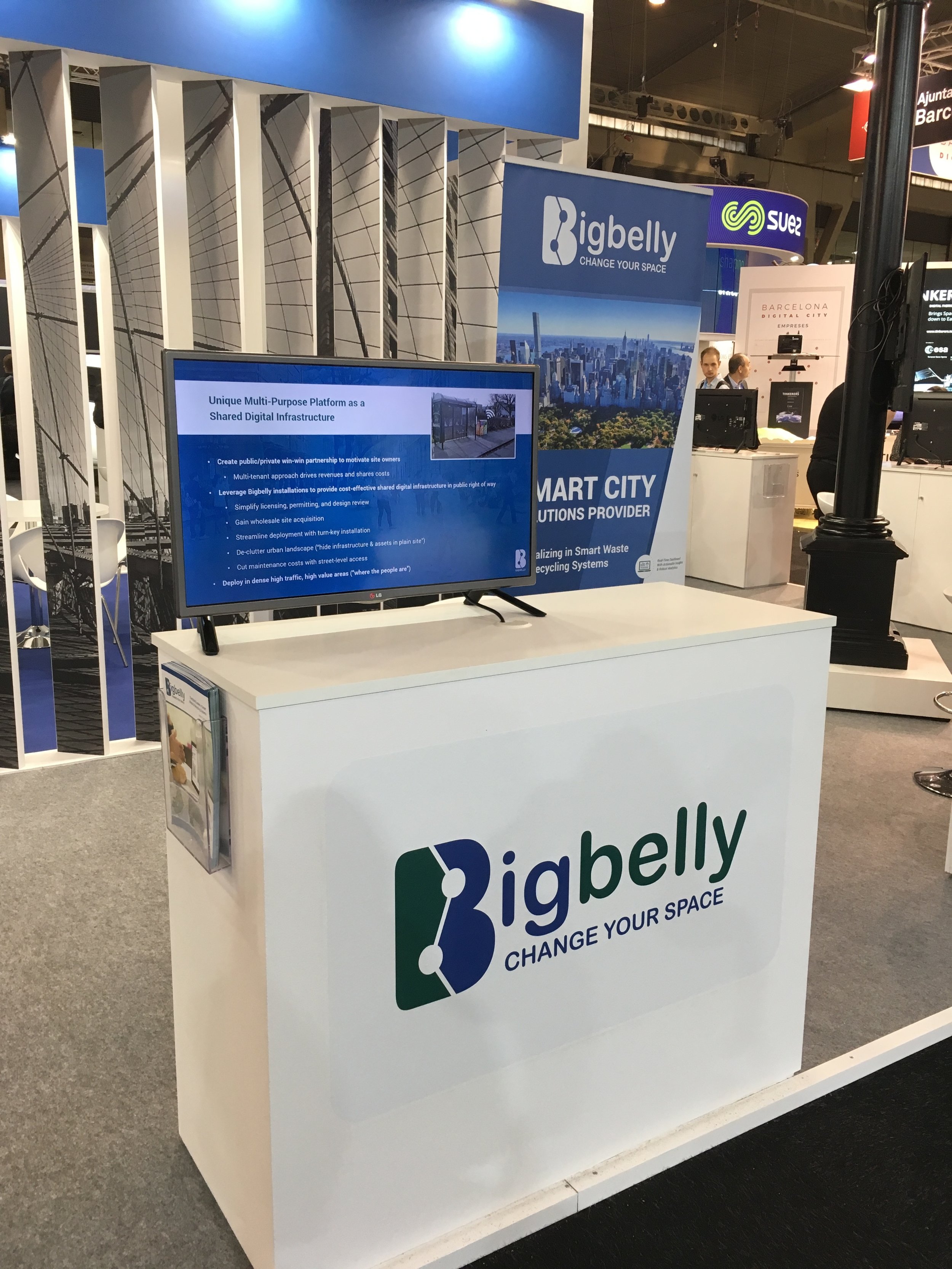
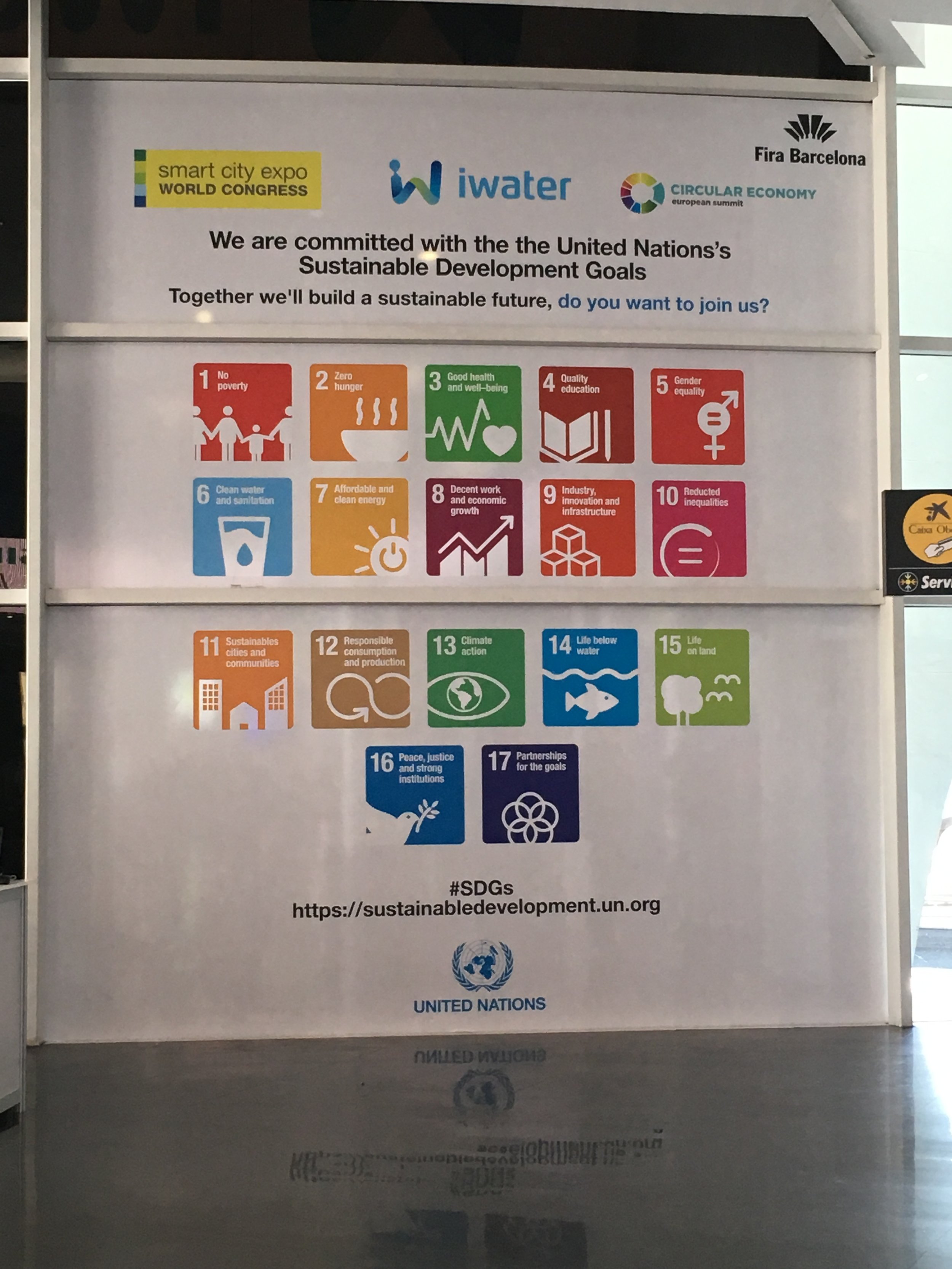
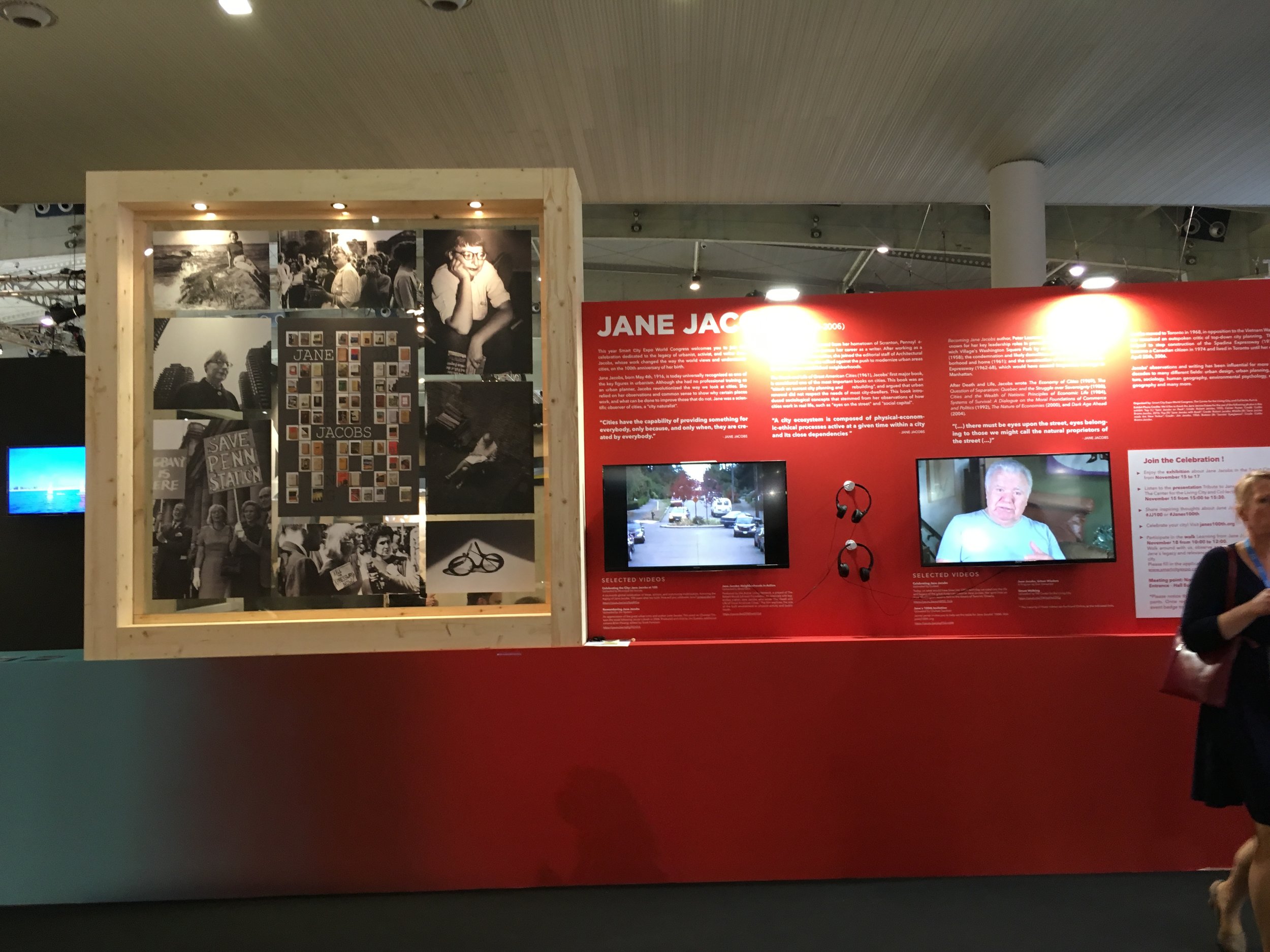
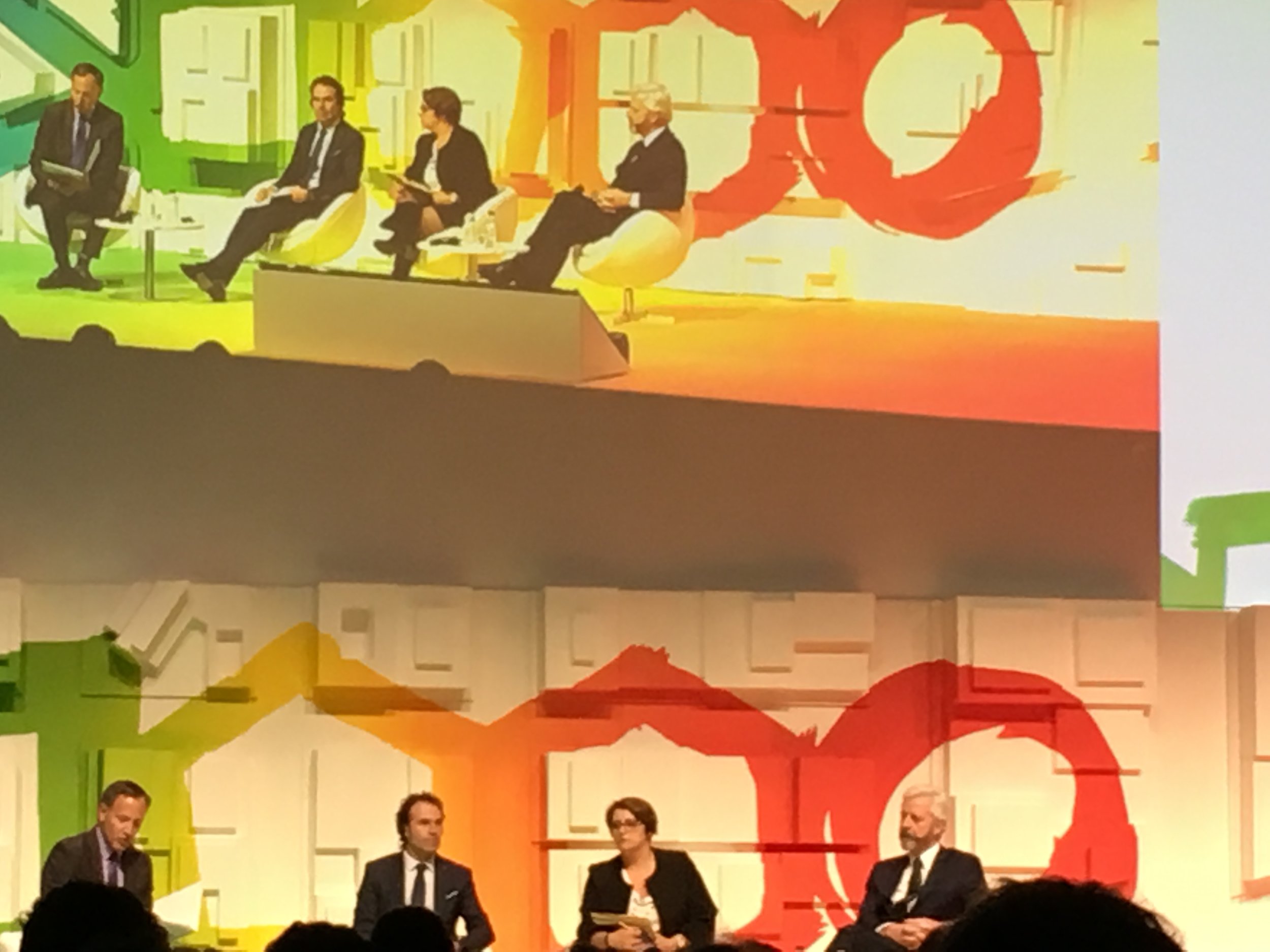
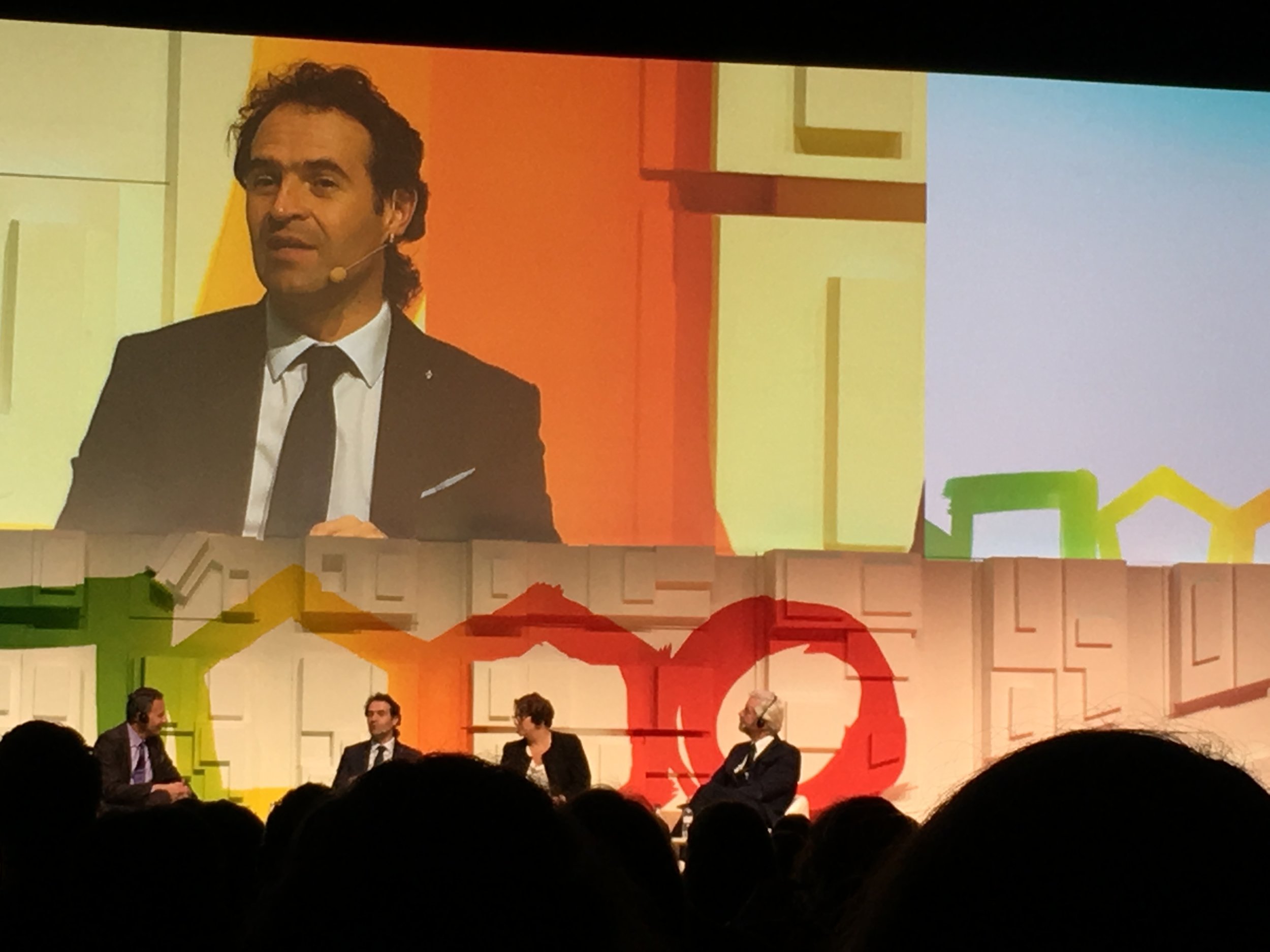

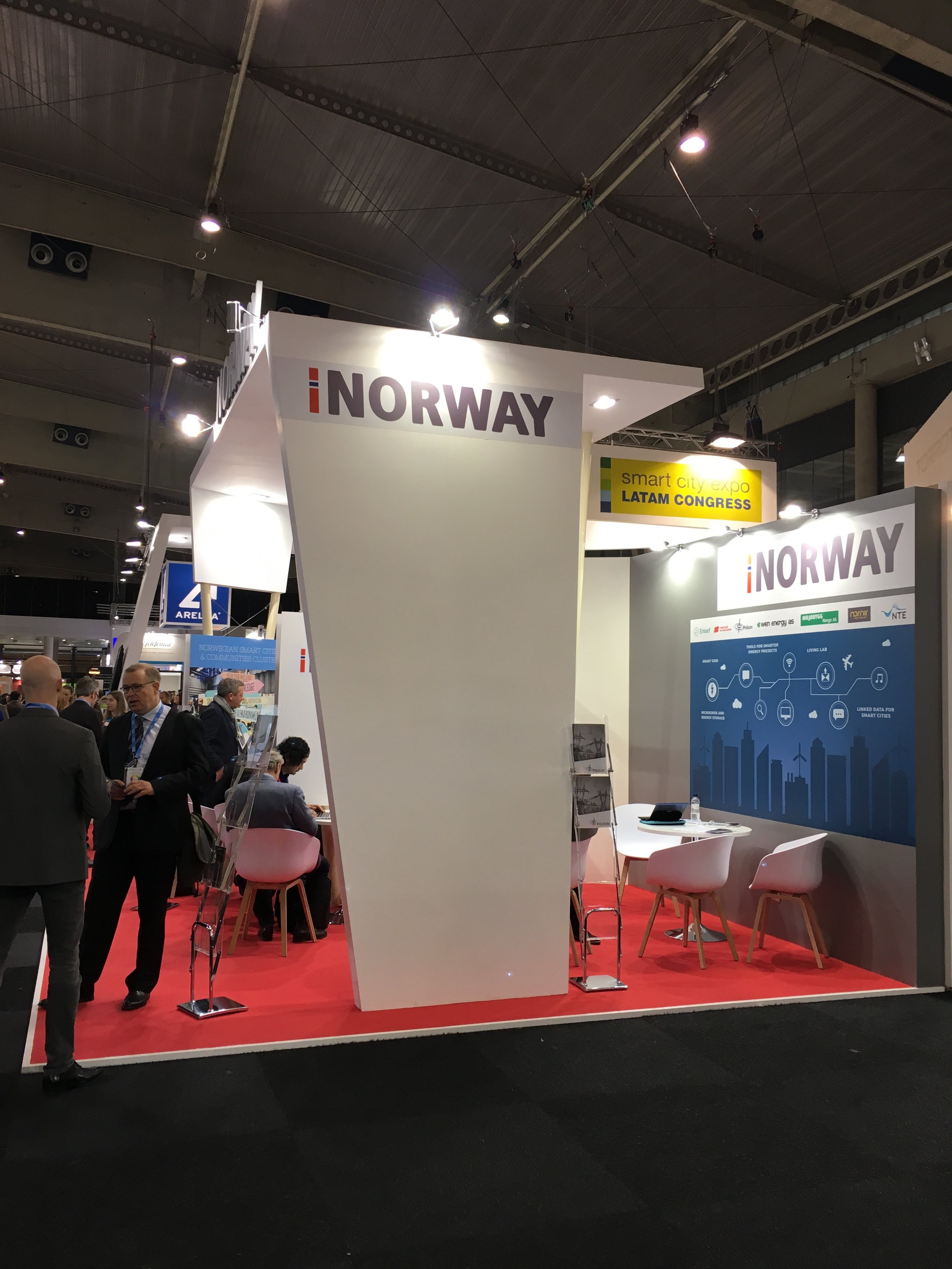
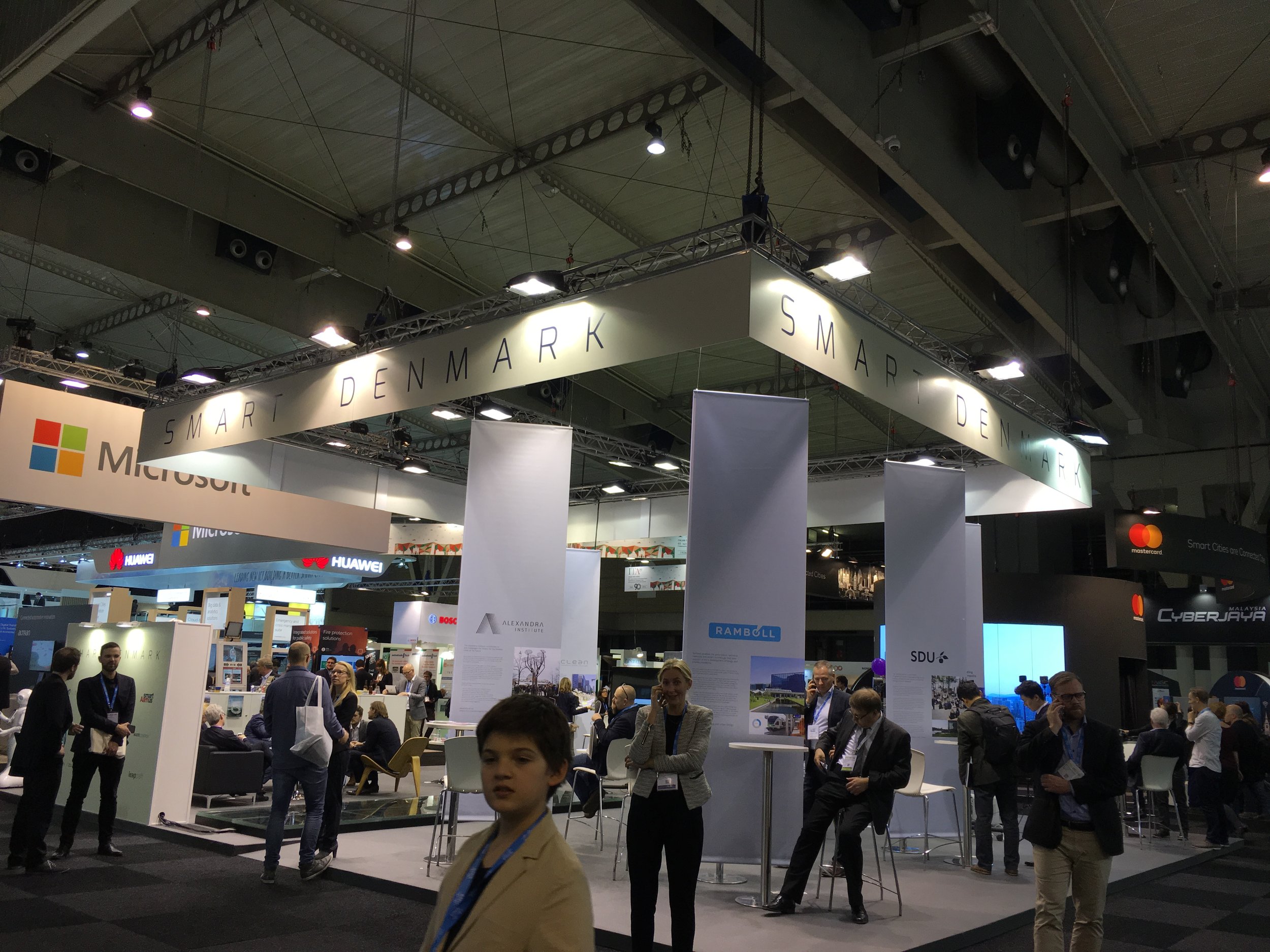
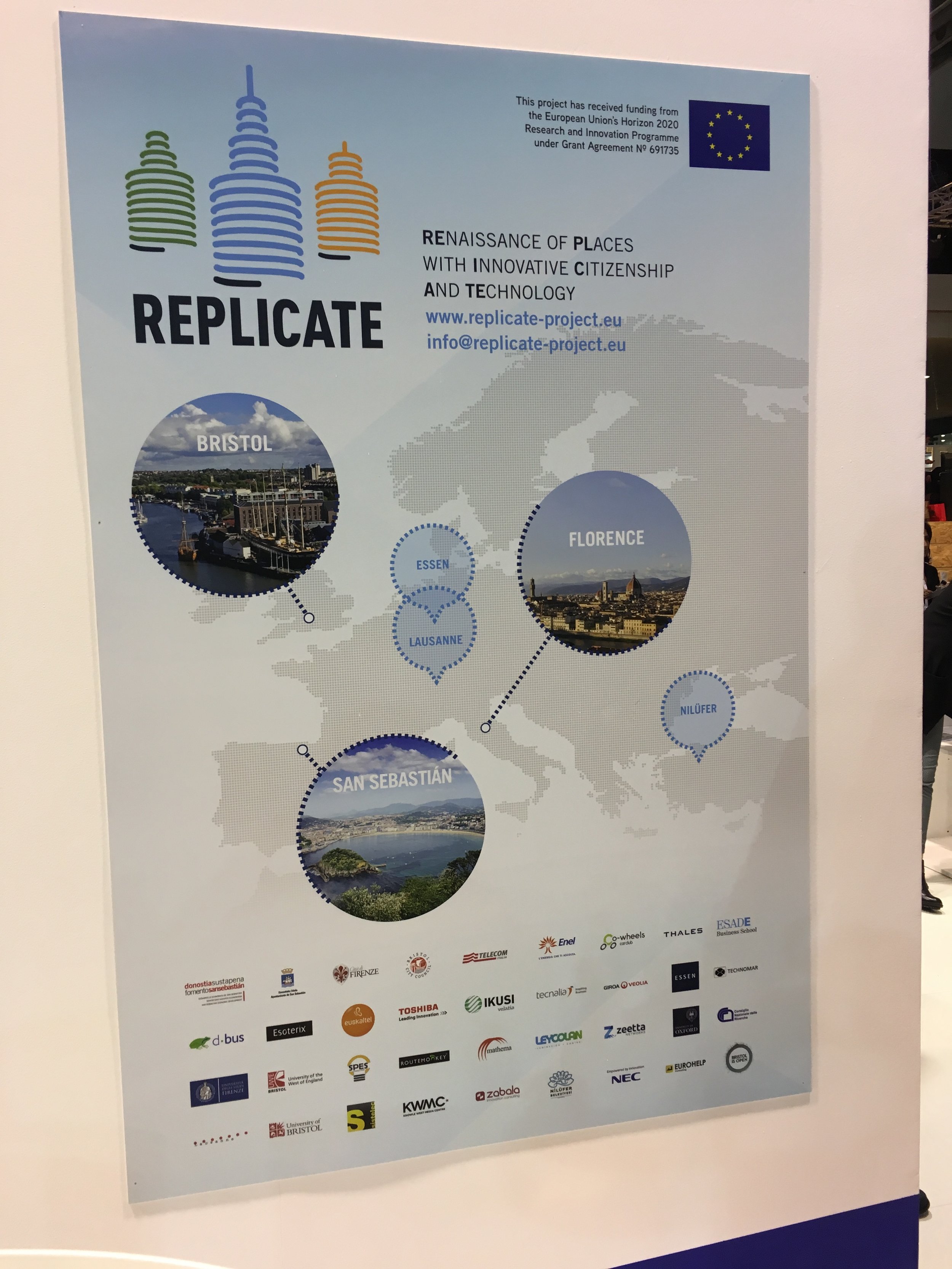
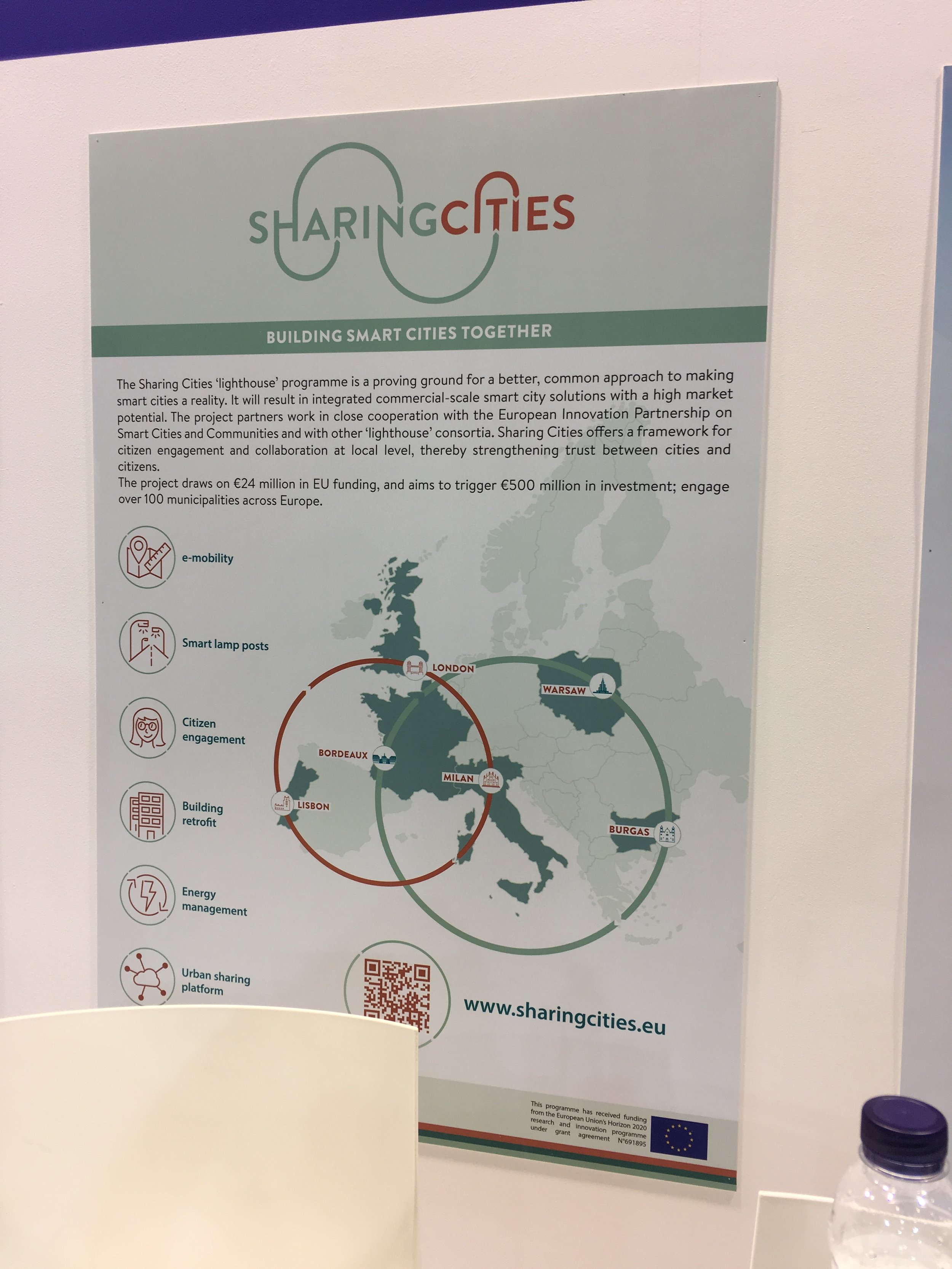
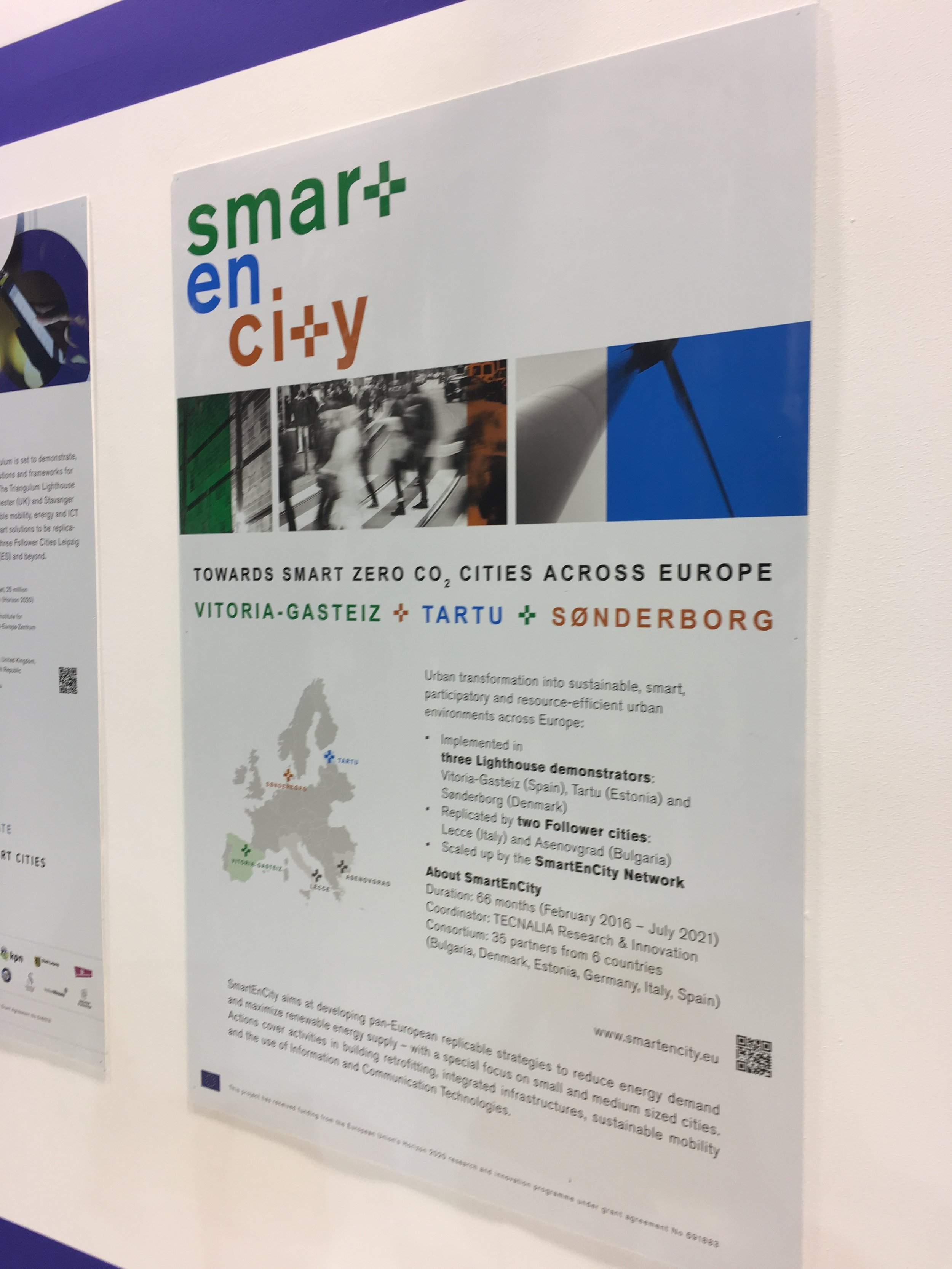

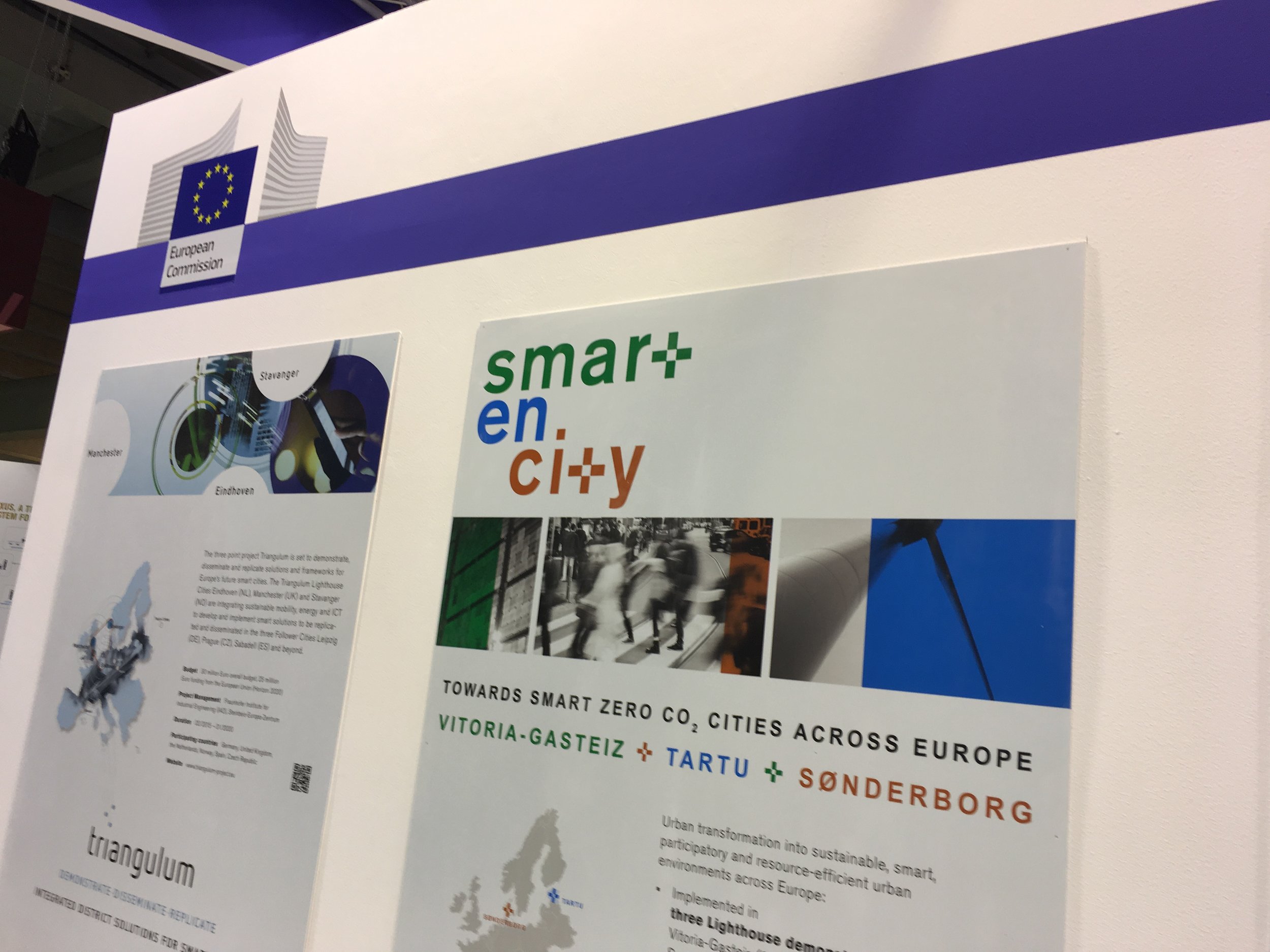
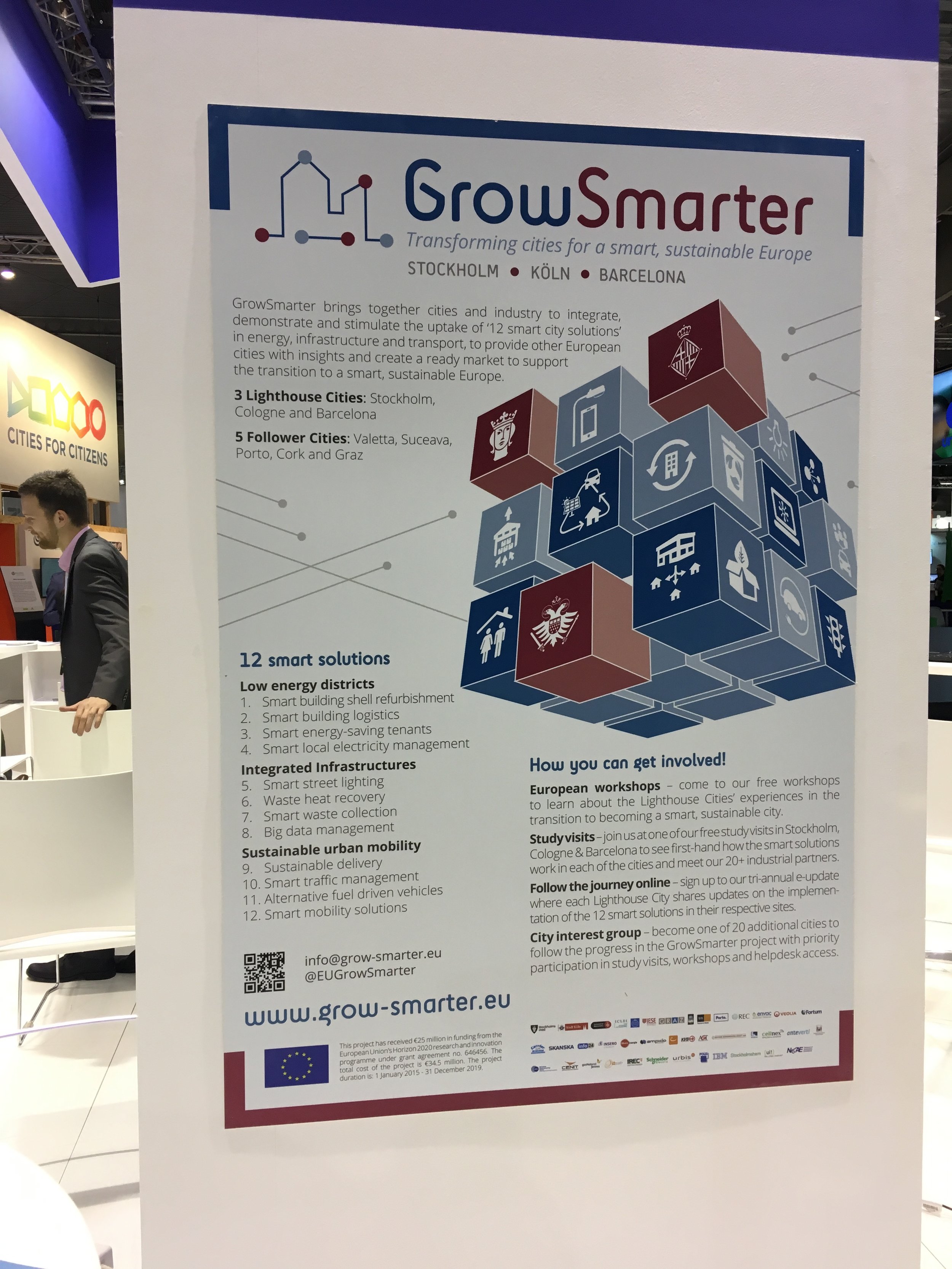
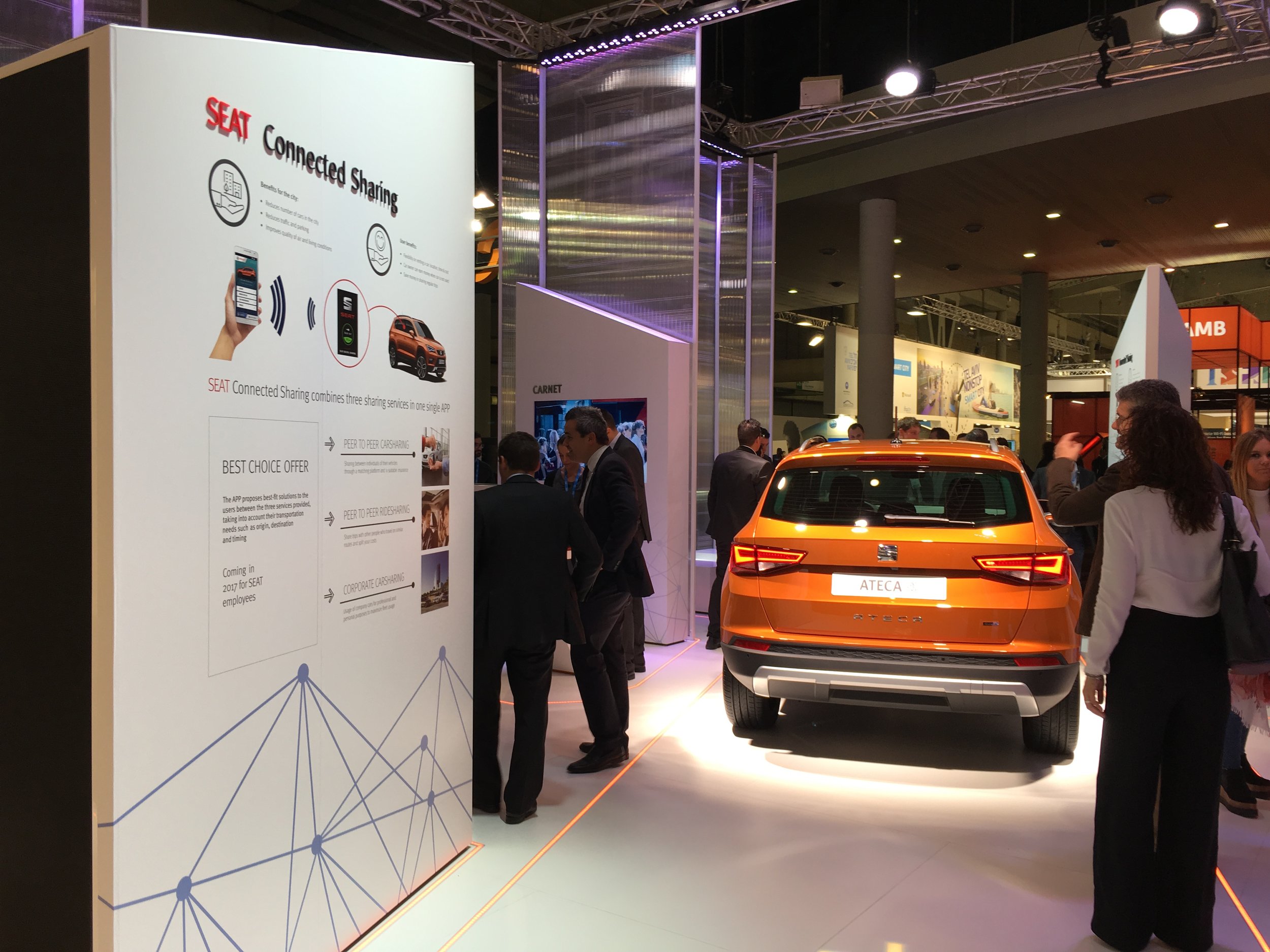

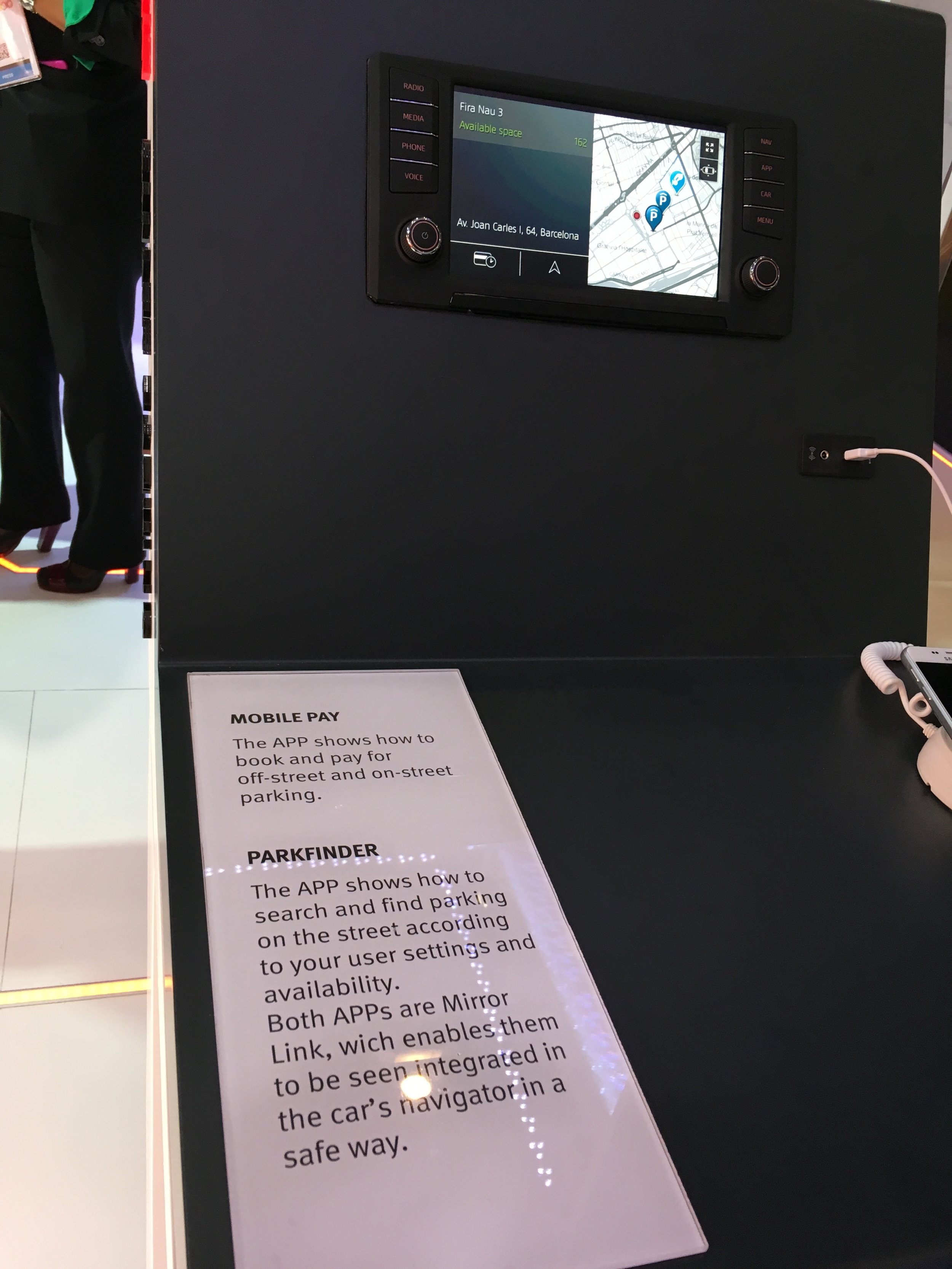
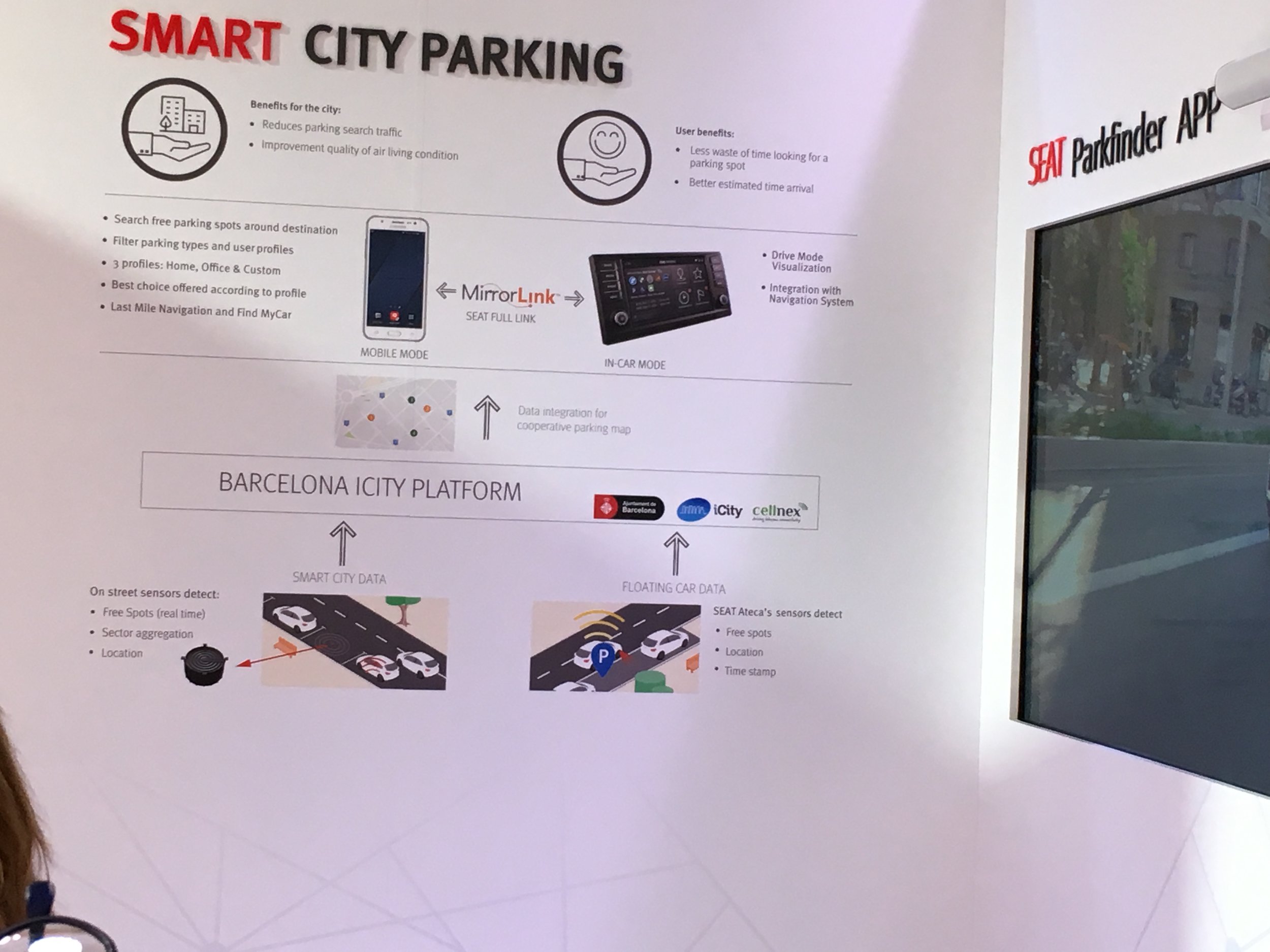
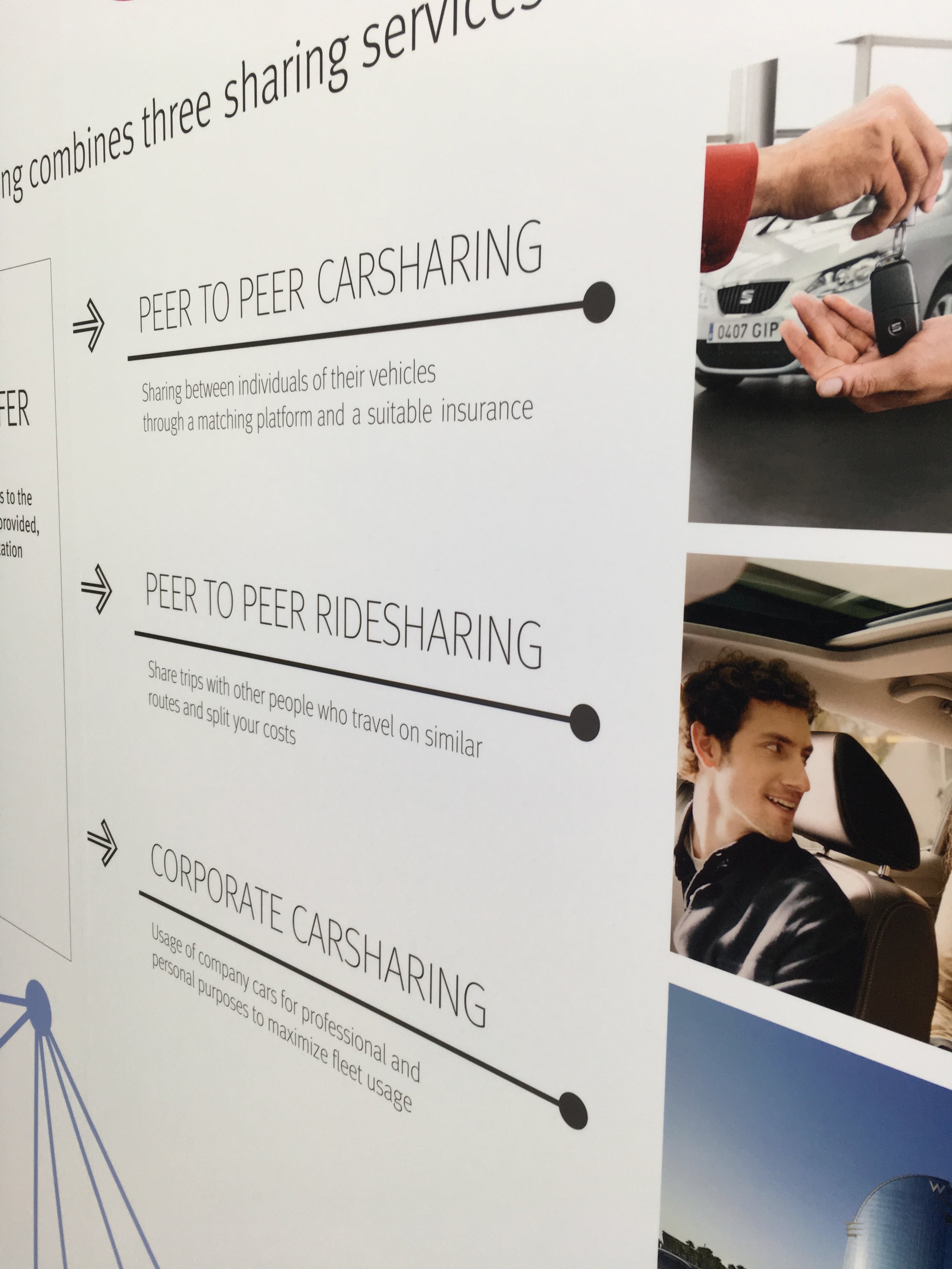
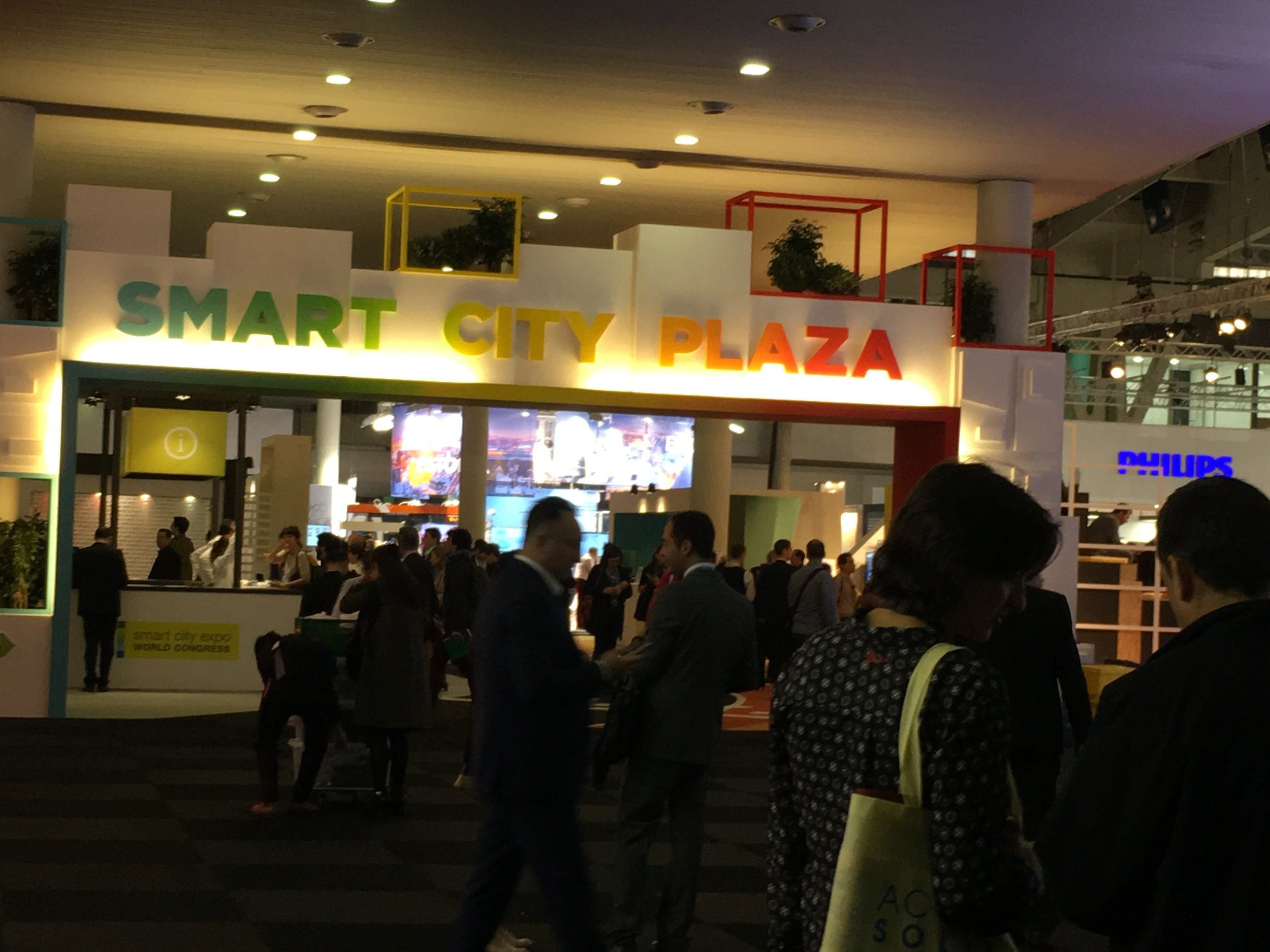
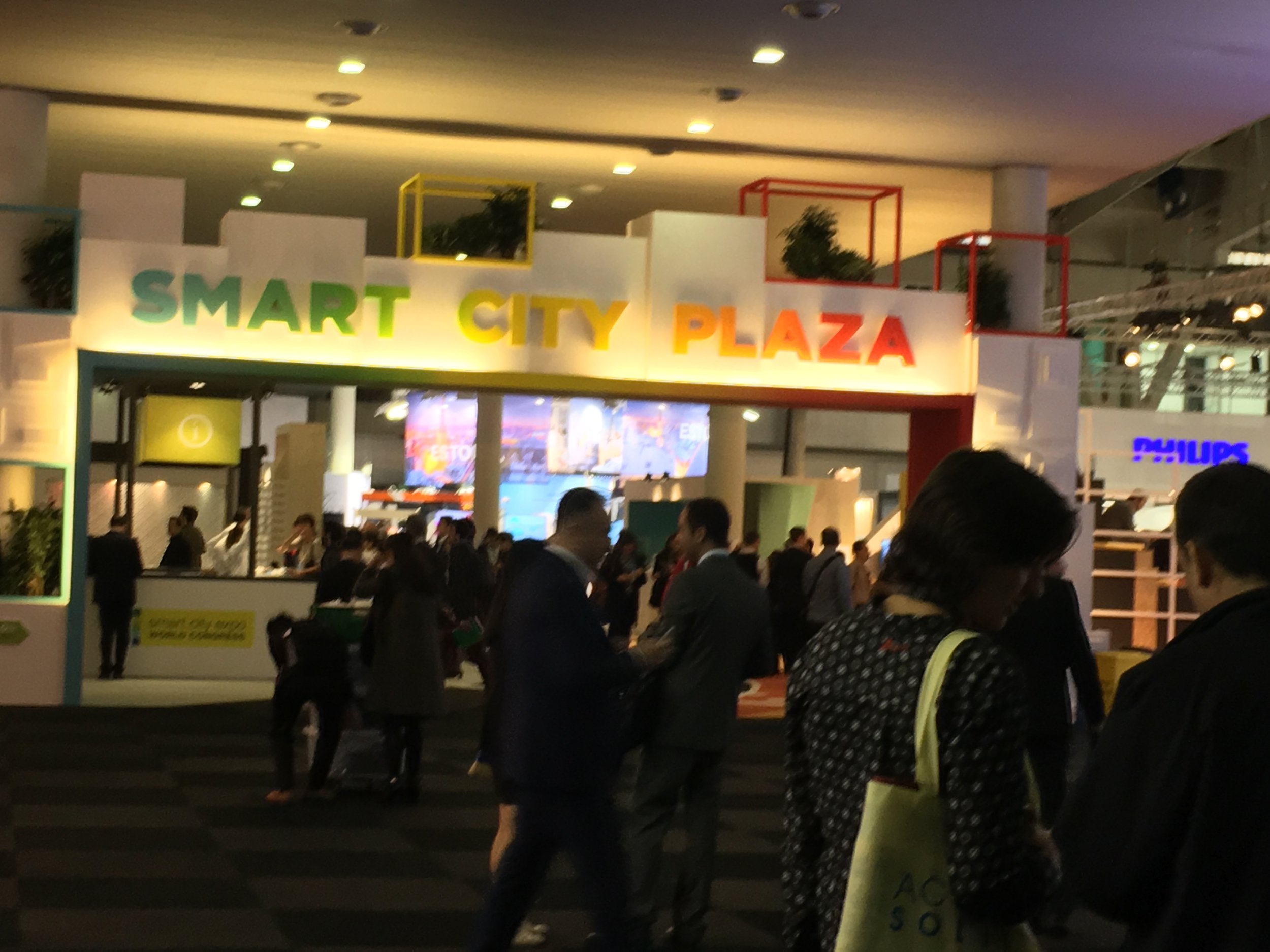
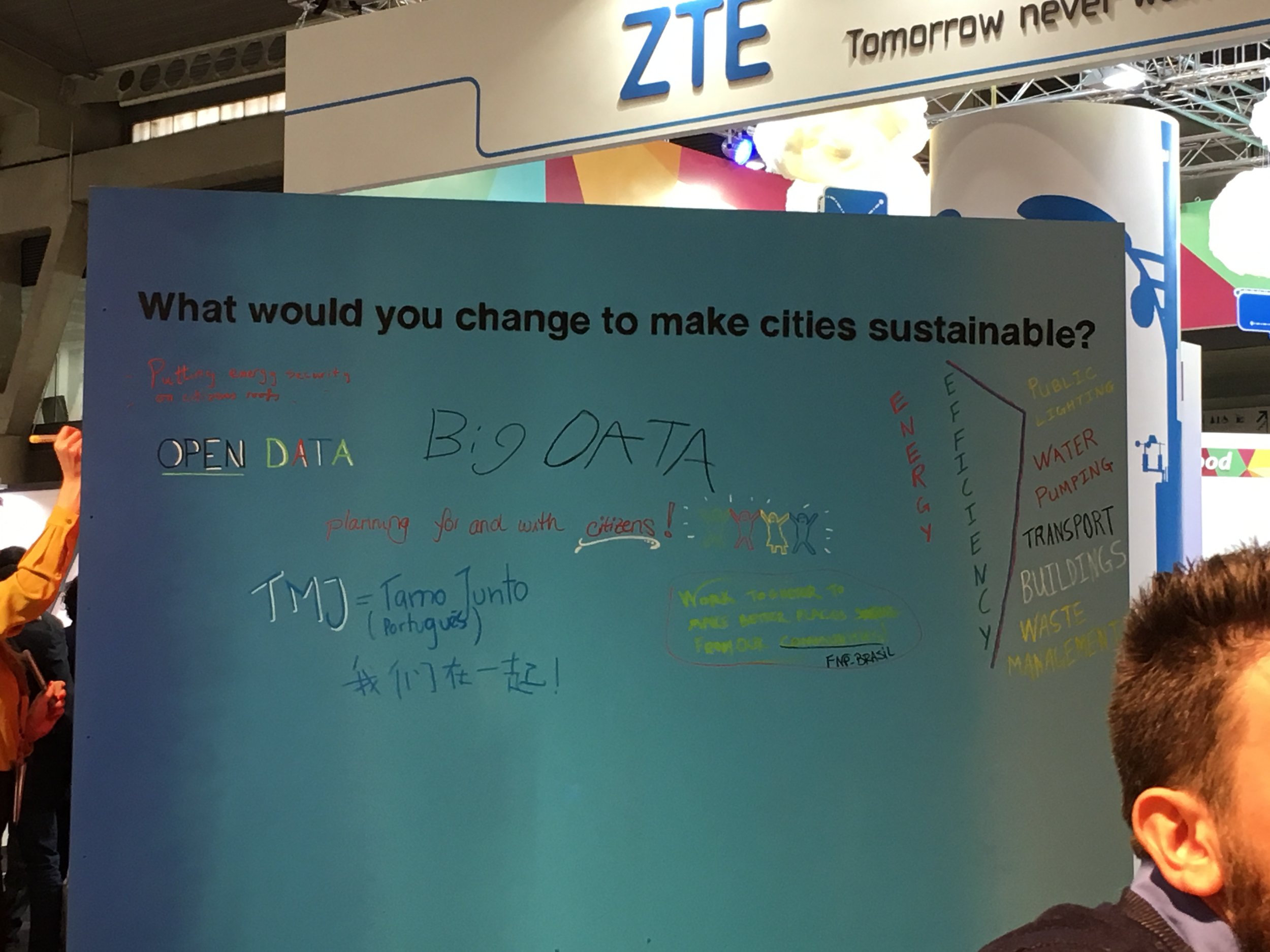
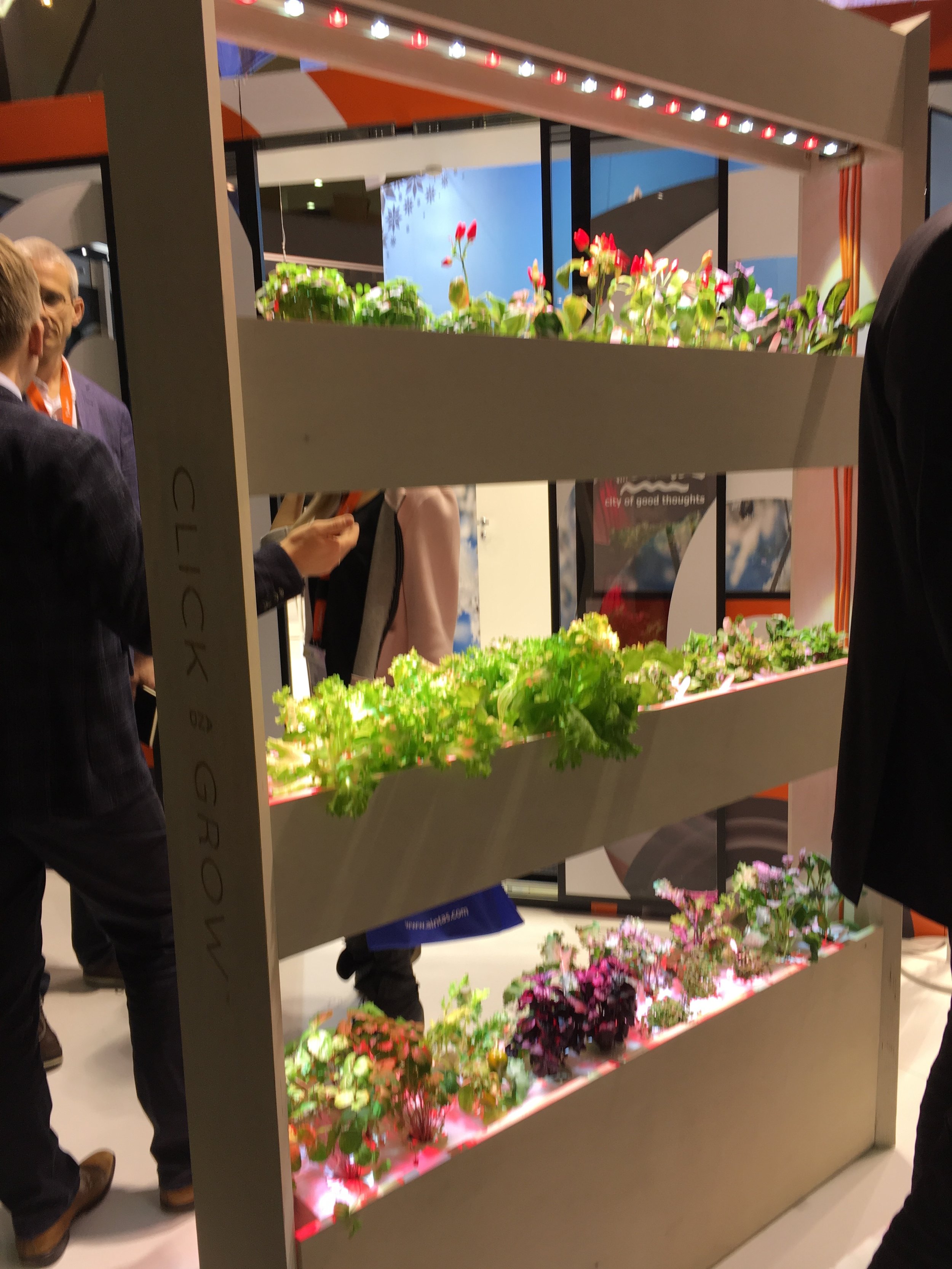
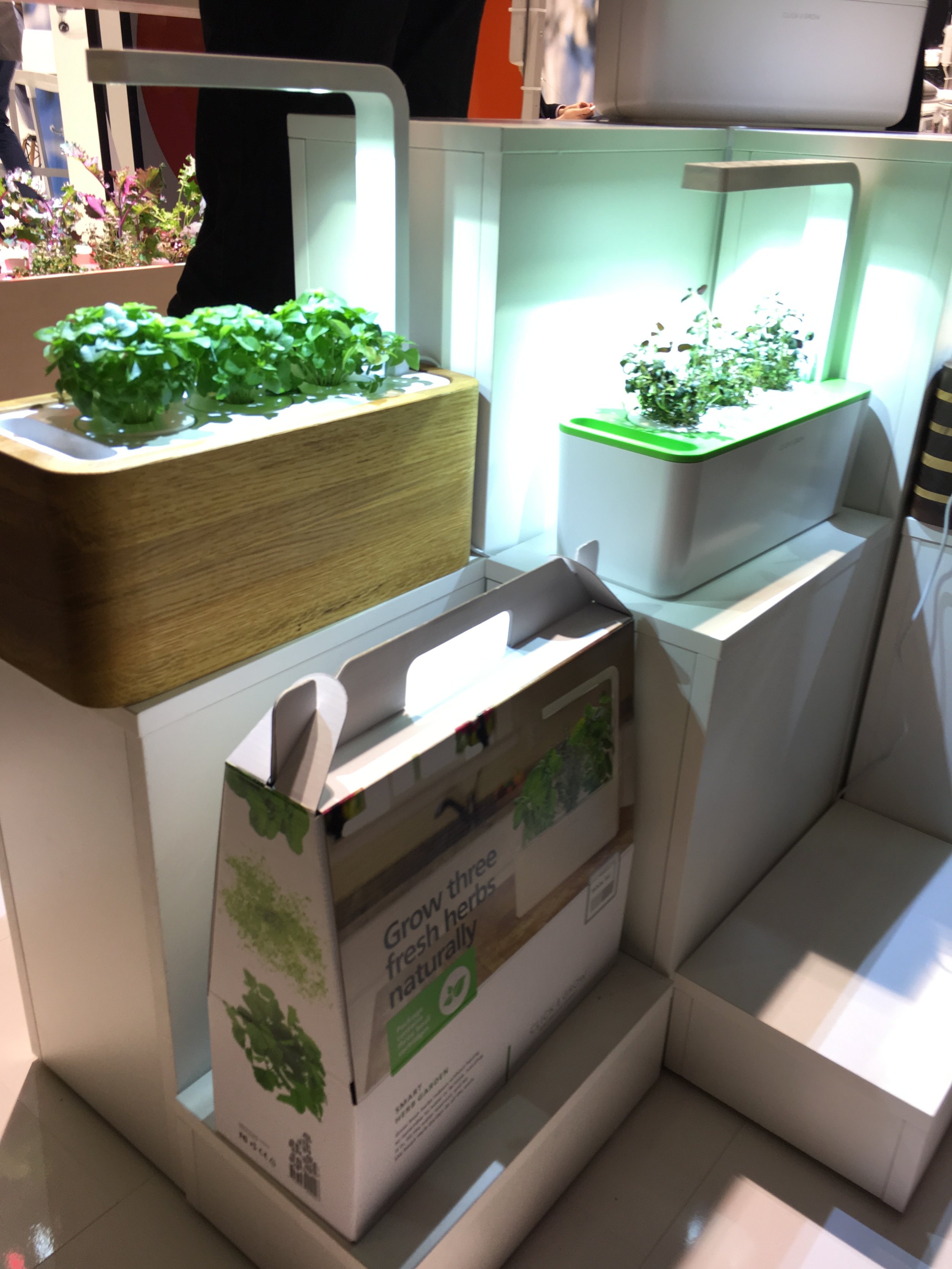
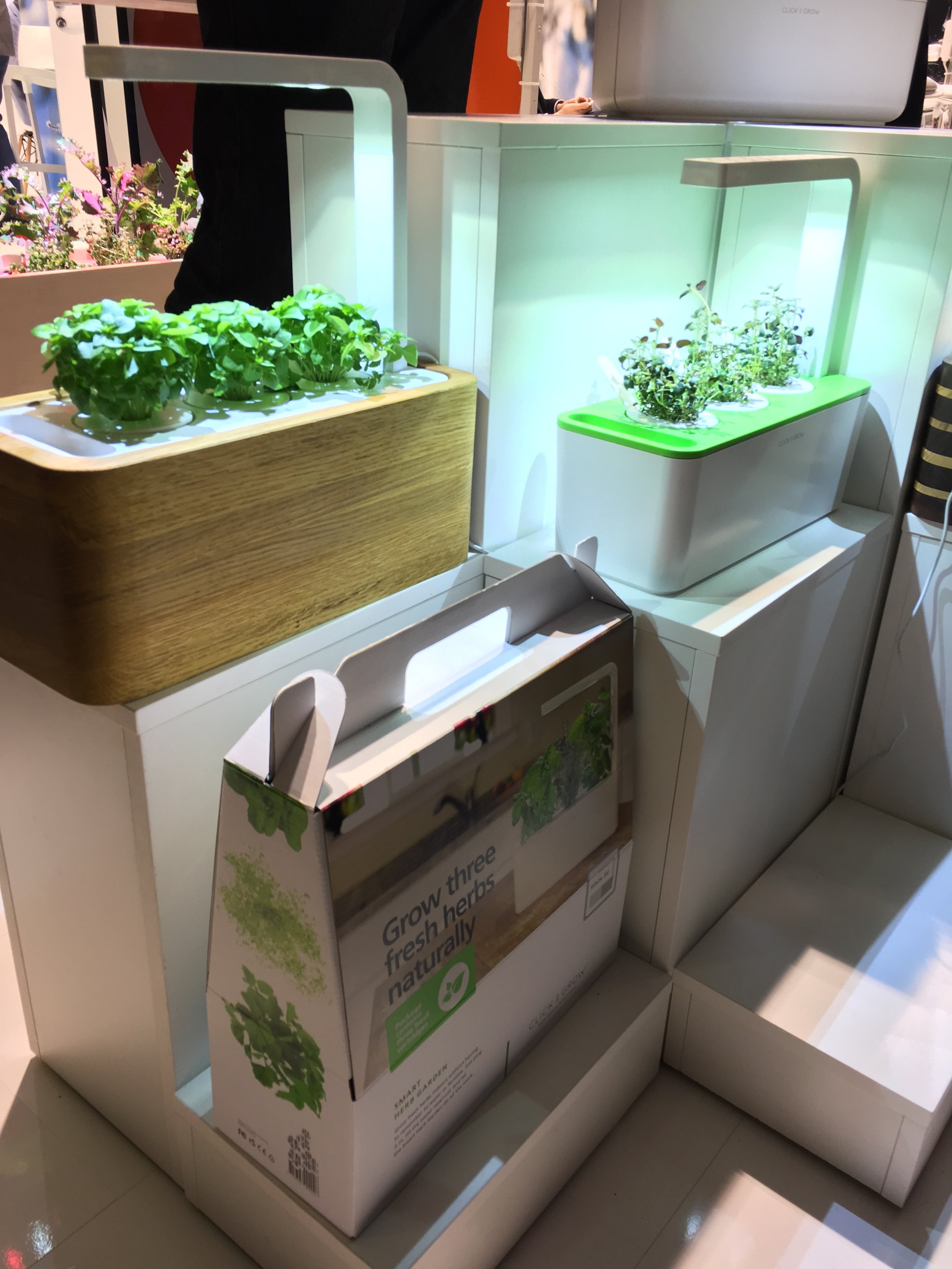
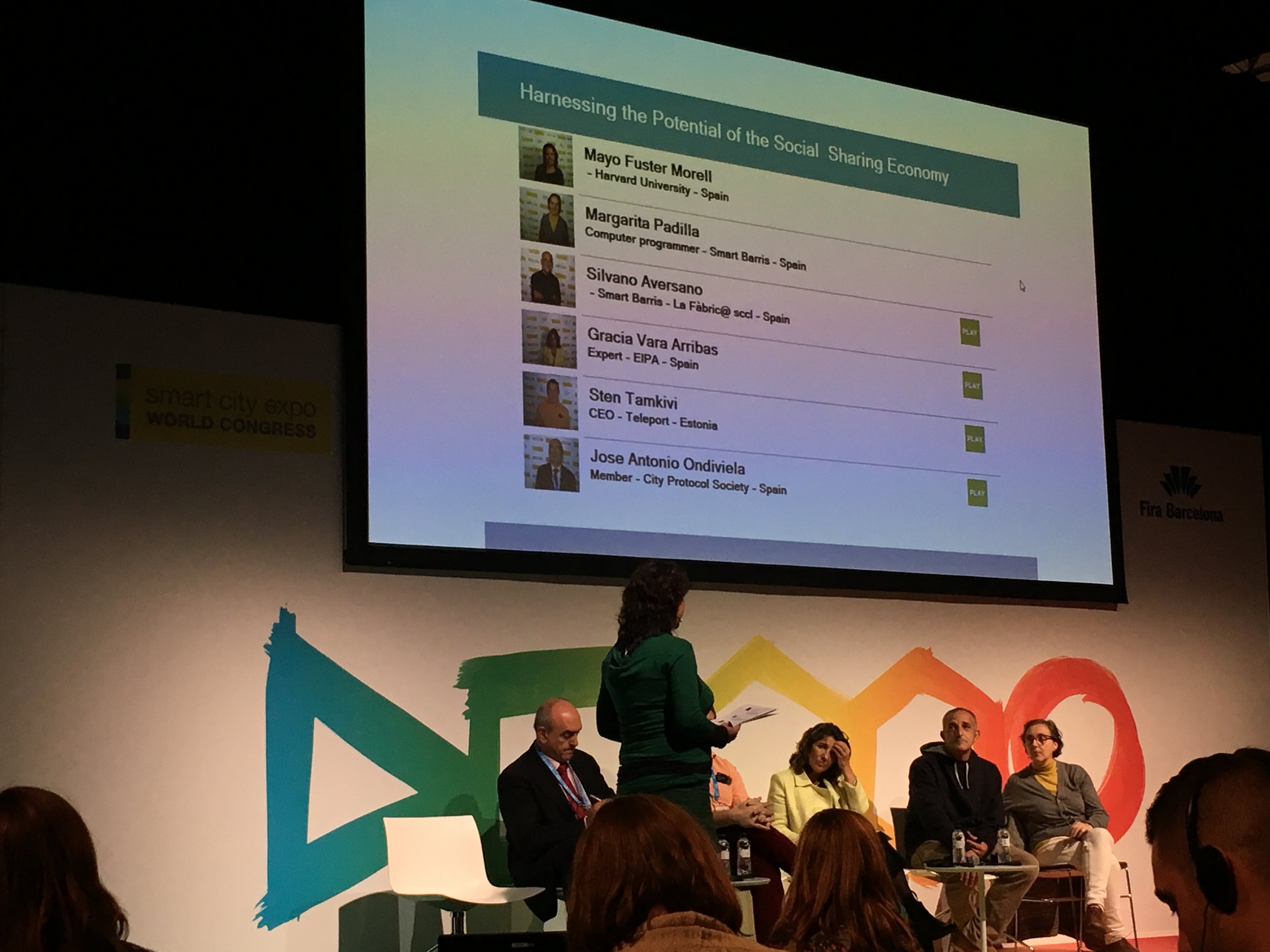
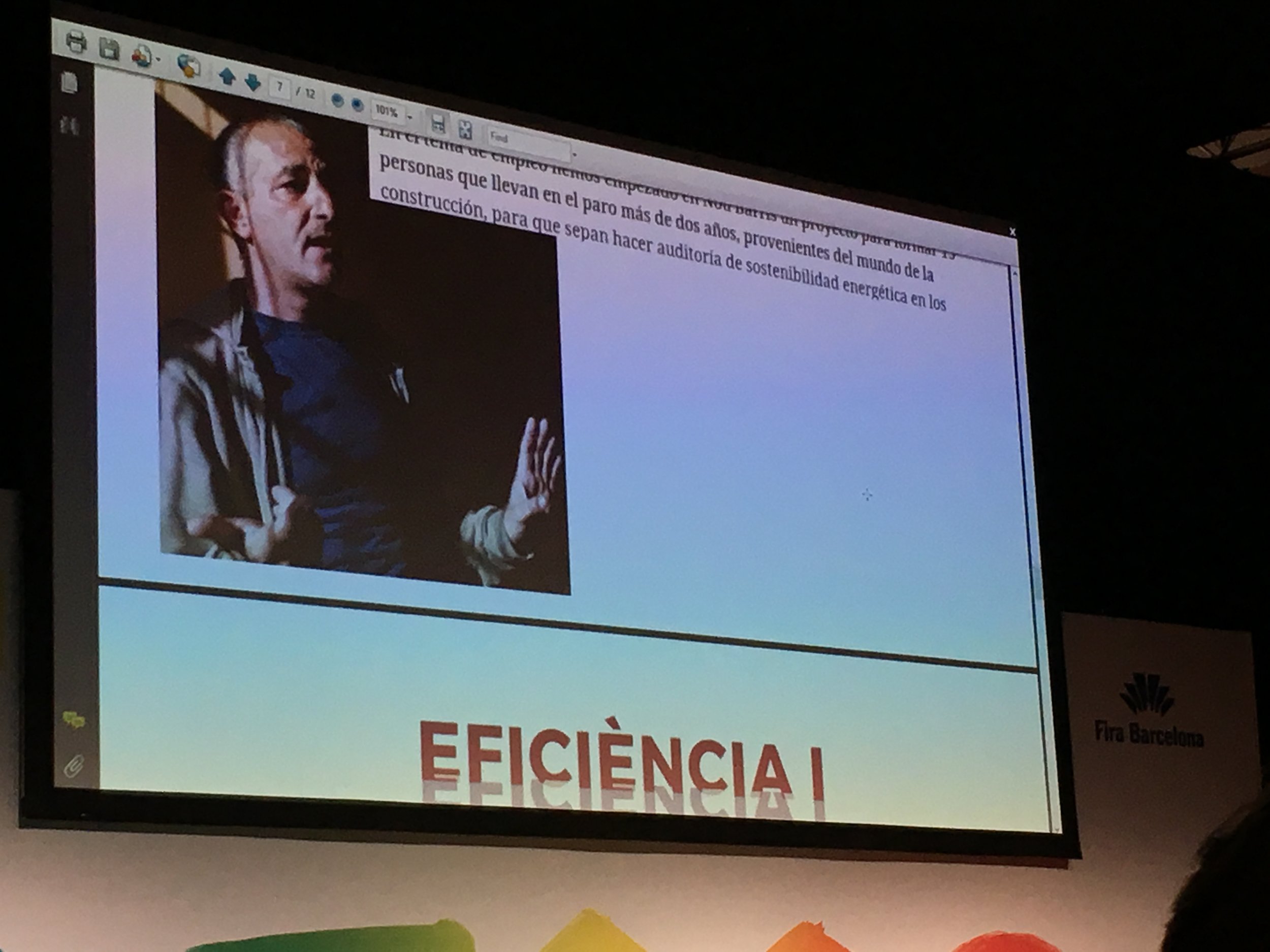
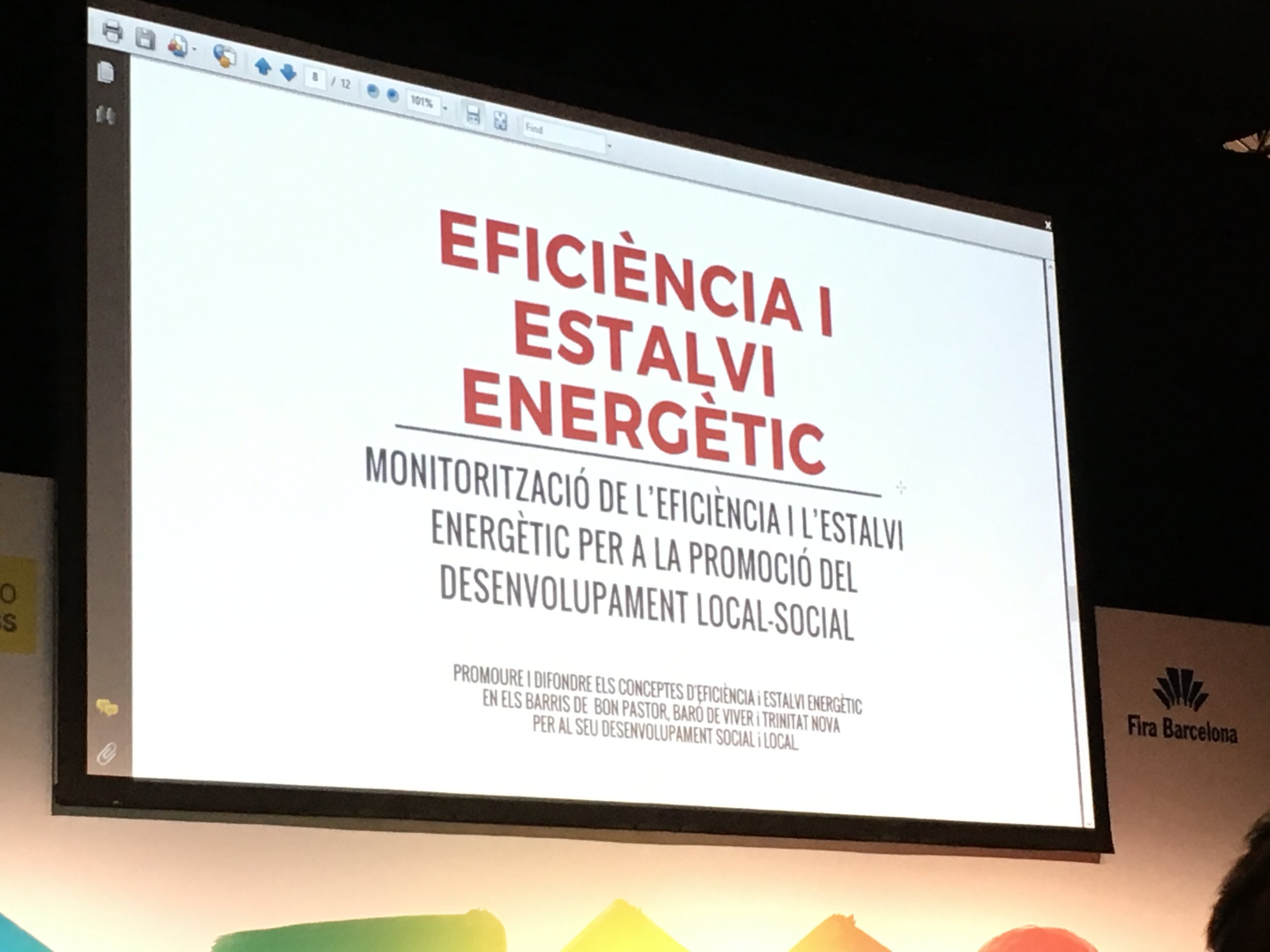
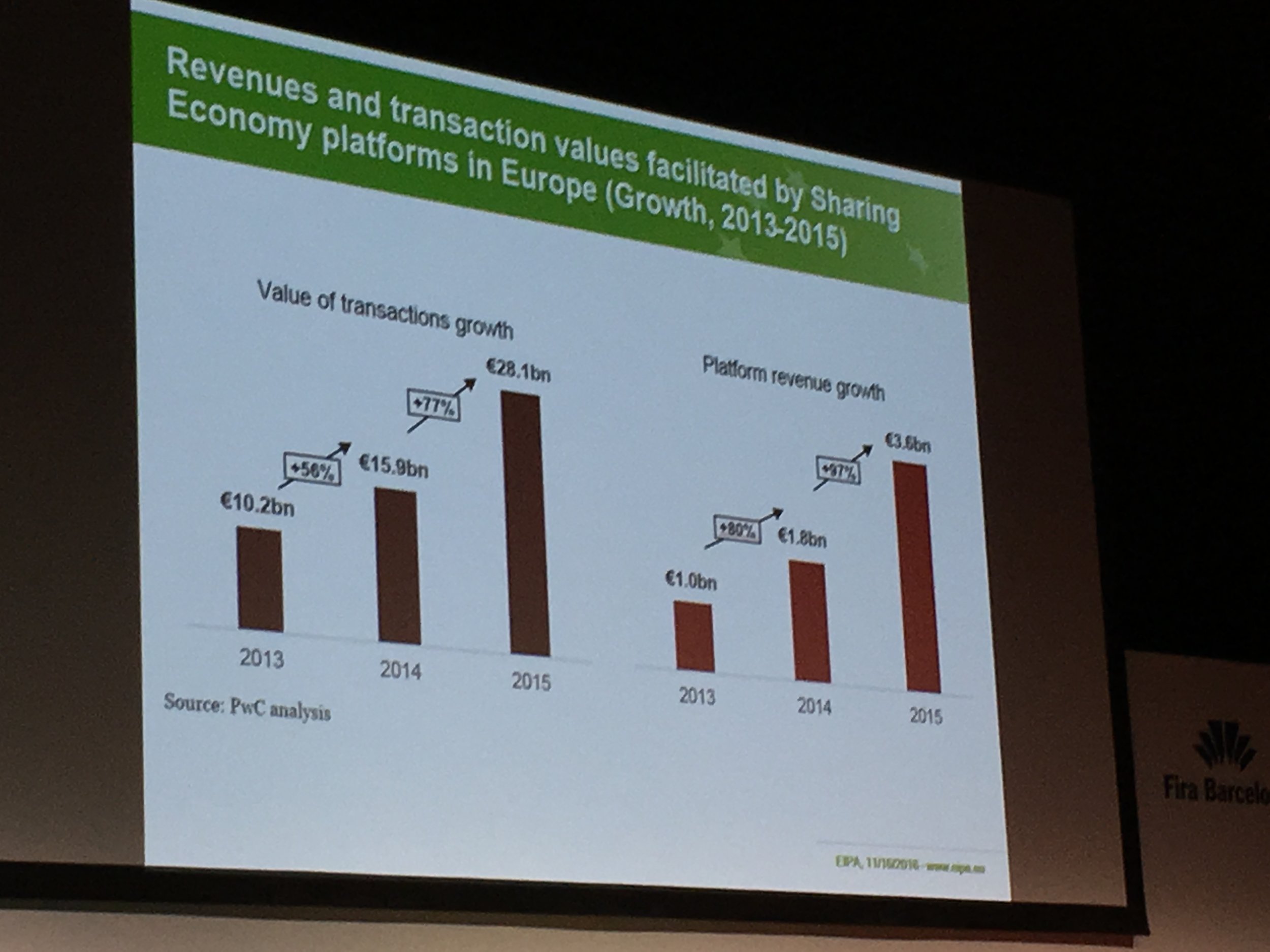
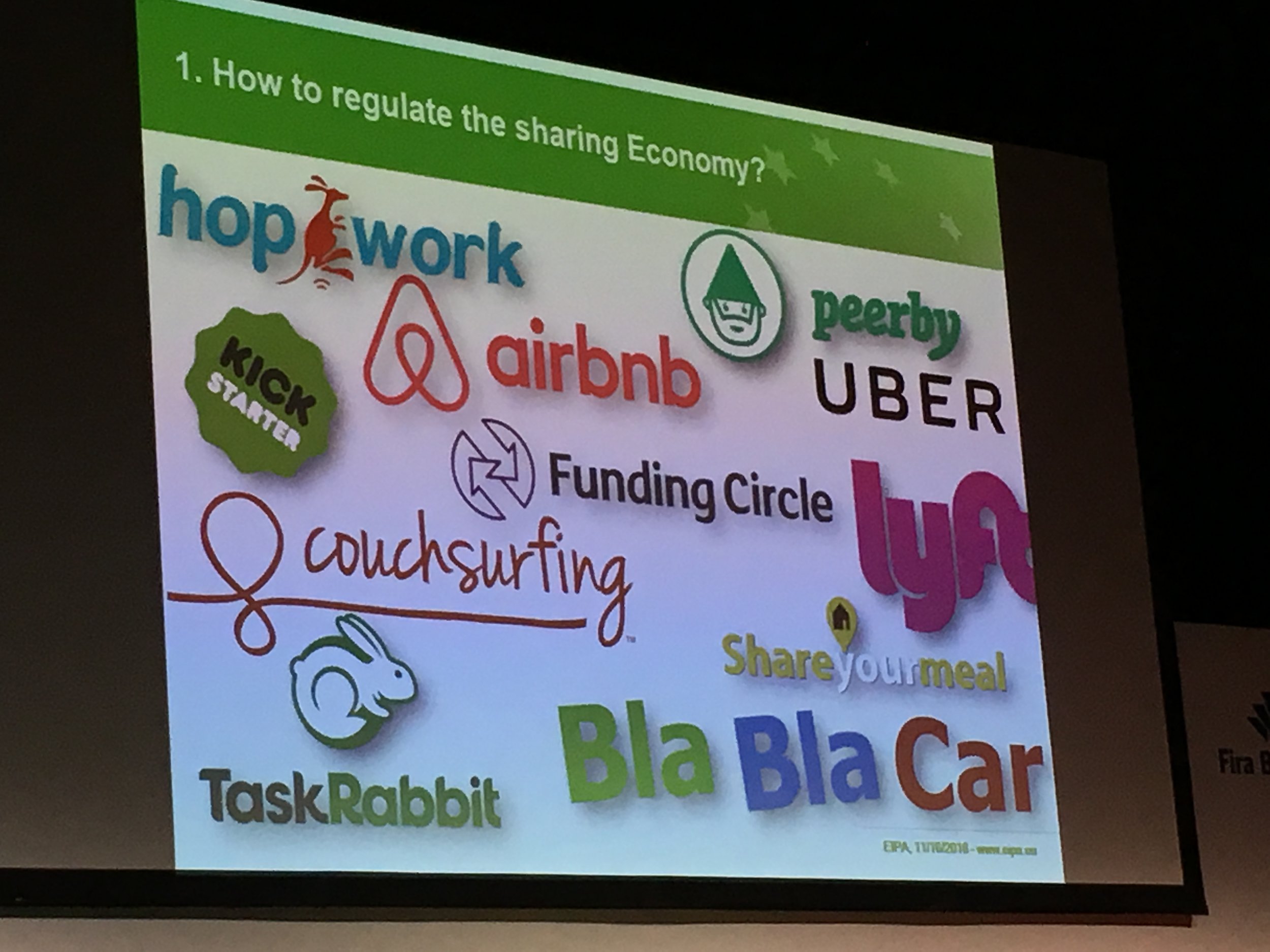
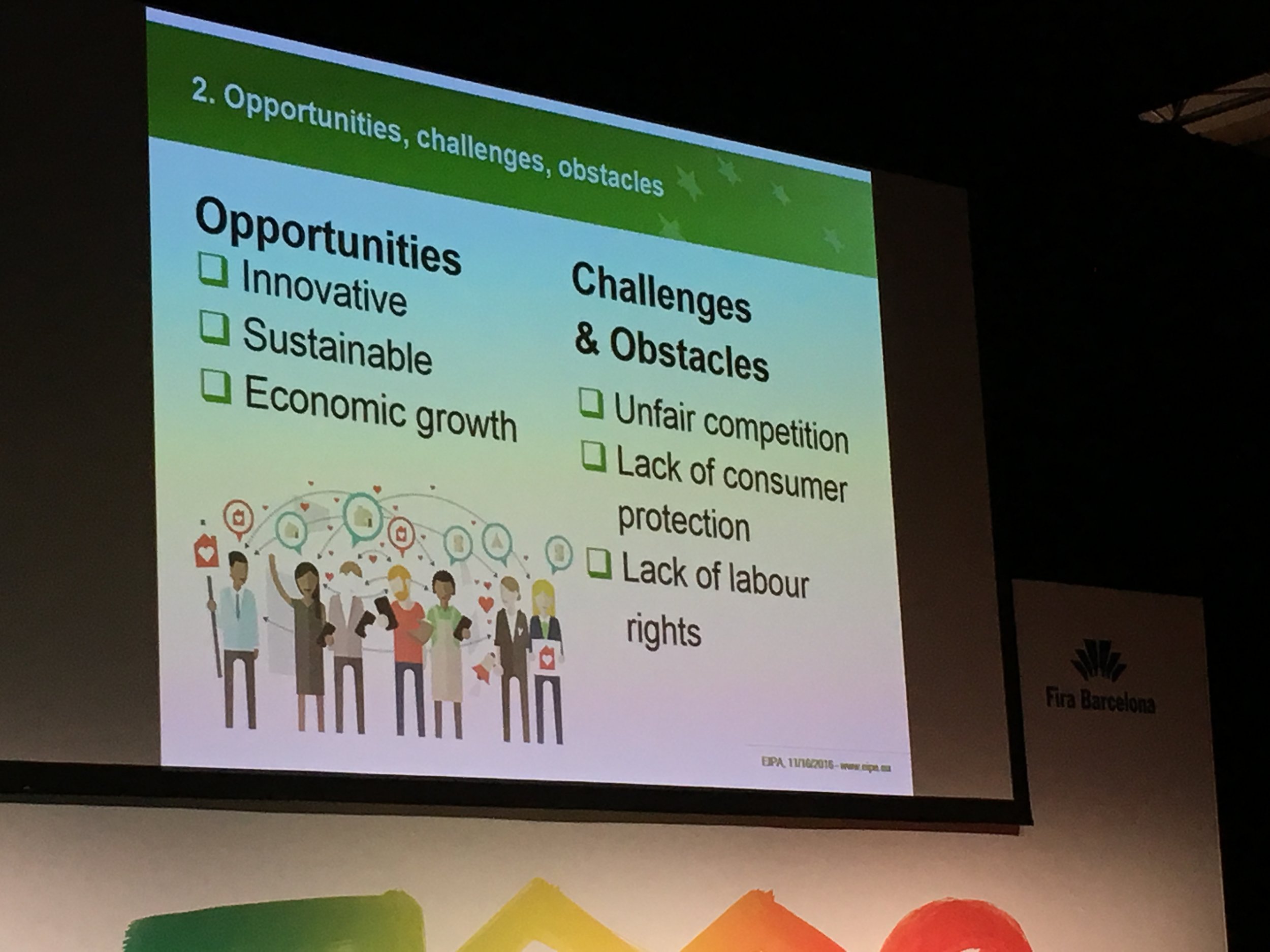
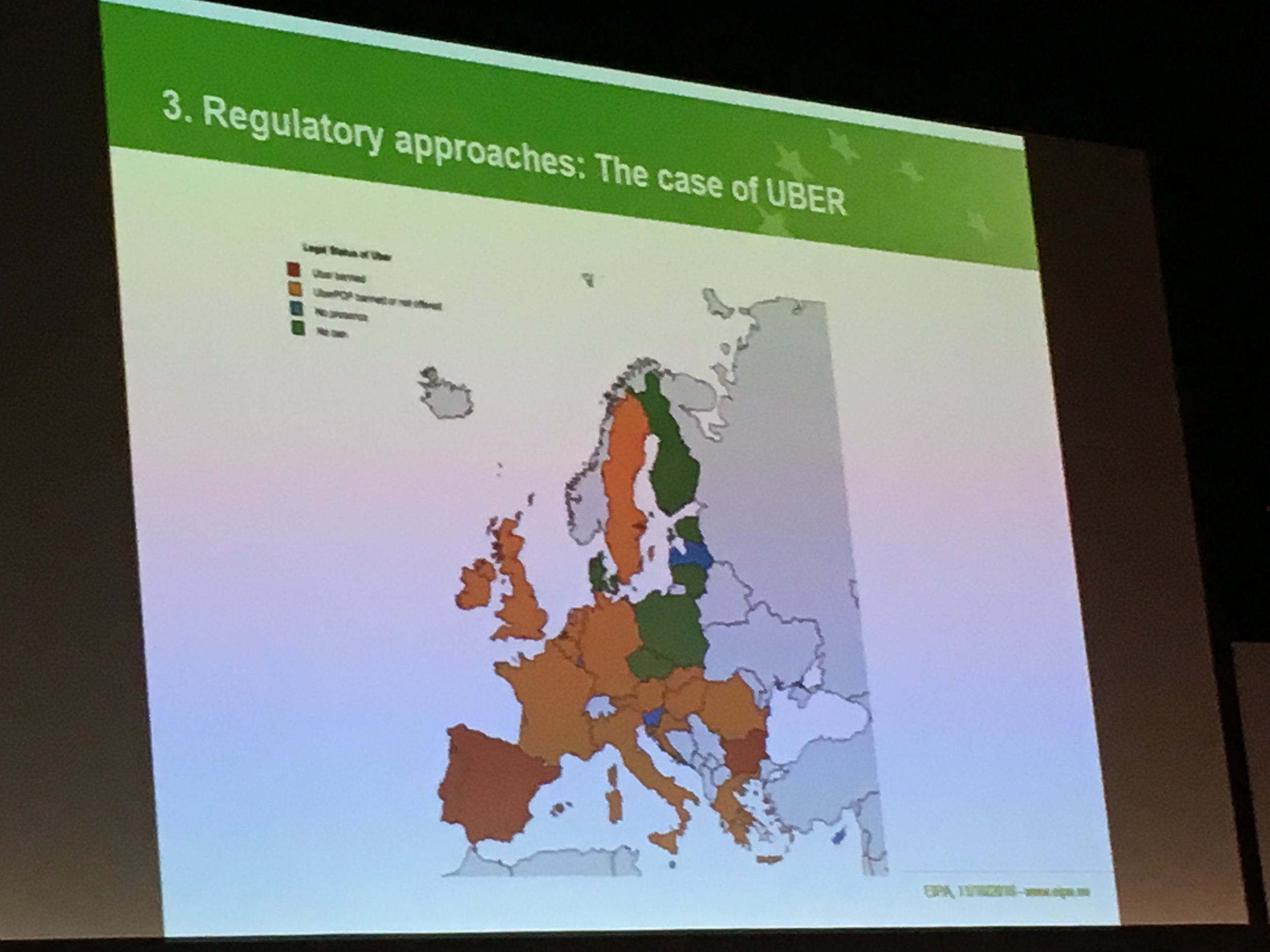
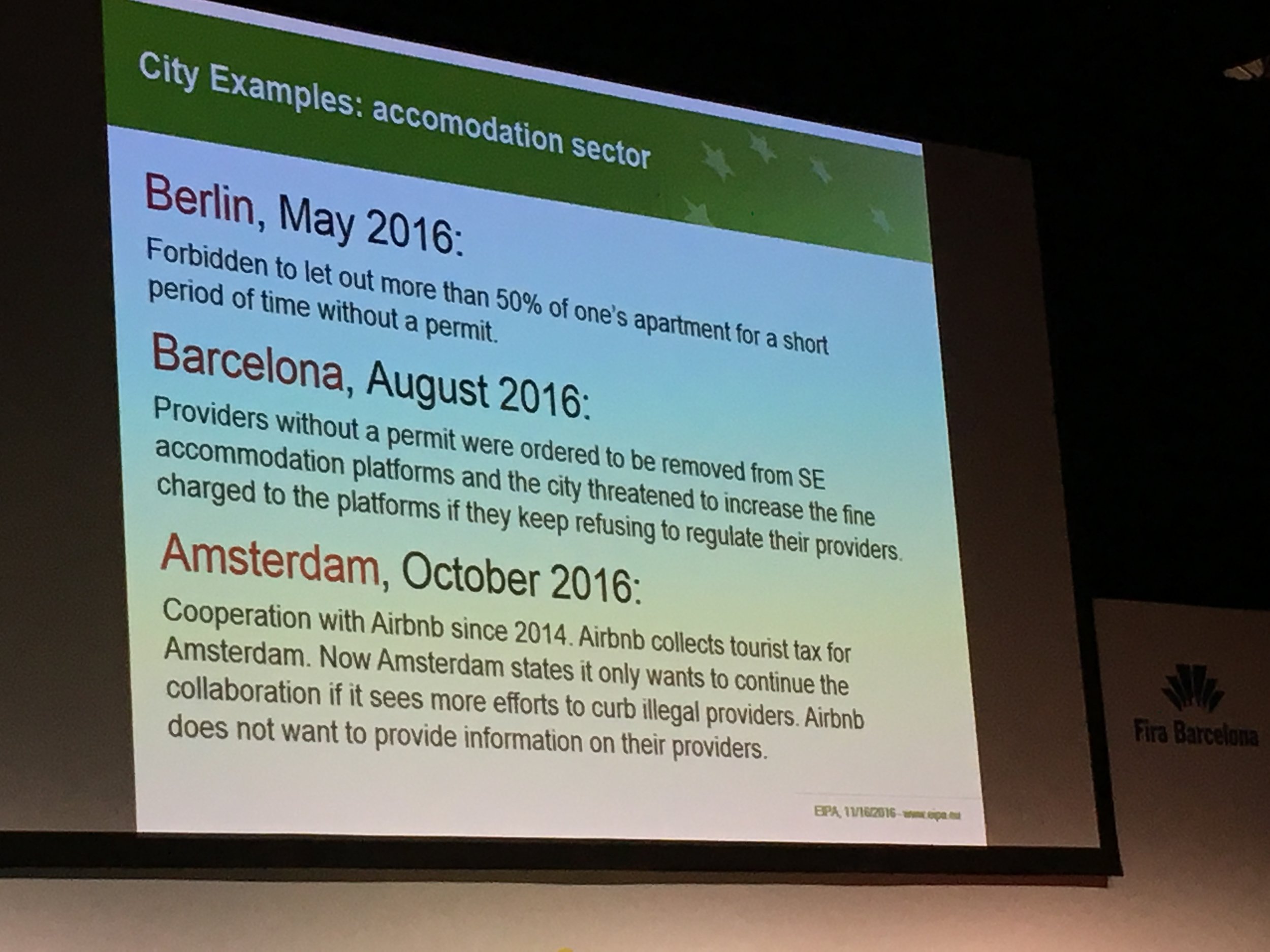
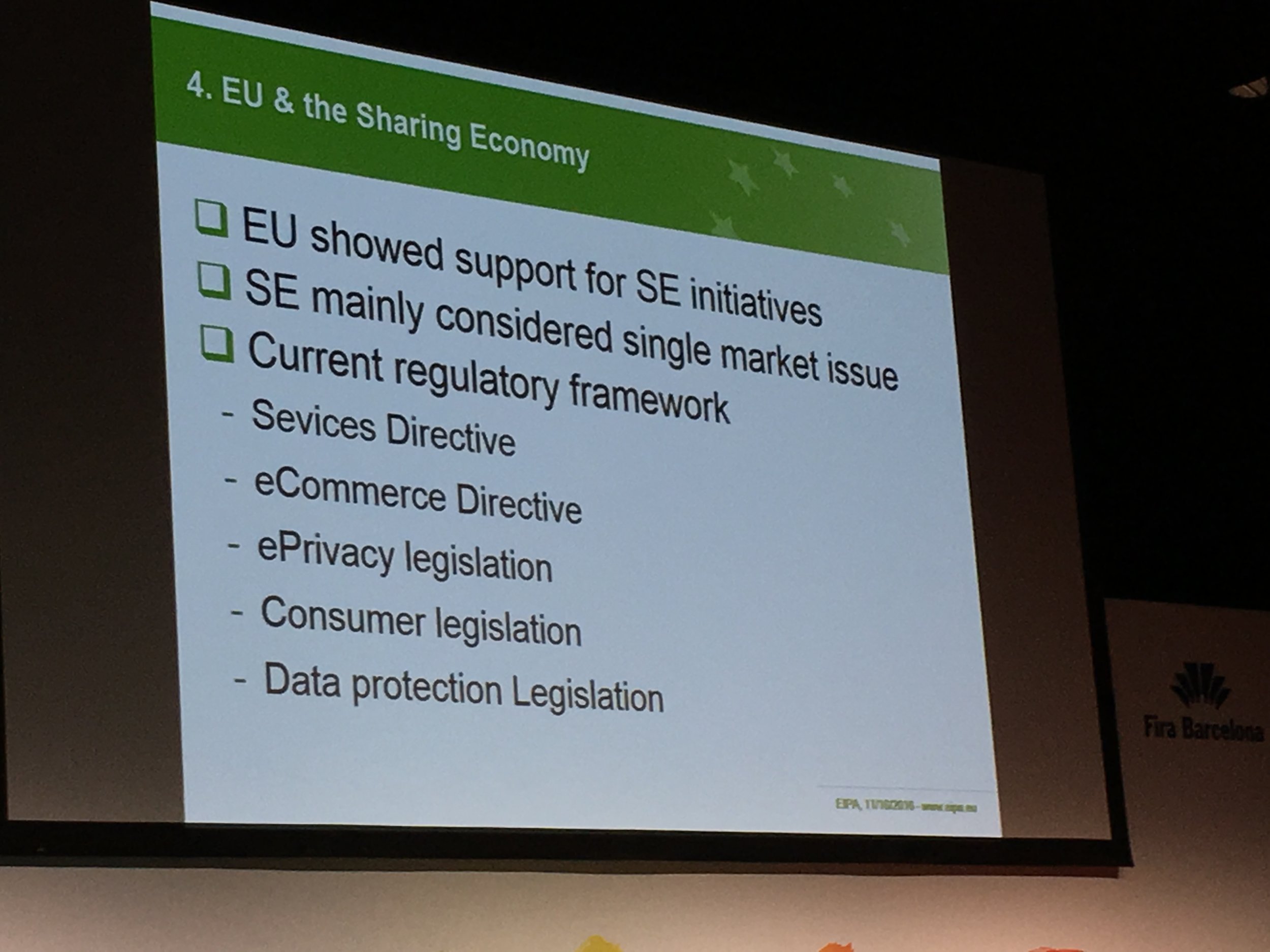
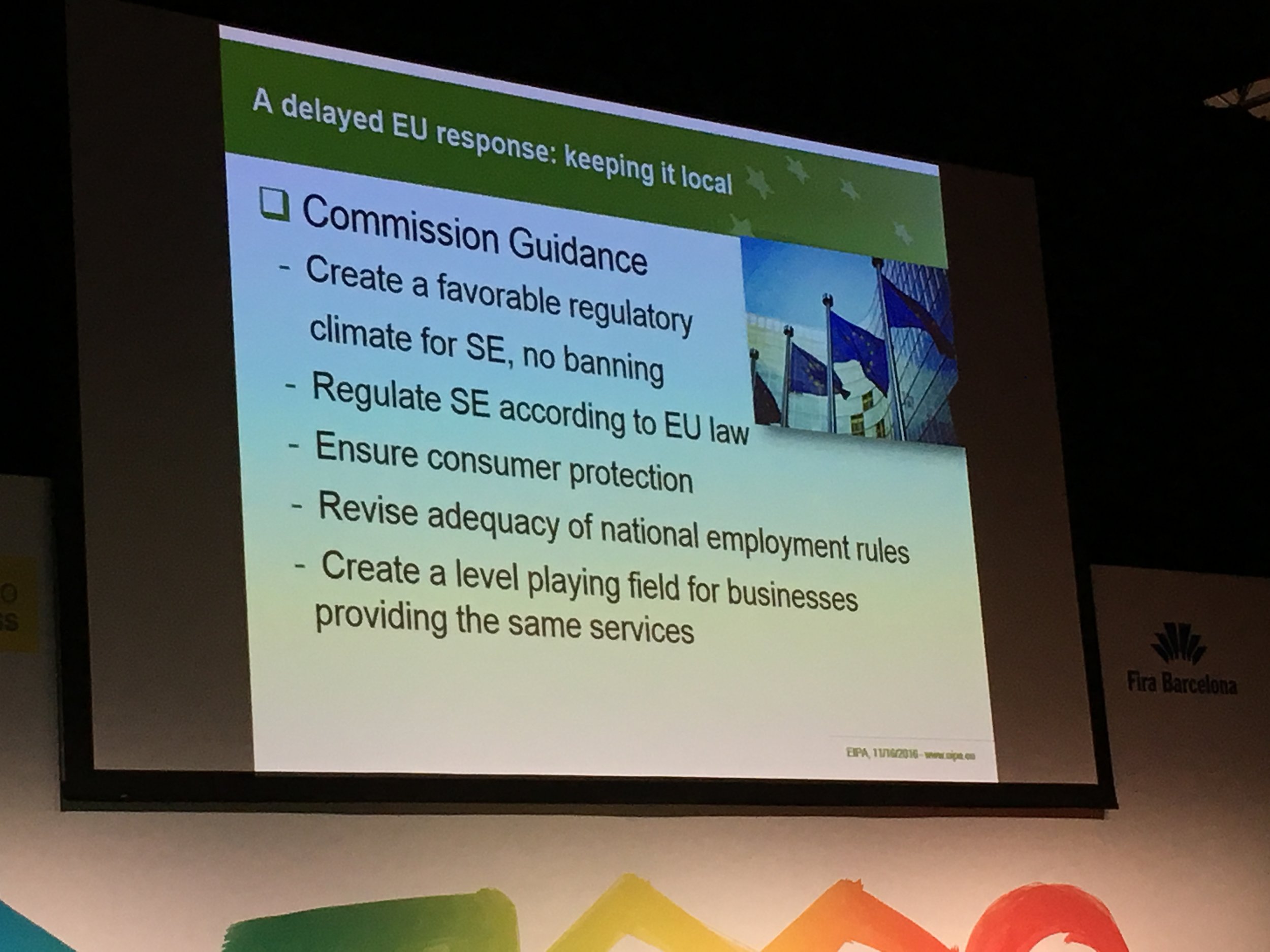
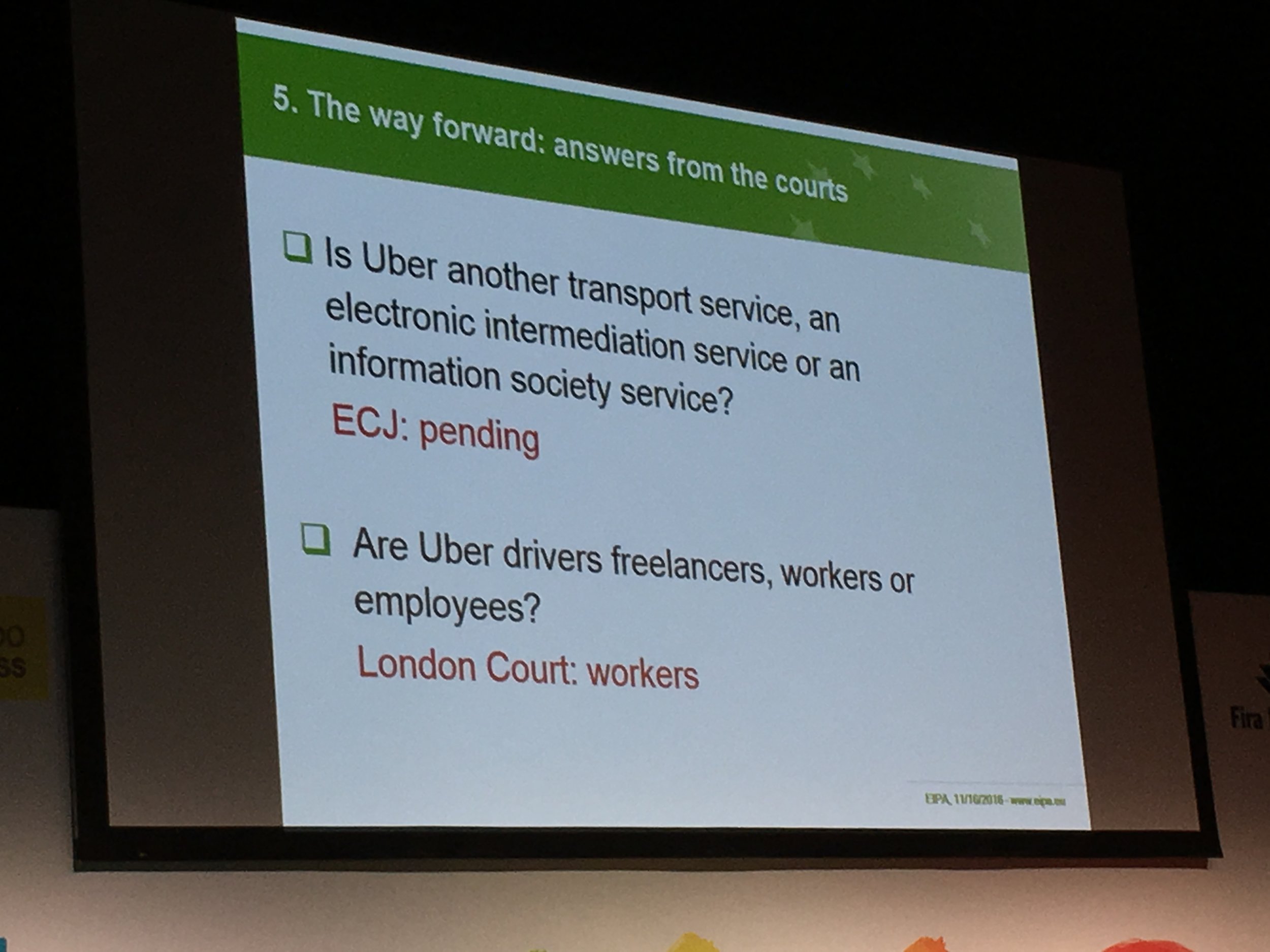
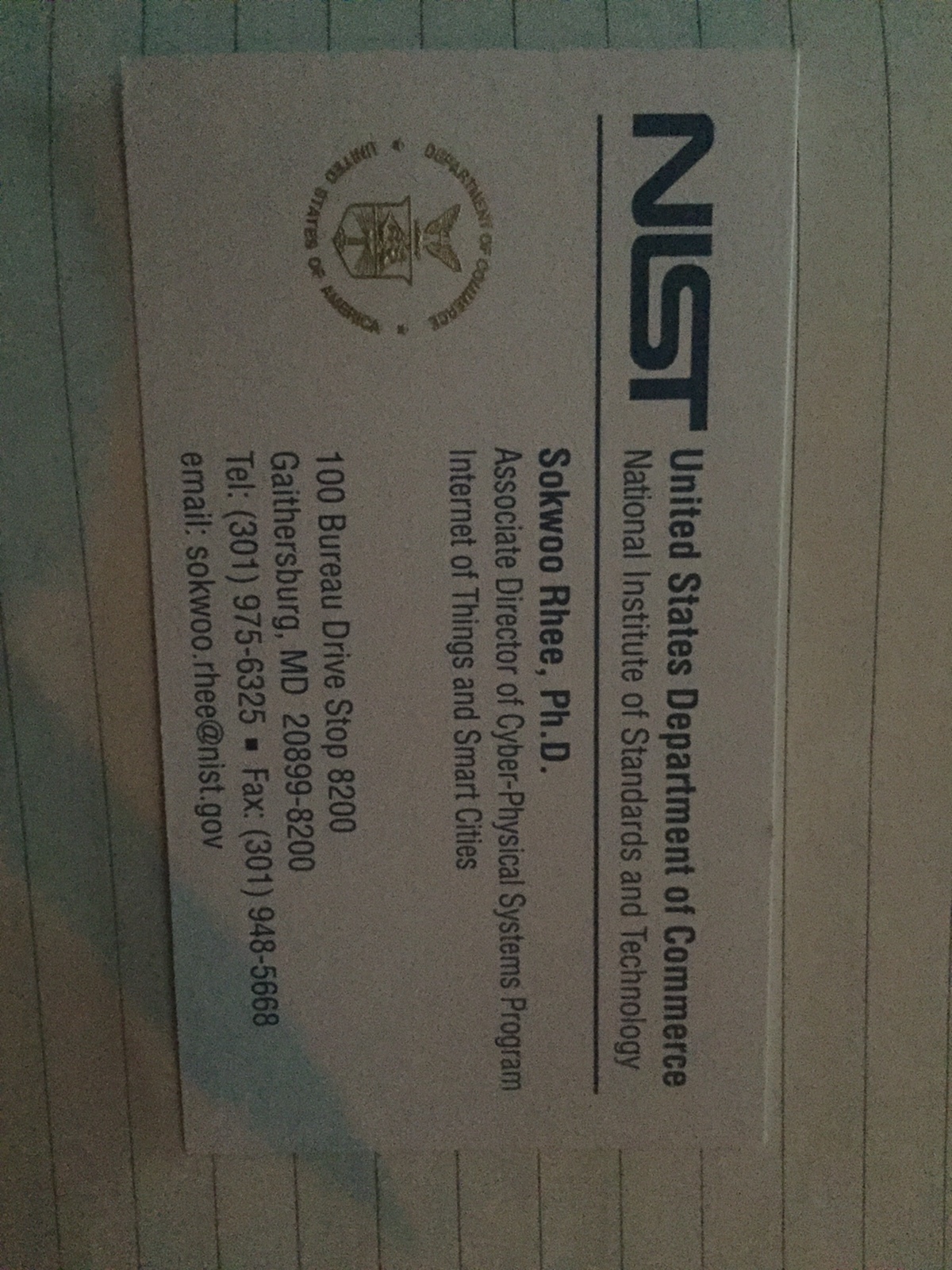
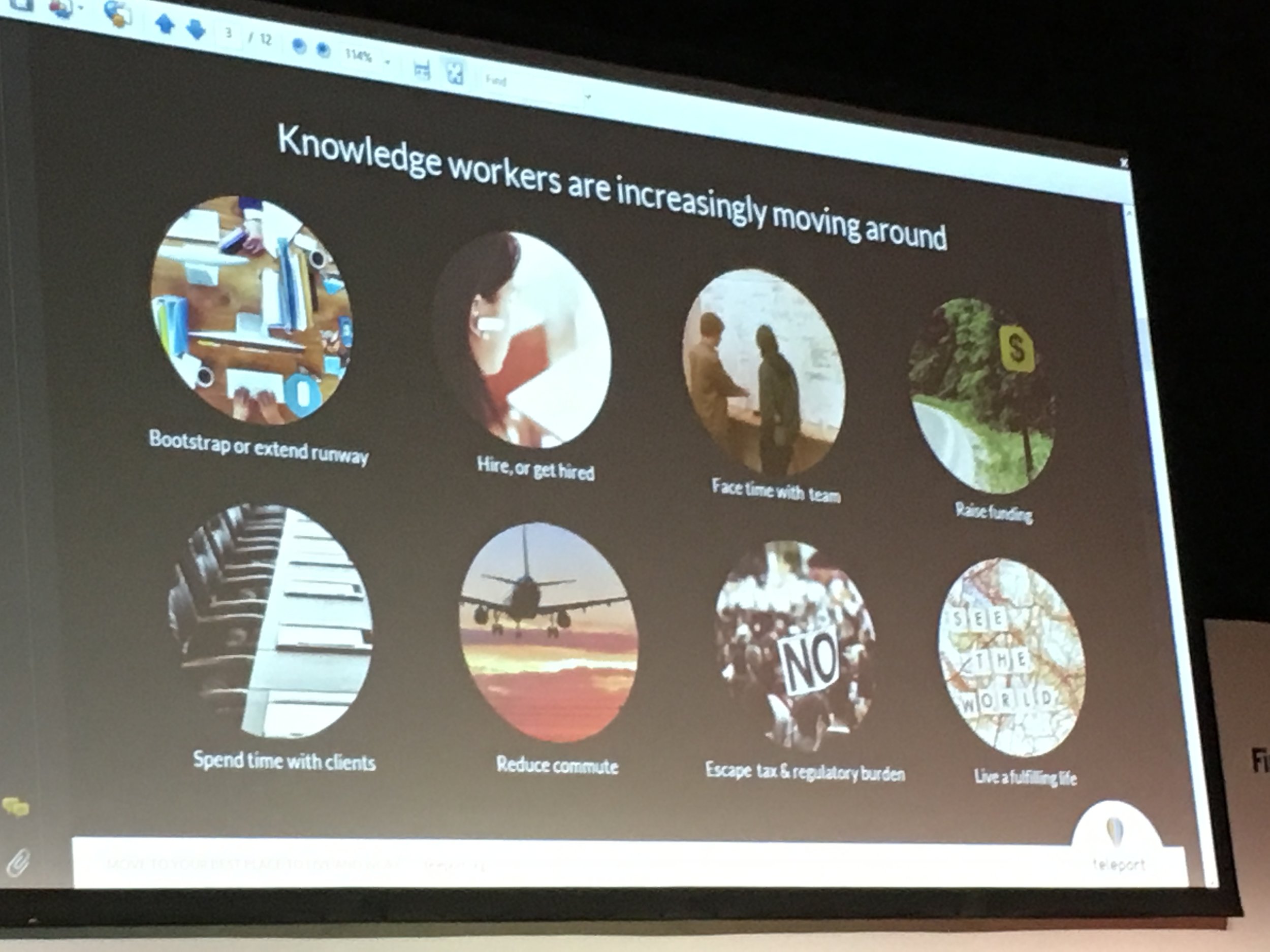
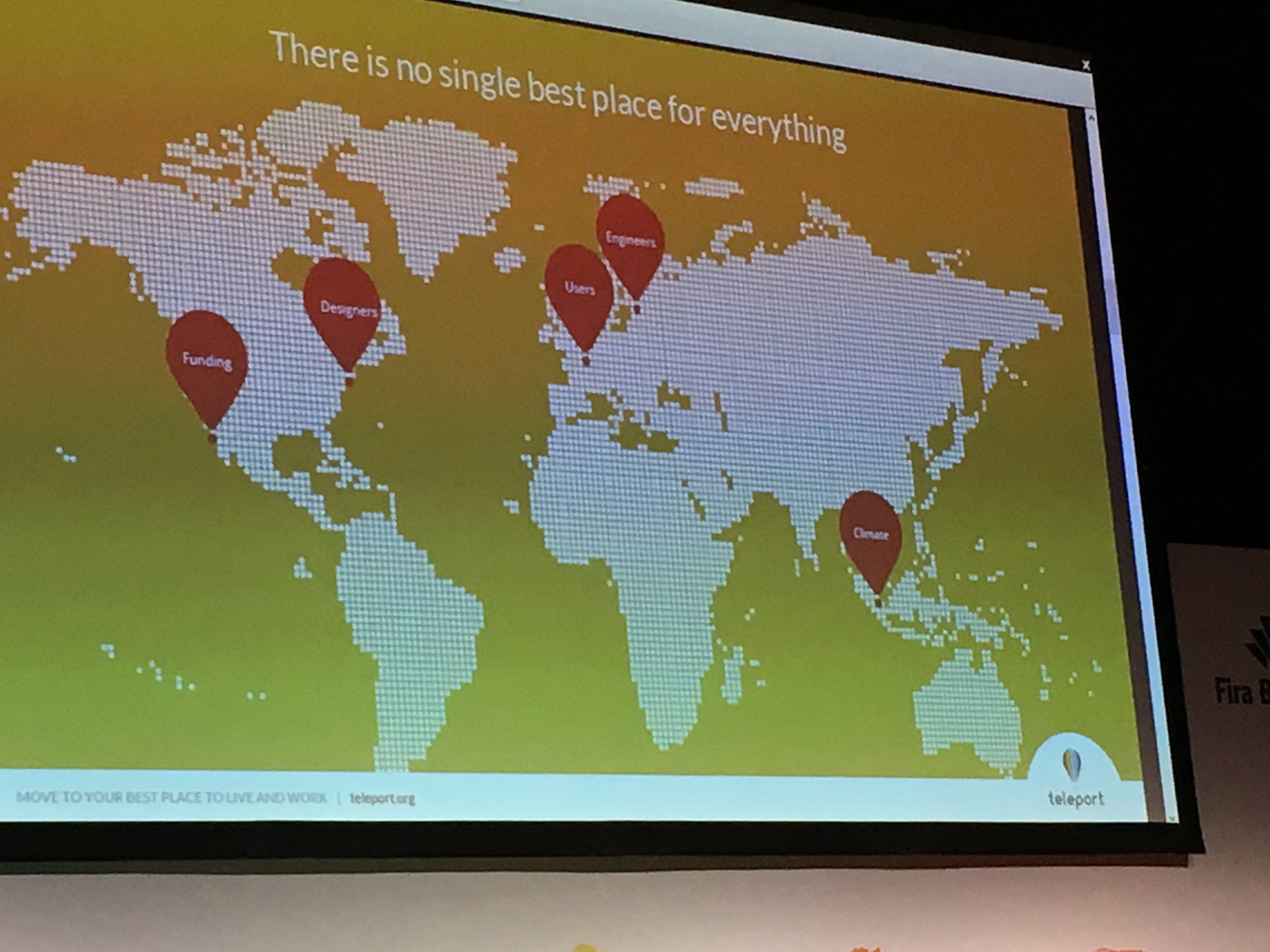
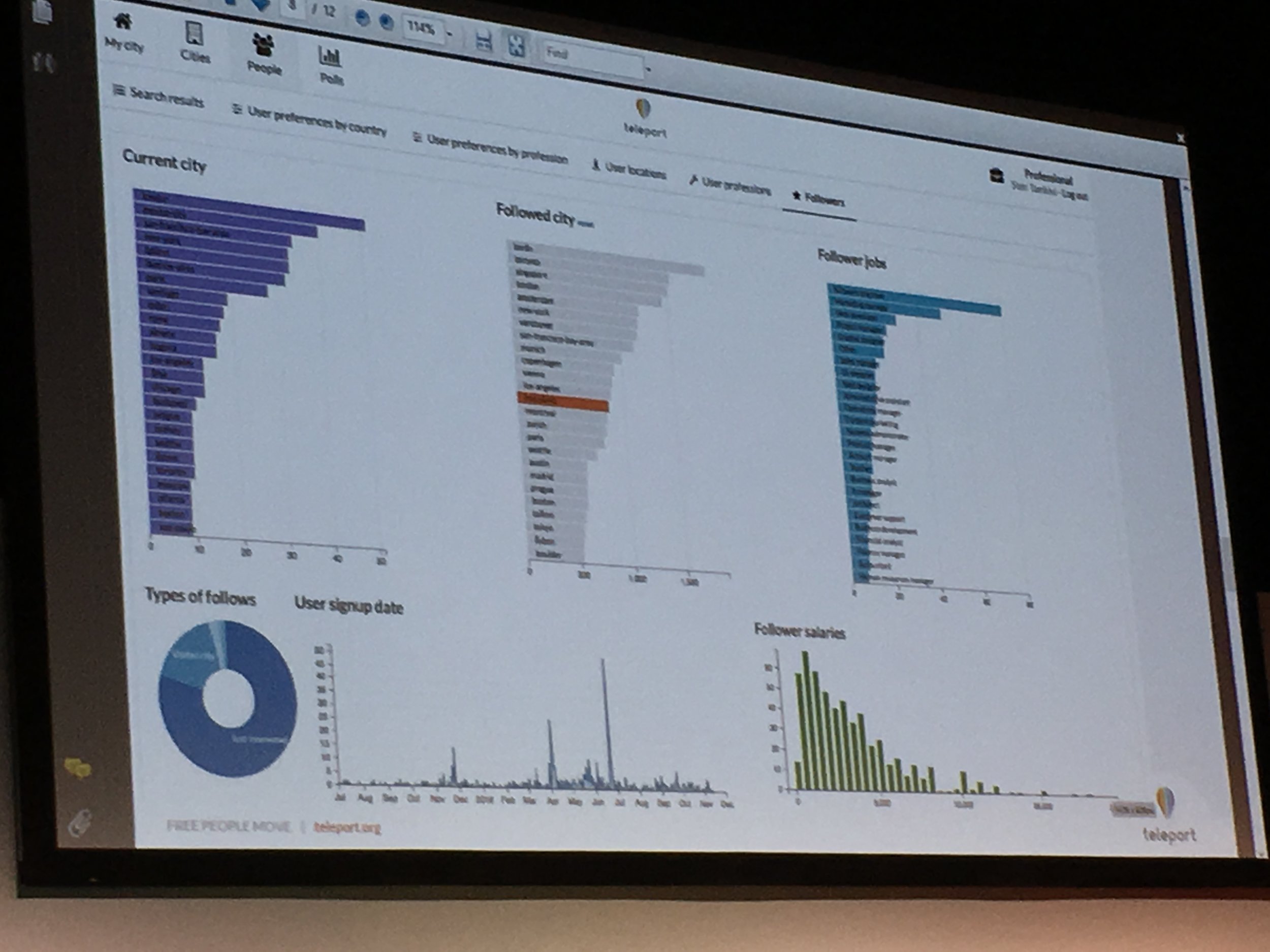
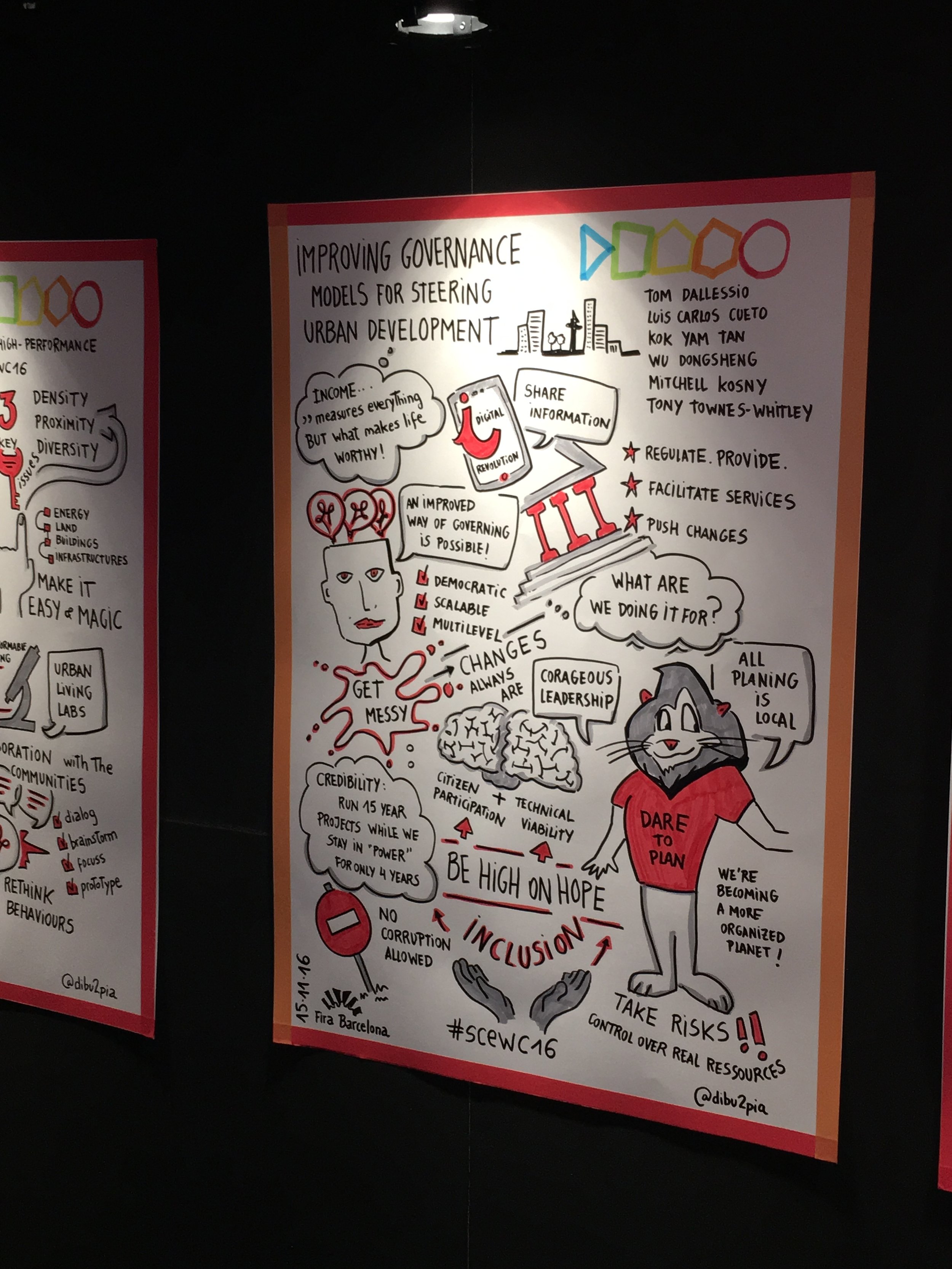

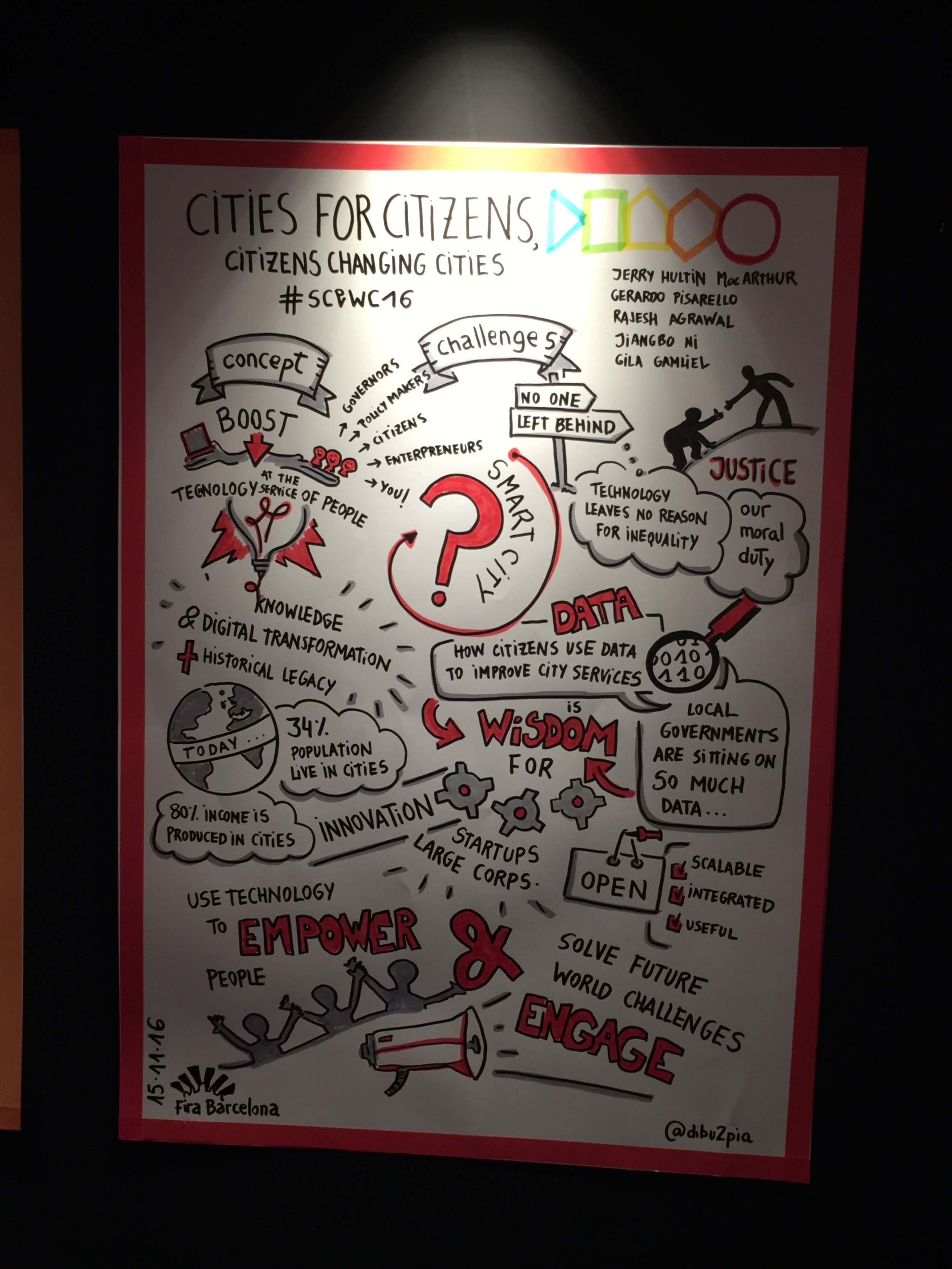
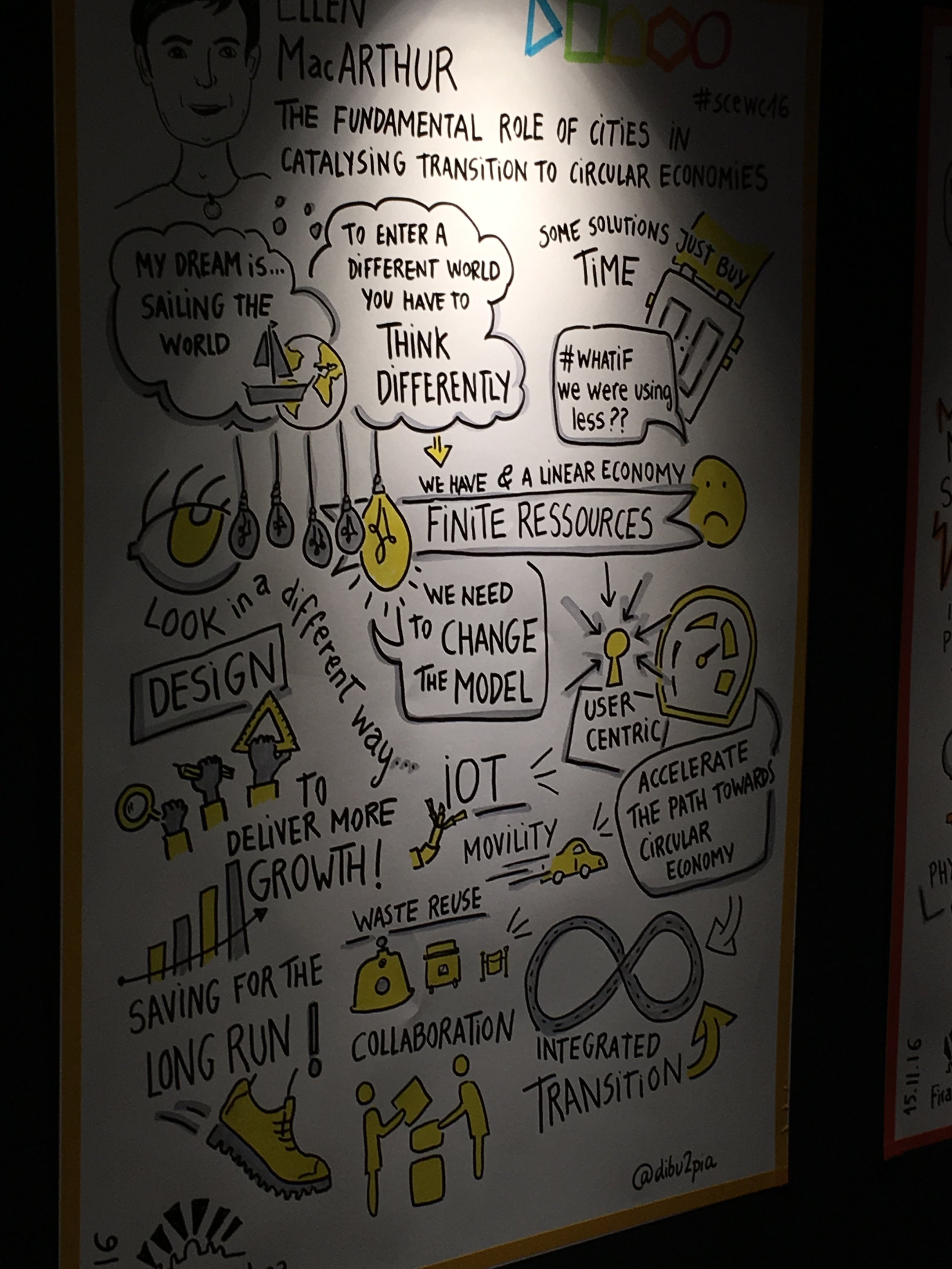
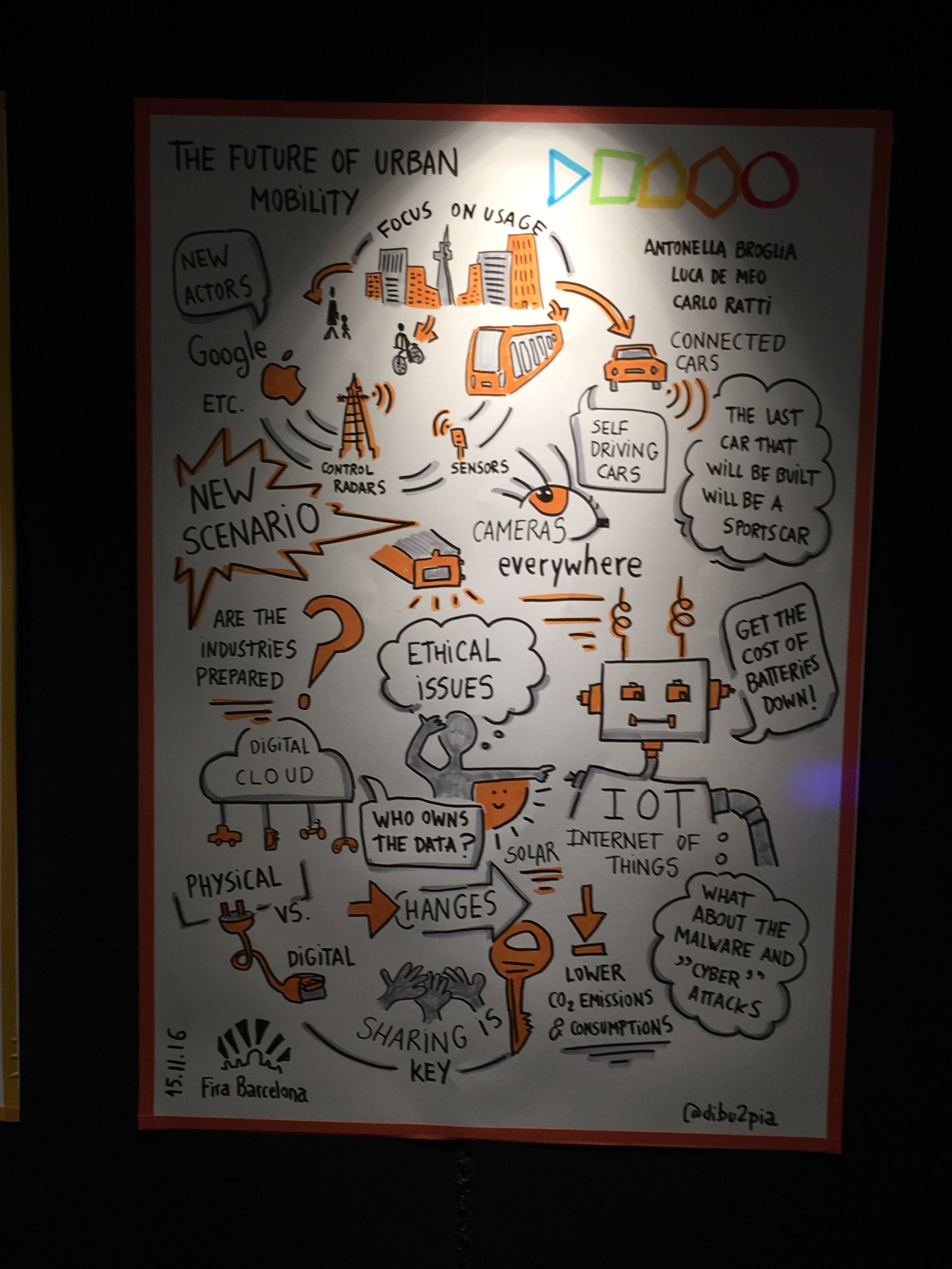

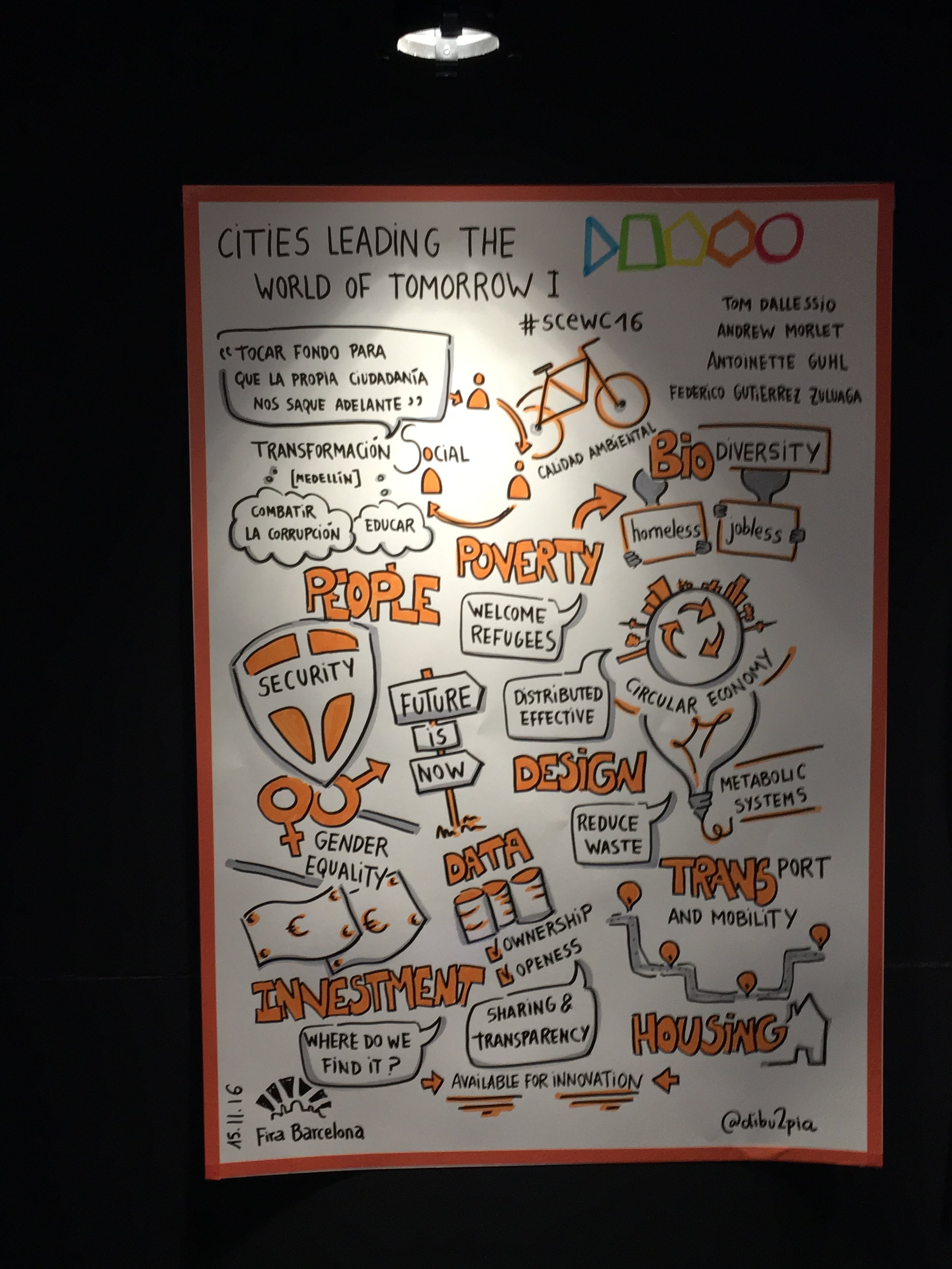
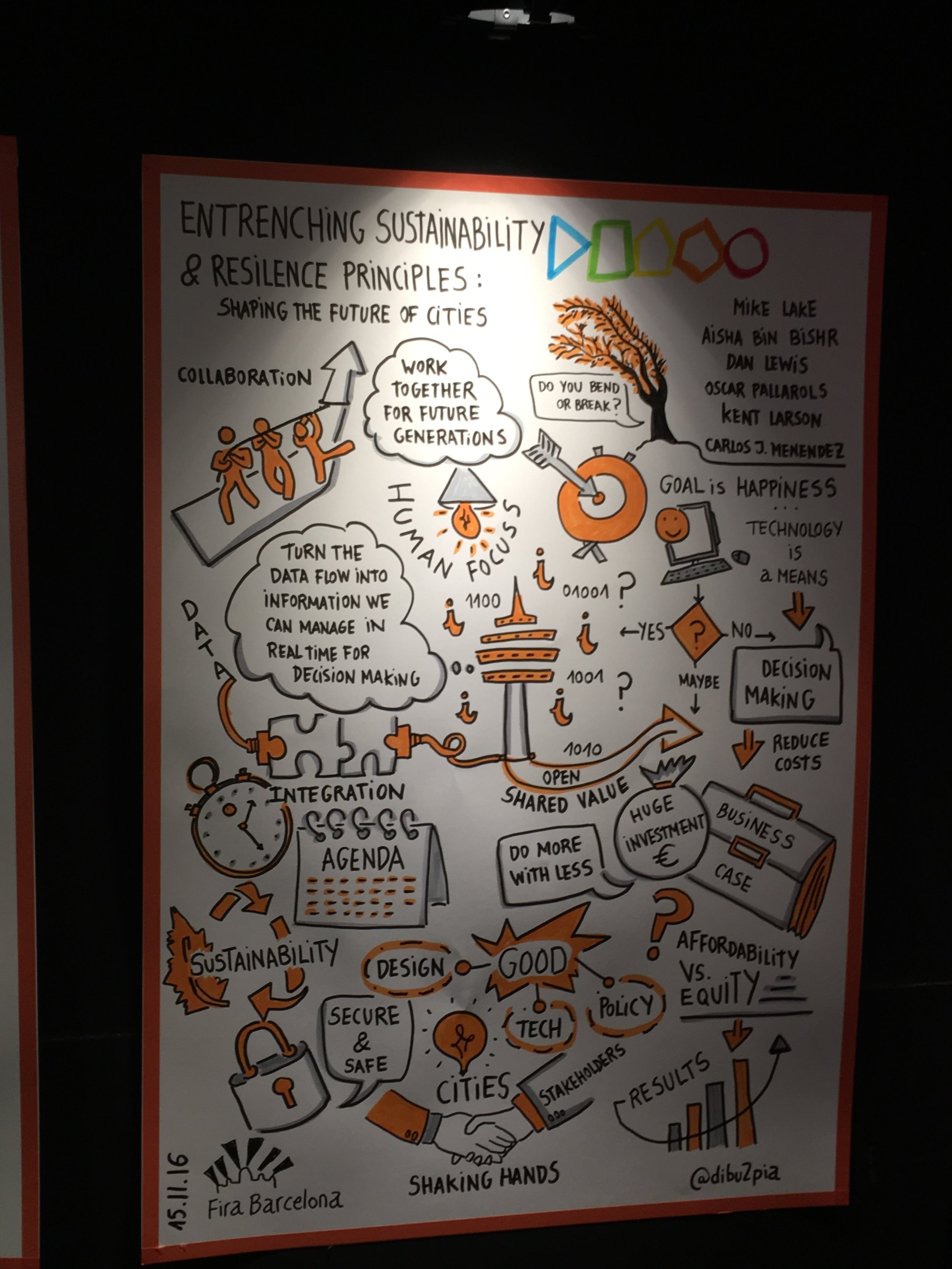
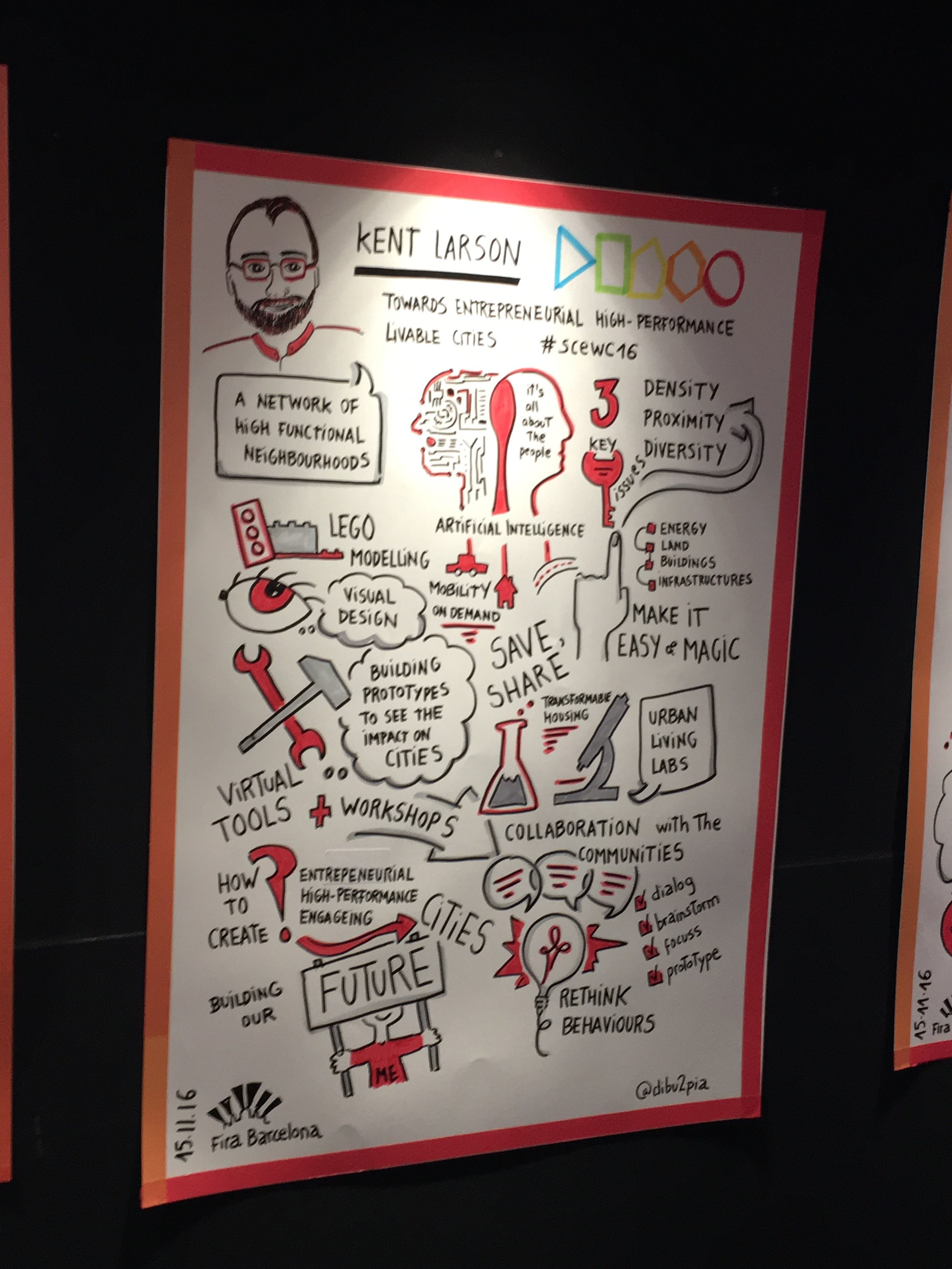


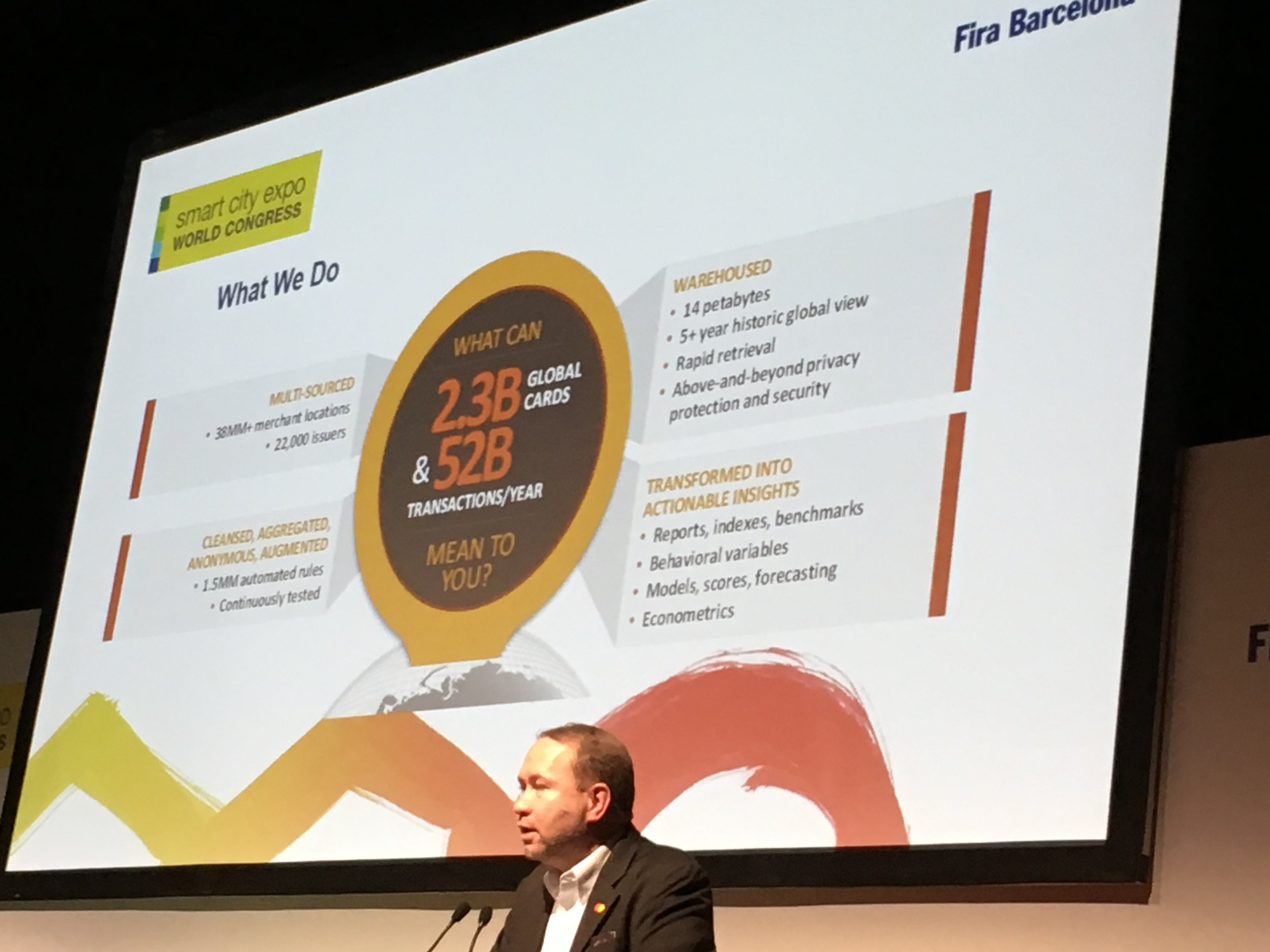

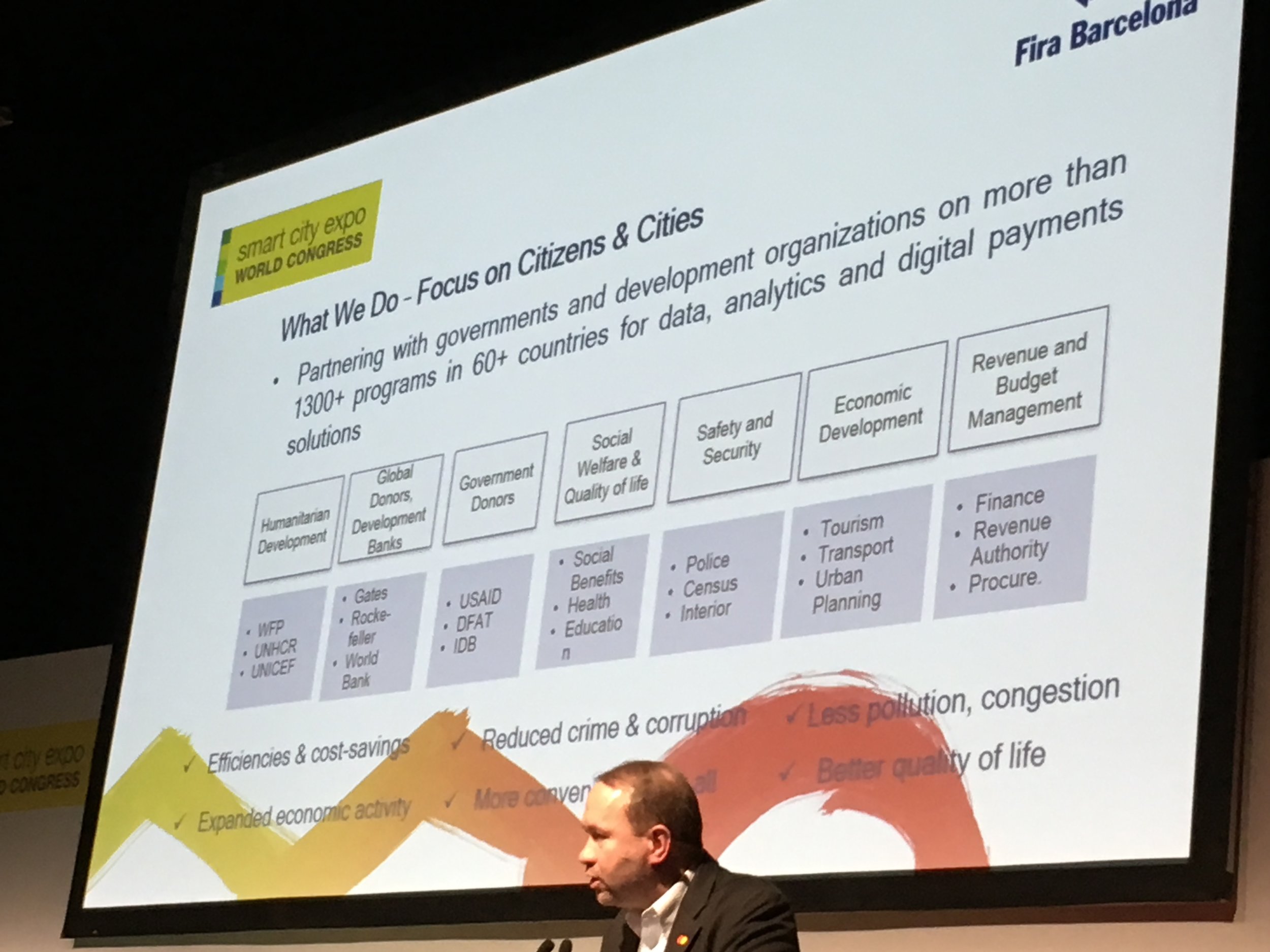
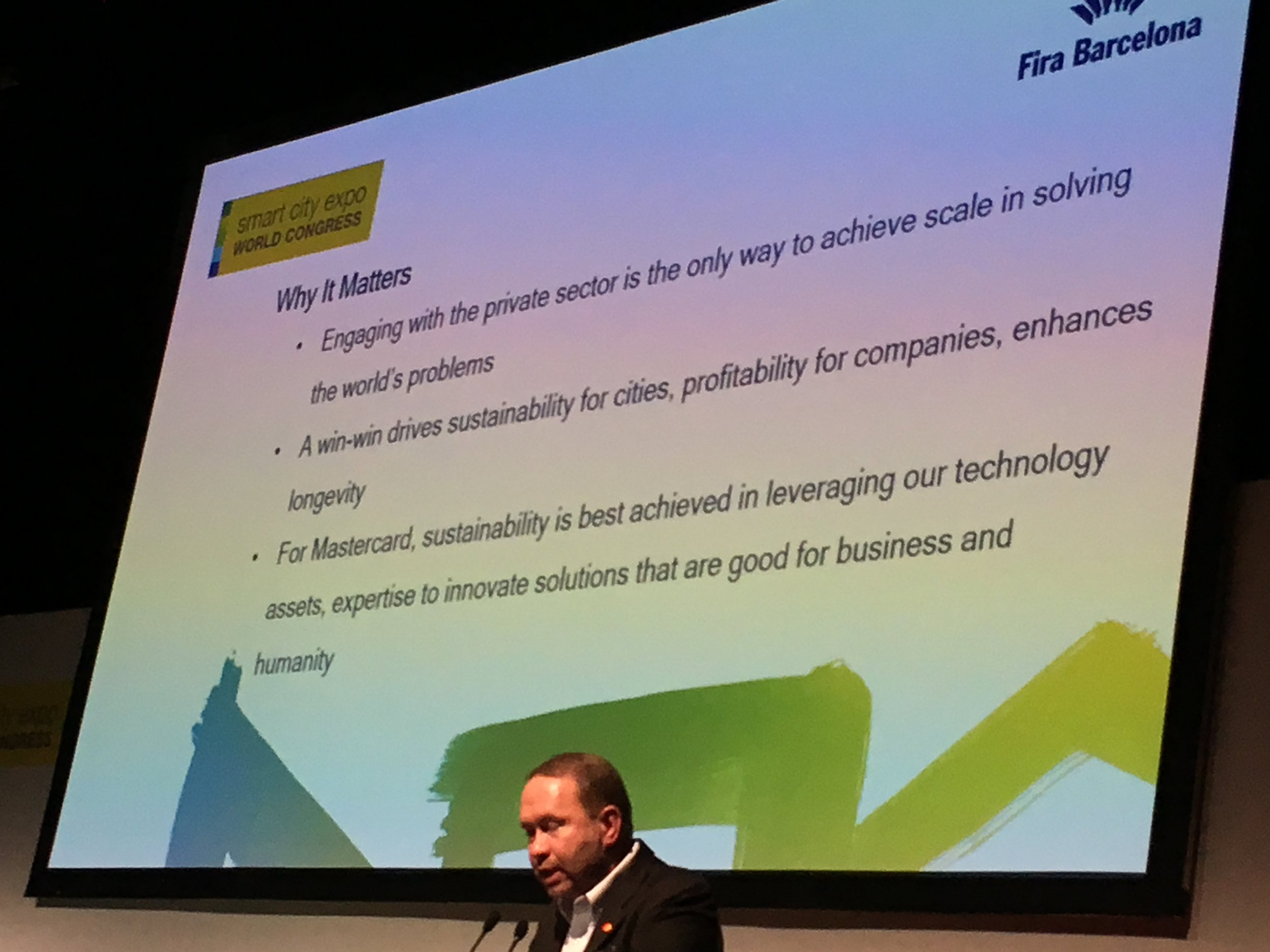
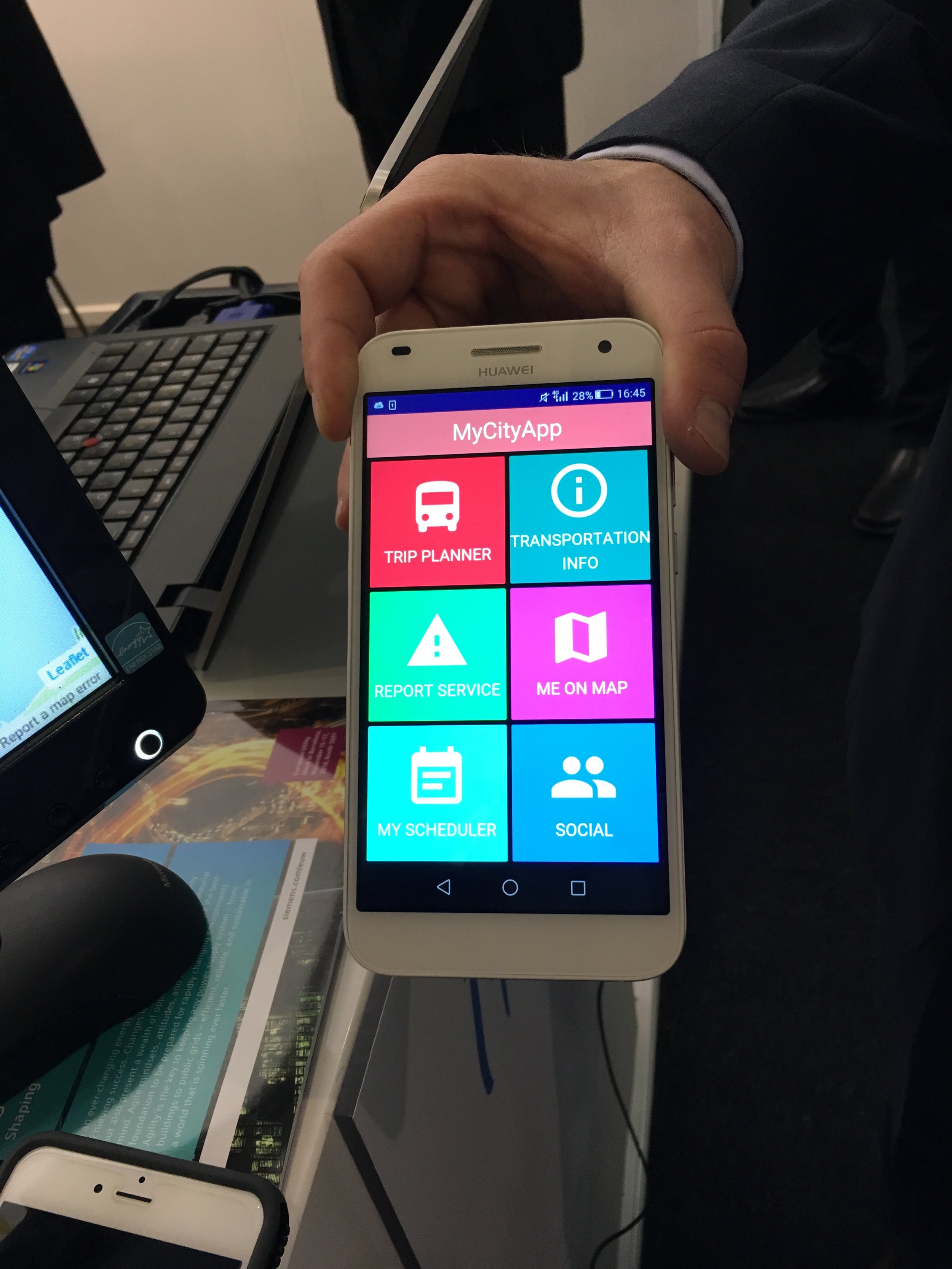
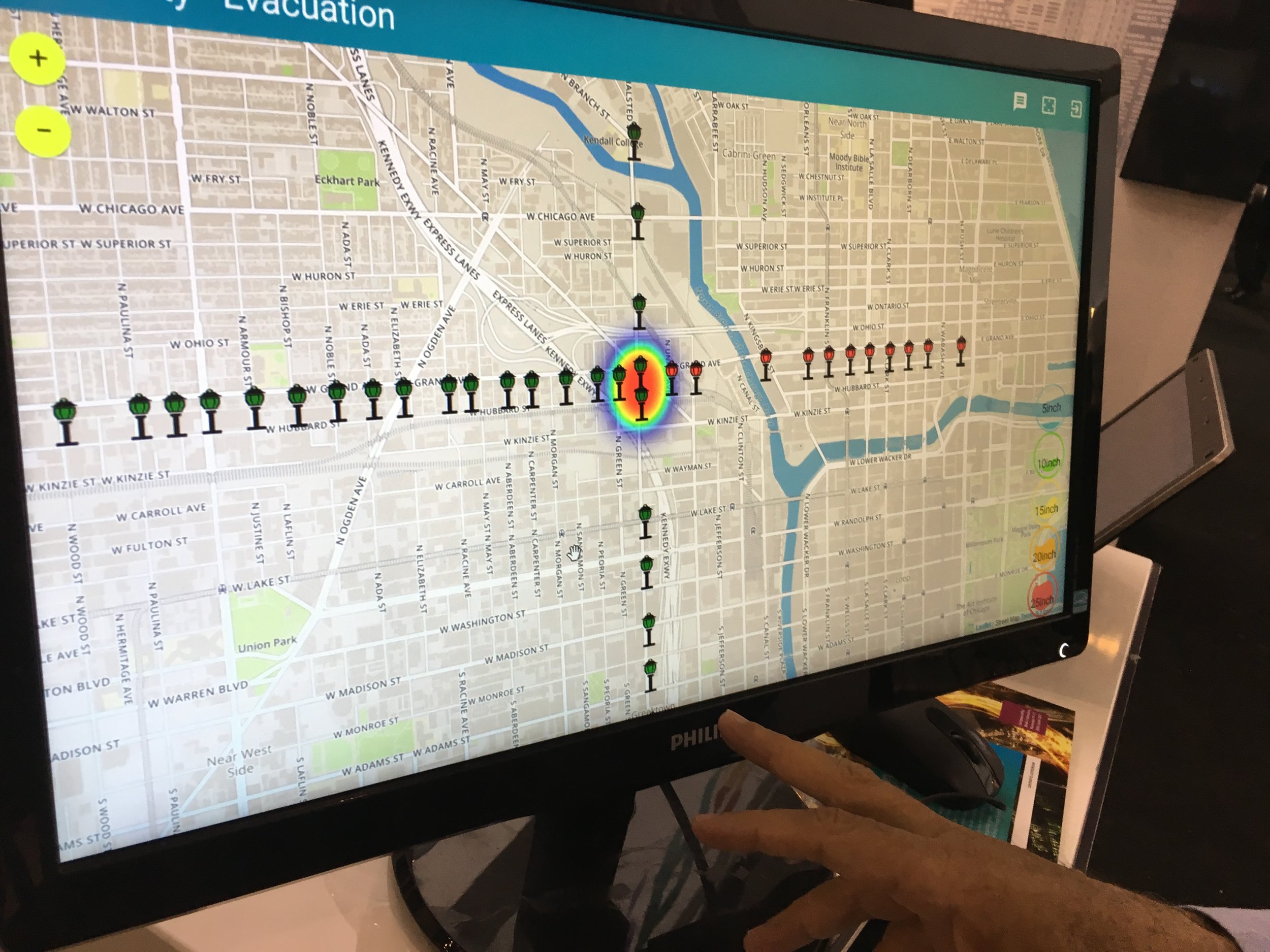
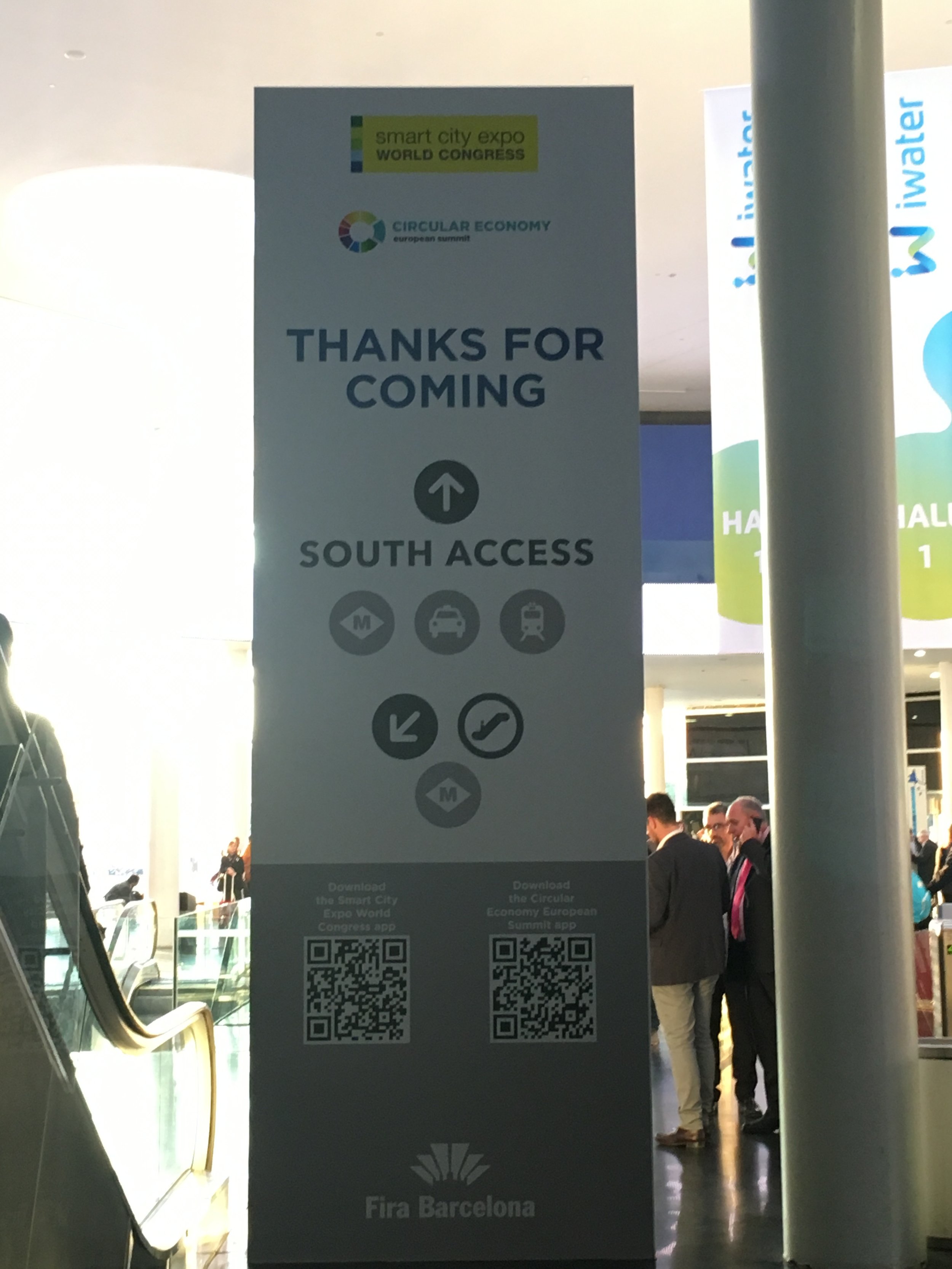
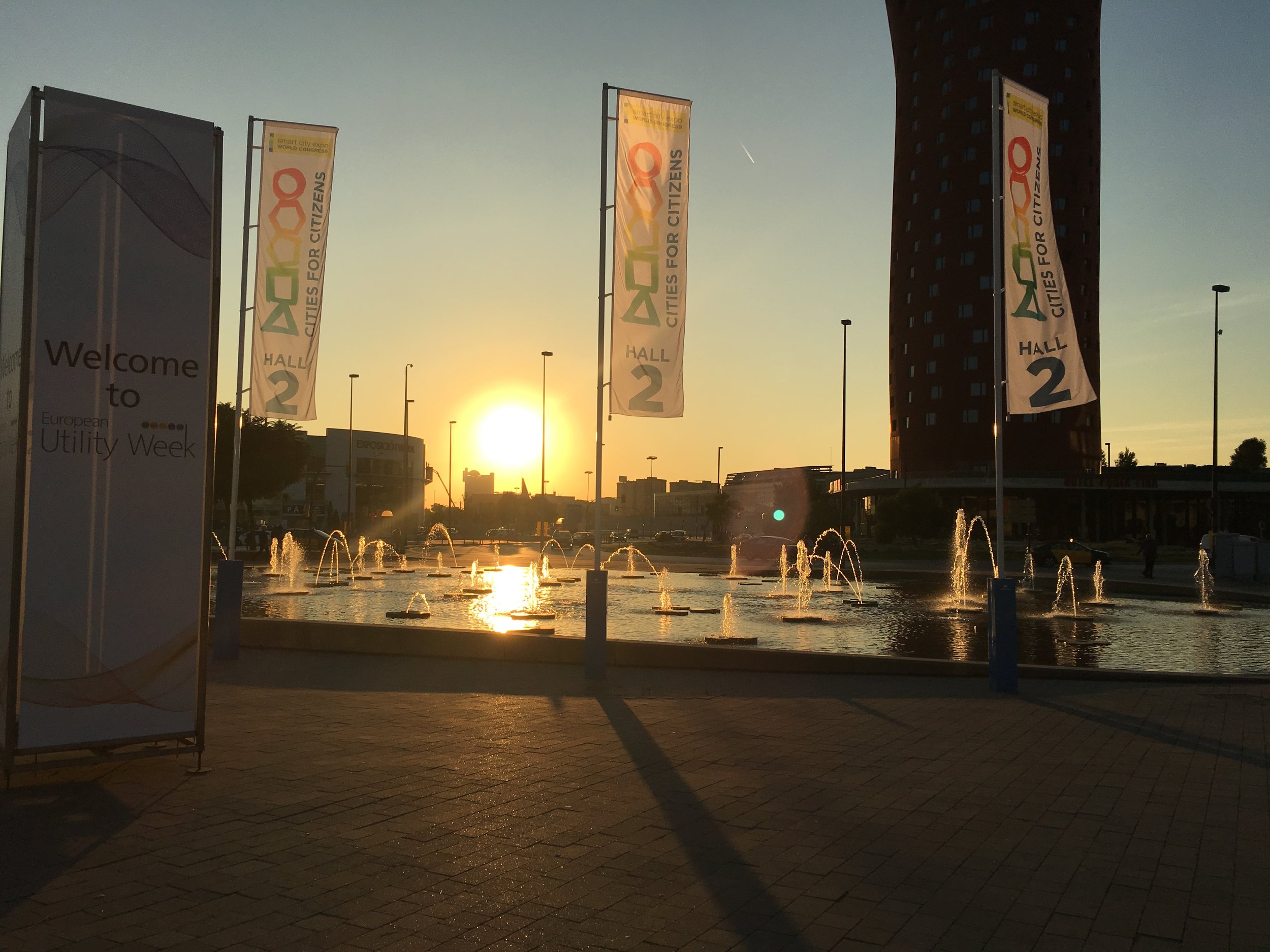

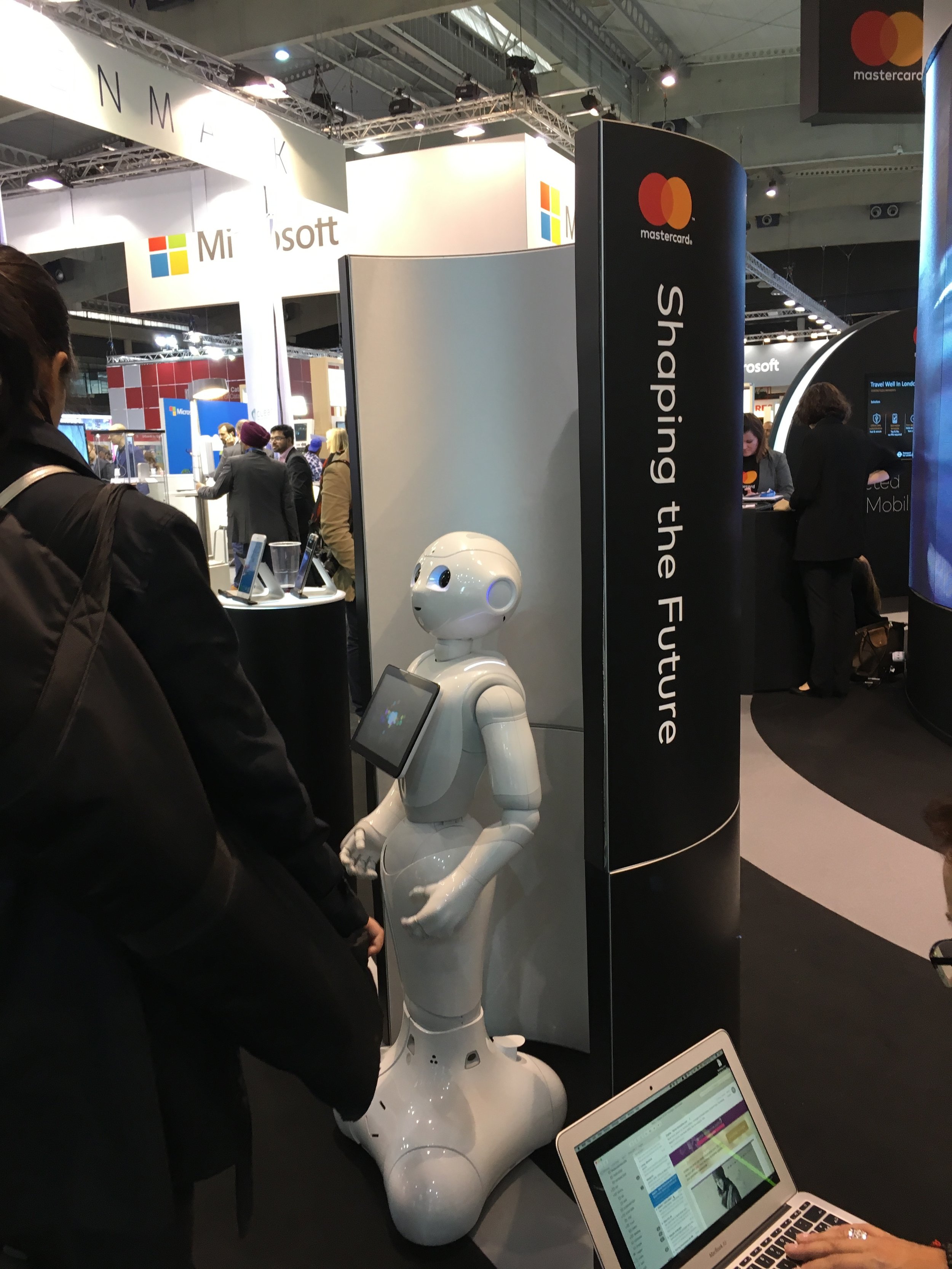


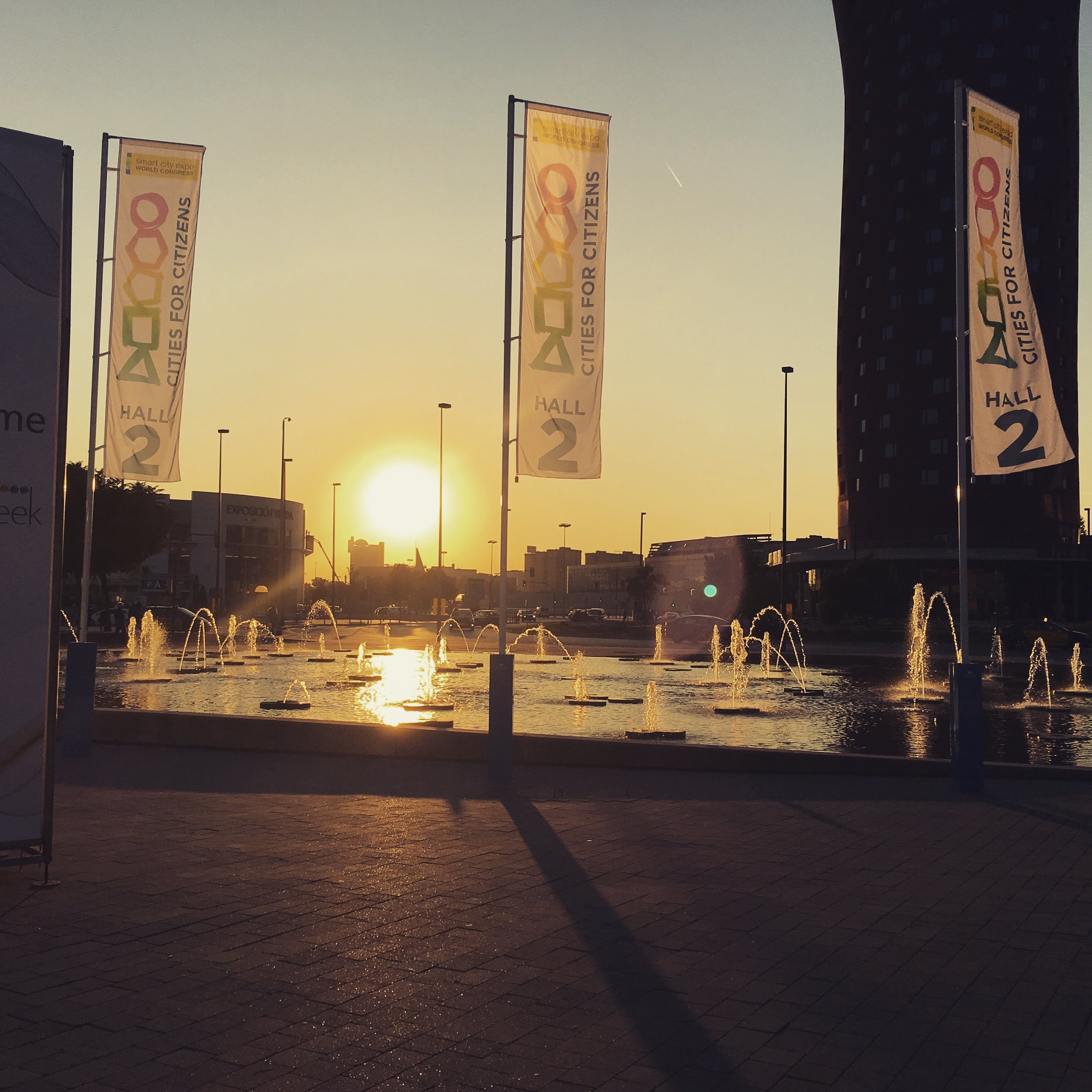
BY CONNOR BARWIN
When I asked Professor Richardson Dilworth of Drexel’s Center for Public Policy to analyze the stats comparing the civic health of Dallas and Philly in this week’s chart below, he responded with a telling trivia question.
“Here’s a fun test,” he said. “Tell me what city this quote from Governing Magazine refers to: ‘For years,…[the city]…had been slumping, sunk in a morass of racial discord, skyrocketing crime, hard economic times and distracted public officials, amid an unbroken exodus of businesses and middle-class residents to the suburbs… Several members of the city council were under federal investigation.’”
The answer? “Shockingly enough,” Dilworth said, “this article is not about Philadelphia, but Dallas.”
Though there are many similarities between the two cities, the differences speak volumes. For example, our chart shows that Dallas had more high school graduates last year, but Dilworth says there may be a reason for that. “The higher percentage of recent high school graduates in Philadelphia may just be a reflection of the age profile of the two cities,” he says. “In 2010, 23 percent of Philadelphia was under 18, compared to 27 percent of Dallas. The education and poverty rates are roughly similar, too.”
As you can tell, Dallas and Philadelphia have roughly equal diversity rates, but Dilworth points out that there are differences beneath the surface. Dallas has a far greater Latino/Hispanic population, 42 percent of the population versus 12 percent in Philadelphia, according to the 2010 Census. And Dallas has a much higher proportion of the population that is foreign born than we do—24 percent to 12 percent. And 43 percent of Dallas residents speak a language other than English at home, compared to 22 percent in Philadelphia.
“Does all of this make Dallas actually more diverse than Philadelphia?” asks Dilworth. “I think it means that Dallas has more challenges in terms of public education—bilingualism is more expensive—and is more susceptible to Trump-style anti-immigrant backlash politics.”
Perhaps the most glaring difference in this week’s numbers concerns voter turnout in the last mayoral election. This may be due to the fact that popular incumbent Mayor Mike Rawlings cruised to reelection last year with 75 percent of the vote. But Dilworth says it likely goes deeper than that. “Michael Nutter had an easy reelection in 2011 when there was 20 percent turnout, much better than in Dallas last year,” he says. “The extra wrinkle in Dallas is that mayors there don’t actually have that much power. The real power in Dallas resides with the city manager. In that sense, Dallas is a classic Sunbelt weak mayor city, and Dallas voters seem to acknowledge this by mostly staying home for mayoral elections.”
Dallas Idea We Should Steal: An Innovation Alliance
In recent years, Philadelphia’s city government has been recognized for its innovations, especially when it comes to sustainability. Recently, the Kenney administration has launched an Internet of Things initiative, calling for ideas as to how the city can use technology to dramatically improve the way it operates, in everything from Internet connectivity to street lighting, crime prevention, meter reading, parking, and public safety.
While that’s a great thing, innovation shouldn’t just be driven by city government. In Dallas, numerous stakeholders have come together to form the Dallas Innovation Alliance, a nonprofit public-private partnership recognized by the White House for turning Dallas into a smart city. Corporations, private sector firms, nonprofits and government officials have all worked together to make Dallas a hotbed of innovation, tech development and economic growth strategies. In the West End, one of the city’s oldest neighborhoods, the Alliance has introduced free public Wi-Fi, streetlights that measure air pollution, a smart parking app, and solar-powered waste management with sensors that detect when trash cans need to be emptied.
But what the Dallas Innovation Alliance is doing isn’t as revolutionary as how they’re doing it—by involving so many different constituencies. In Dallas, the city is partnering with some two dozen companies and foundations. For Philadelphia, what might be most innovative about the Dallas Innovation Alliance is the simple idea of the business community and government working together.
“In Philadelphia, there’s a history of outsourcing leadership to local government,” says Professor Dilworth. “Public-private partnerships like in Dallas can offer us a way to get all key stakeholders to sit at the problem-solving table together.”
Next week we take on New York.
Connor Barwin is the Eagles defensive end and runs the Make The World Better foundation, which works to refurbish city parks.

Phillip Tracy, November 3, 2016
DALLAS–Jennifer Sanders, the executive director and co-founder of the Dallas Innovation Alliance, gave a talk titled Creating a smart city legacy: innovation, sustainability and collaboration for future generations, at this year’s TMForum Innovation InFocus. Sanders spoke about the possibilities of using IoT to build a smarter, safer city, detailing a number of use cases the Dallas Innovation Alliance is currently testing.
The Dallas region has had to evolve and innovate to keep up. It houses 19 Fortune 500 company headquarters, and has the ninth largest concentration of technology jobs in the U.S., with 360 people moving to the Dallas region every day. It is currently ranked the 19th smartest city globally.
According to the Dallas Innovation Alliance, a non-profit public-private partnership invested in Dallas’ evolution as a forward-thinking, ‘smart’ global city, a smart city is one where social and technological solutions facilitate sustainable economic growth, increase resource efficiency and improve the quality of life for its citizens.
Sanders says it is not a matter of whether the smart city will come into fruition, it is a matter of when, and a multi-phase approach needs to be taken to get there.
The Dallas Innovation Alliance is using the Central Business District (West-End Historical District) as a living lab pilot zone. That particular area of Dallas has seen a dip in revenue over the years, but presents an area of potential for the city.
According to Sanders, the five Es of smart city benefits include:
The Dallas Innovation Alliance is taking a cyclical approach to developing the metroplex into a smart city: Research>Iterate>Align>Design>Execute>Measure, and before beginning its project, the group spoke with members from other cities who were open and honest about their mistakes in attempting to develop for a smart city.
Asset mapping is one of the first pieces in getting started, so that areas can get to know the initiatives already in play that support smart cities.
“A lot of organizations didn’t know their initiatives counted toward the smart city,” Sanders said. “Some of those initiatives include Dallas OpenData, 100 Resilient cities, university partnerships, Smart services: 311 reporting app, big data initiative, etc.”Dallas had to make sure they were leveraging national networks like the Envision America, Metrolab Network, Smart Cities Council, as well as federal initiatives including the White House OSTP and other agency efforts.
Dallas is creating a Phase I living lab by incorporating five to seven projects in the downtown, West End area. These projects include smart lighting, waste management, digital citizen-centric kiosks, smart irrigation, smart parking and public Wi-Fi. They are testing KPIs around economic development, energy and water cost and usage, public safety, transportation and others.
The outcome of all of these initiatives is to provide a case study for the city to see what worked and what didn’t and determine what to built going forwrad. The project has been successful so far, with many new tech companies moving to West End, like Snapchat and Accenture.
More specific projects include:

-- Office of Science and Technology Policy provides updates on national smart city efforts--
--Global Smart Cities Conference “By Cities, For Cities” Hosted in Dallas in 2017, Charlotte in 2018--
--Dallas Innovation District to Encompass Civic, Corporate and Startup Innovation--
DALLAS, TX, September 26, 2016 — Today, the Dallas Innovation Alliance (DIA), a 501(c)(3) Public-Private Partnership dedicated to the development and execution of a multi-phased smart city strategy for Dallas, unveiled new initiatives through an announcement released by the White House Office of Science and Technology Policy (OSTP) at Smart Cities Week in Washington DC. Dallas was honored to be included in three items highlighted, including a first of its kind event collaboration, the formal launch of the Dallas Innovation District, and participation as a founding partner of the City of New York’s national coalition of cities dedicated to ensuring the responsible and equitable deployment of smart city technologies.
“We are honored that for the second straight year, the White House has included Dallas’ initiatives amongst the amazing work being done by cities all across the country,” stated Jennifer Sanders, Executive Director of the Dallas Innovation Alliance. “It is through the support and commitment of our partners throughout the City of Dallas, leading civic organizations, corporations and citizens, that we can ensure the success of our mission to create a smart city and increased quality of life for our citizens. The future is bright, and we look forward to sharing that vision and experiences next year in Dallas alongside cities around the globe.”
The Dallas Innovation Alliance and Envision Charlotte are announcing “By Cities, For Cities,” a new collaboration that will bring cities together from around the globe over the next two years to workshop steps to become smarter, more sustainable and efficient. Convening in Dallas, Texas in 2017 and Charlotte, North Carolina in 2018, the conferences will feature city officials sharing their perspective with peers about lessons learned regarding what works, what to avoid, how to get started, and how to define success. Dates will be announced this fall. Please visit www.bycitiesforcities.com for more information and updates.
Dallas will be launching the Dallas Innovation District in downtown Dallas' West End neighborhood, focused on bringing together civic, corporate, and startup innovation efforts through a single district-level testbed. This collaboration will bring together the Dallas Innovation Alliance's Smart Cities Living Lab, the Dallas Entrepreneur Center’s efforts to seed new startups, and new innovation initiatives from corporations in the technology, banking and healthcare sectors. Initial corporate innovation partners will be announced later this fall. Please visit www.DallasInnoDistrict.com for more details in the coming weeks.
The Dallas Innovation Alliance’s Living Lab continues to progress toward its launch before the end of 2016, and cannot wait to unveil the smart city experience for Dallasites. As one of AT&T’s first spotlight cities, the DIA benefits from the support of AT&T’s smart cities alliance and is grateful to work alongside AT&T at the forefront of smart cities innovation. The DIA will soon begin implementation of initial projects in the West End, focused on smart infrastructure, smart mobility and connected living. The West End living lab will help anchor the Dallas Innovation District, providing a critical mass of the resources, infrastructure and creative talent that accelerates entrepreneurship, economic development and research & development.
“As a smart cities leader, we’re using our IoT expertise, network investments, strong relationships with the developer community, as well as our strategic alliances with leading technology companies to develop and deploy transformative smart city solutions that will help improve the lives of citizens,” said Mike Zeto, General Manager and Executive Director, AT&T Smart Cities. “Dallas is one of the first cities that mobilized a strong public-private collaboration, and we remain committed to using our smart cities framework to help the Dallas Innovation Alliance deliver the smart city experience across the region.”
The Dallas Innovation Alliance’s key partners have shown forward-thinking leadership and dedication to the mission of the DIA, led by Foundational Partner AT&T, Pivotal Partner Cisco, Lead Partner Current, Powered by GE, Partners AECOM and Universal Mind, and Lead Community Partner United Way of Metropolitan Dallas. Through the support and collaboration of its members, the DIA is committed to advancing transformative change in the city of Dallas while increasing the domestic and global profile of the great innovators and ideas that reside in Dallas.
Dallas also announced its participation as a founding member in the City of New York’s creation of a national coalition of cities dedicated to ensuring the responsible and equitable deployment of smart city technologies. The alliance was forged with three primary goals: (1) provide a common framework to help governments develop and expand policies and procedures related to the Internet of Things; (2) ensure openness and transparency regarding the use of public space or assets for smart city solutions that; and (3) advance the public dialogue about how government, the private sector and academic partners can maximize the public benefit derived from these solutions. Towards these ends, the founding members, which include Austin, Boston, Cambridge, Dallas, Greenville, Kansas City, Louisville, New York, Pittsburgh and Seattle, have committed to a common set of guiding principles which emphasize privacy, security, sustainability, resilience, equity and efficiency.
About the Dallas Innovation Alliance
The Dallas Innovation Alliance (DIA) is a public-private partnership dedicated to the design and execution of a smart cities plan for the City of Dallas, leveraging social and technological infrastructure to accelerate sustainable economic growth, resource efficiency, and importantly, improve the quality of life for its citizens. DIA’s overarching goal is to elevate Dallas as a city that is not only prepared for, but a driving force in shaping, the future of cities, and providing opportunities for prosperity for its citizens. Its mission is to develop a scalable smart cities model for the City of Dallas that leverages the region’s distinctive strengths and leaves a legacy of innovation, sustainability and collaboration for future generations. In December 2015, Dallas was selected as one of 10 cities in the inaugural Envision America program, which was announced at the White House in September 2015.
DIA support is led by Foundational Partner AT&T, Pivotal Partner Cisco, Lead Partner Current, Powered by GE, Partners AECOM and Universal Mind, and Lead Community Partner United Way of Metropolitan Dallas. Partners of the Dallas Innovation Alliance include: City of Dallas, Dallas Area Rapid Transit (DART), Dallas Convention and Visitors Bureau, Dallas Entrepreneur Center (DEC), Dallas Regional Chamber, Dallas 2030 District, Downtown Dallas Inc., The Real Estate Council (TREC), Texas Research Alliance, United Way of Metropolitan Dallas, CIVIQ Smartscapes, Deloitte, Ericsson, IBM, Itron, Microsoft, Schneider Electric, Xerox, and World Wide Technology. For more information, please visit www.DallasInnovationAlliance.com.
Media Contact
Jennifer Sanders, Executive Director, Dallas Innovation Alliance
SEP. 19, 2016, WASHINGTON – U.S. Secretary of Commerce Penny Pritzker today announced the appointment of Trey Bowles, CEO and Cofounder of the Dallas Entrepreneur Center and Cofounder of the Dallas Innovation Alliance and 29 private sector, nonprofit, and academic leaders to serve on the National Advisory Council on Innovation and Entrepreneurship (NACIE). Selected from a pool of more than 200 accomplished applicants, the council members will offer recommendations for policies and programs designed to make U.S. communities, businesses, and the workforce more globally competitive.
“The members of NACIE provide important counsel to the Department of Commerce on the types of federal policies that will support entrepreneurship, innovation, and job-driven workforce training, all of which are critical to American competitiveness,” said Secretary Pritzker. “As ‘America’s Innovation Agency,’ we value the expertise of our private sector partners and appreciate the opportunity to incorporate their views into our policymaking process.”
Established in 2010, NACIE operates as an independent entity managed through the Office of Innovation and Entrepreneurship, which is housed in the U.S. Department of Commerce’s Economic Development Administration.
When asked about this official governmental appointment Bowles replied, “It is an exceptional honor to have been appointed to serve on NACIE. I am excited to join past and present NACIE members who have made such a strong commitment in diverse sectors, geographic locations, and areas of expertise to advocate for innovation and entrepreneurship in the US. I look forward to speaking on behalf of early stage and startup entrepreneurs across the country to ensure they have the proper tools, resources and support to help them succeed.”

NACIE members, who will each serve a two-year term, have demonstrated expertise and experience in the areas of innovation, entrepreneurship, and employer-driven talent development. In reviewing applications, the Office of Innovation and Entrepreneurship sought a diverse group of nationally recognized leaders representing different demographics, organization size, industry sector, and geographic regions to provide a balanced viewpoint on these issues. NACIE will convene four times each year, with its inaugural meeting scheduled for October 2016.
Now in its third membership cycle, NACIE members appointed today — in addition to Trey Bowles — are:
· Rebecca O. Bagley – Vice Chancellor Economic Partnerships at University of Pittsburgh
· Esther M. Baldwin – Director of Innovation at Intel
· Brian J. Bartholomeusz – Executive Director, TomKat Center for Sustainable Energy at Stanford University
· Heather Boesch – Director of Business Operations at IDEO
· Melissa L. Bradley (Co-chair) – Director, AU Center for Innovation in the Capital
· Kathryn Finney – Founder and Managing Director at digitalundivided
· Scott Frederick – Development Partner & Head of Federal at New Enterprise Associates
· Kara Goldin – Founder & CEO at Hint Inc.
· Julie K. Goonewardene* – Associate Vice Chancellor for Innovation and Strategic Investment, University of Texas System
· Orin Herskowitz – Executive Director, Vice President of Intellectual Property and Tech Transfer at Columbia Technology Ventures, Columbia University
· Richard A. Johnson – Associate Vice President at Kentucky Science and Technology Corporation
· Joseph Kapp – Entrepreneur in Residence at Eastern WV Community & Technical College and CEO at Behavioral Business, LLC
· David S. Kenney* – President & Executive Director at Oregon BEST
· Pradeep K. Khosla – Chancellor at University of California, San Diego
· Marie Trzupek Lynch* – CEO at Skills for Chicagoland’s Future
· Mike Nemeth –Founder & CEO, S3 Planning
· Andrew D. Reamer – Research Professor at George Washington University
· Emily Reichert – CEO at Greentown Labs
· Joseph L. Schocken – President at Broadmark Capital, LLC
· Sue Griffith Smith – Vice President Technology and Applied Science at Ivy Tech Community College
· Whitney S. Smith – Executive Director – Midwest, Global Philanthropy at JPMorgan Chase
· Tiffany M. Stevenson – Vice President, Talent Management & Development at Sephora USA, Inc.
· Stephen S. Tang* (Co-chair) – President & CEO, University City Science Center
· Eric J. Toone – Vice Provost & Director, Innovation and Entrepreneurship at Duke University
· Howard A. Tullman – CEO at 1871 and General Managing Partner at Chicago High Tech Investment Partners, LLC
· Maribel Perez Wadsworth – Senior Vice President & Chief Strategy Officer at Gannett Company Inc.
· Tiffany J. Wilson* – Executive Director at Global Center for Medical Innovation
· Chad Womack – Director, STEM Initiatives at United Negro College Fund (UNCF)
· Andrew Yang – Founder and CEO at Venture for America
To learn more about the National Advisory Council on Innovation and Entrepreneurship, visit www.eda.gov/oie/nacie/.
About The Dallas Entrepreneur Center (The DEC)
The Dallas Entrepreneur Center (the DEC) is a 501(c)(3) non-profit which serves entrepreneurs providing a central location where they can receive training, education, mentorship, promotion and access to capital in order to encourage and equip the entrepreneurial community to start, build and grow their businesses. Facilitating a culture of entrepreneurship and ‘giving before you get’, the DEC connects new and old entrepreneurs with a vibrant, collaborative environment. For more information, please visit www.thedec.co.
# # #
Government Technology Magazine
(TNS) -- One of Dallas’ oldest neighborhoods -- the West End -- will be home to some of the city's newest technology, including free public Wi-Fi, streetlights that measure air pollution and detect noise and an app that makes it easy to find an open parking spot.
The West End will serve as a testing ground for the Dallas Innovation Alliance, a public-private partnership that includes the city of Dallas and about two dozen large companies and local foundations.
Today, the Dallas Innovation Alliance announced the first projects that will turn the historic neighborhood into a "living laboratory" for ways that technology could cut costs, boost energy-efficiency and improve public health in the city.
In the West End, the projects will include:
Jennifer Sanders, executive director of the Dallas Innovation Alliance, said she hopes to have some of the projects underway by the end of the year. She said intelligent streetlights, kiosks, public Wi-Fi and waste management have been slated to begin first.
After testing out the technology in the West End, Sanders said she'd like to see similar projects across the city.
Across the country and the world, cities have looked to technology as possible solutions to urban challenges. In New York City, city officials are replacing pay phones with kiosks that provide free high-speed internet, device charging and city maps. In Chicago, public health officials are using an algorithm from comments on social media and crowd-sourced reviews on sites like Yelp to predict if restaurants may have food safety violations. In Louisville, Ky., a team of medical researchers used "smart" inhalers to identify possible asthma hot spots and track local air quality.
Sanders said the effort to become a smart city is this generation’s “space race.”
Dallas Mayor Mike Rawlings said he looks forward to watching the West End project and seeing if it could be scaled to other parts of the city. He said he'll judge the project based on the money it saves and lives that it improves.
"I don't want to worship at the altar of technology for technology's sake," he said. "It all must be to provide a better quality of life for citizens and that's the direction I keep pushing us to."
Rawlings said the West End has always been an important part of Dallas. As the test market for the smart cities project, he said the historic neighborhood is reinventing itself.
He said he'd also like Dallas to adopt smarter approaches to everyday tasks, such as making it possible for people to pay every city fee or utility bill online.
Sanders said the Dallas Innovation Alliance chose the West End because of its downtown Dallas location, proximity to public transportation, distinct neighborhood boundaries and mix of residential and commercial buildings.
She co-founded the nonprofit organization with Trey Bowles, chief executive of the Dallas Entrepreneur Center. The DEC, a co-working space and startup hub, is also located in the West End. Sanders was hired in March to lead the initiative to turn Dallas into a high-tech, smart city.
©2016 The Dallas Morning News. Distributed by Tribune Content Agency, LLC.
August 23, 2016

Smart Cities. Living Lab. Innovation District. All are labels that describe the West End District in downtown Dallas.
But to that list, you can add such terms as unique, resurgent, vibrant, destination, a crown jewel.
Located on the northwest side of downtown Dallas, the West End District is transforming itself into a destination where tech-oriented people and companies want to come work, live and play amid 100-year-old buildings that are taking on a new life and a new look.
“Companies today fiercely compete for the best and brightest talent,” said Conrad Suszynski, co-CEO of Crescent Real Estate LLC, which has a portfolio of properties in the West End. “Although Dallas has a number of submarkets with high-quality Class A office space, the West End provides the only true creative style office settings that millennials desire, and the stock of historical brick-and-timber buildings is very limited, and mostly located in the West End.”
WEST END UNDERGOES REMARKABLE TURNAROUND
It’s a remarkable turnaround for a district that has seen more than a few ups and downs in the past 100 years.
Crescent began to acquire West End properties in 2015 and Suszynski, who was directly involved in acquiring the properties, said the company has had tremendous success in “creating value in those assets.”
Earlier this year, billionaire John Goff’s investment firm, Goff Capital Partners LP, in partnership with Long Wharf Real Estate Partners, closed on three properties in the West End. Crescent Real Estate LLC is one of Goff’s companies.
Suszynski said, that like other property owners in the district, Crescent is targeting tech companies.
“We are working with the other new institutional owners in the West End to rebrand and market the district to innovative and cutting-edge industries and new concept retailers.”
Conrad Suszynski
“We are working with the other new institutional owners in the West End to rebrand and market the district to innovative and cutting-edge industries and new concept retailers,” Suszynski told me.
“We acquired our portfolio with the intention of marketing the assets to predominantly tech companies,” he said. “For example, we are in negotiations with a customer that created one of the most commonly used apps in the market today.”
Suszynski said that Crescent likes the plans for the Smart Cities initiative in the West End and sees them as conducive to growth.
“We are thrilled about the Dallas Innovations Alliance’s vision for the district, and we will gladly work together with them to make the West End a successful Smart City,” Suszynski said. “We look forward to to the new ideas they are planning to develop innovative and creative districts.”
The Dallas Innovation Alliance is the driving force behind the district’s resurgence, in great part because of its involvement in the Smart Cities initiative, which has spawned the DIA’s vision of a living lab in the district.
“We are delighted about the Smart Cities initiative in the West End, and absolutely believe it will not only create value for our portfolio but for the district as a whole,” Suszynski said. “Although the West End is an urban district today, creating better modal transit, bike lanes, walkability, and Wi-Fi access across the district will make it much more attractive to office users, retailers, local residents, and visitors.”
Jeffrey Eiting, vice president of CBRE, said that the West End is well situated near all the development going on it Uptown, West Dallas, the Cedars, and other areas in and around the urban center.
“The one thing that remains is that the West End is in the middle of that,” Eiting said. “The West End has always been a good location and will continue to be so.”
He said that all the good things happening in the West End have been brewing for awhile, with companies such as CBRE, Crescent Real Estate, and Granite Properties strategically taking on properties in the area.
THE TIME IS NOW FOR THE WEST END
Granite recently acquired the West End Marketplace, which had been vacant for 16 years.
“The actuality is it’s been brewing for three to four years, and it takes a while for these pieces to be put in motion,” Eiting said.
For the West End, “the time is now,” he said.
Eiting said that the district is nearing a point where nearly tapped out in terms of office space, “and it’s getting really expensive.”
He said, for example, that West End residents Ambit Energy has about 50,000 square feet of space, and that Corrigan has roughly 60,000 square feet.
“It’s great to see people at all times of the day and night.”
Jeffrey Eiting
Most buildings in the district are well leased, he said, but the Marketplace building will add a new dynamic.
“The office space will continue to thrive, and with the new Marketplace coming on line, that’s another 230,000 square feet, and I see it filling,” Eiting said.
The Marketplace will be a destination for retail or restaurant tenants that could attract additional visitors to the district in the evenings.
“It’s great to see people at all times of the day and night,” he said.
Eiting said he sees additional corporate relocations from out-of-town companies and from area suburbs that will head to the urban center, “and they will select the West End.”
He said all the investment from major real estate players “activates this type of real estate that doesn’t exist anywhere else.”
ATTRACTION TO THE WEST END
But, what is it about the real estate that attracts tech companies and millennials looking for a place to live?
In short, it’s bricks and timber and trees.
“All across the country, these districts that have prewar buildings have thrived, candidly, and have achieved some of the highest pricing,” Eiting said.
It has to do with people “connecting” with the space they are in, he said.
“You’ll see some of the new development will be as new additions — base of an older building with a new glass rooftop piece,” Eiting said.
“Ten years from now, most of the buildings will over 125 years old and will have been renovated, sold, and brought back to a crown jewel of our city,” Eiting said.
The age of the buildings gives the district character.
“We are a relatively young city, but you look up and there are buildings that are 125 years old,” he said.
That’s a good thing, Eiting said.
“As we become an international city, you look around there are people who’ve just come to Dallas and bring the perspectives of where they’ve lived,” he said. “They bring an urban attitude, and they bring with them that loud voice.”
On June 21st, Dallas Innovation Alliance was privileged to welcome Mayor Mike Rawlings and former Chicago Mayor Richard M. Daley, for a conversation on the importance of building cities with an eye, and a focus, on innovation. Over 230 Dallas leaders across industry, civic and government sectors were in attendance. At the event, the Dallas Innovation Alliance provided an overview of our organization and the vision for the living lab pilot in the West End, and unveiled conceptual drawings from BOKA Powell and virtual reality experience from 900lbs of Creative, effectively bringing the DIA vision to life. Many thanks to our presenting sponsor Universal Mind for supporting this fantastic program.
We invite you to explore and enjoy some photos from the event and program.

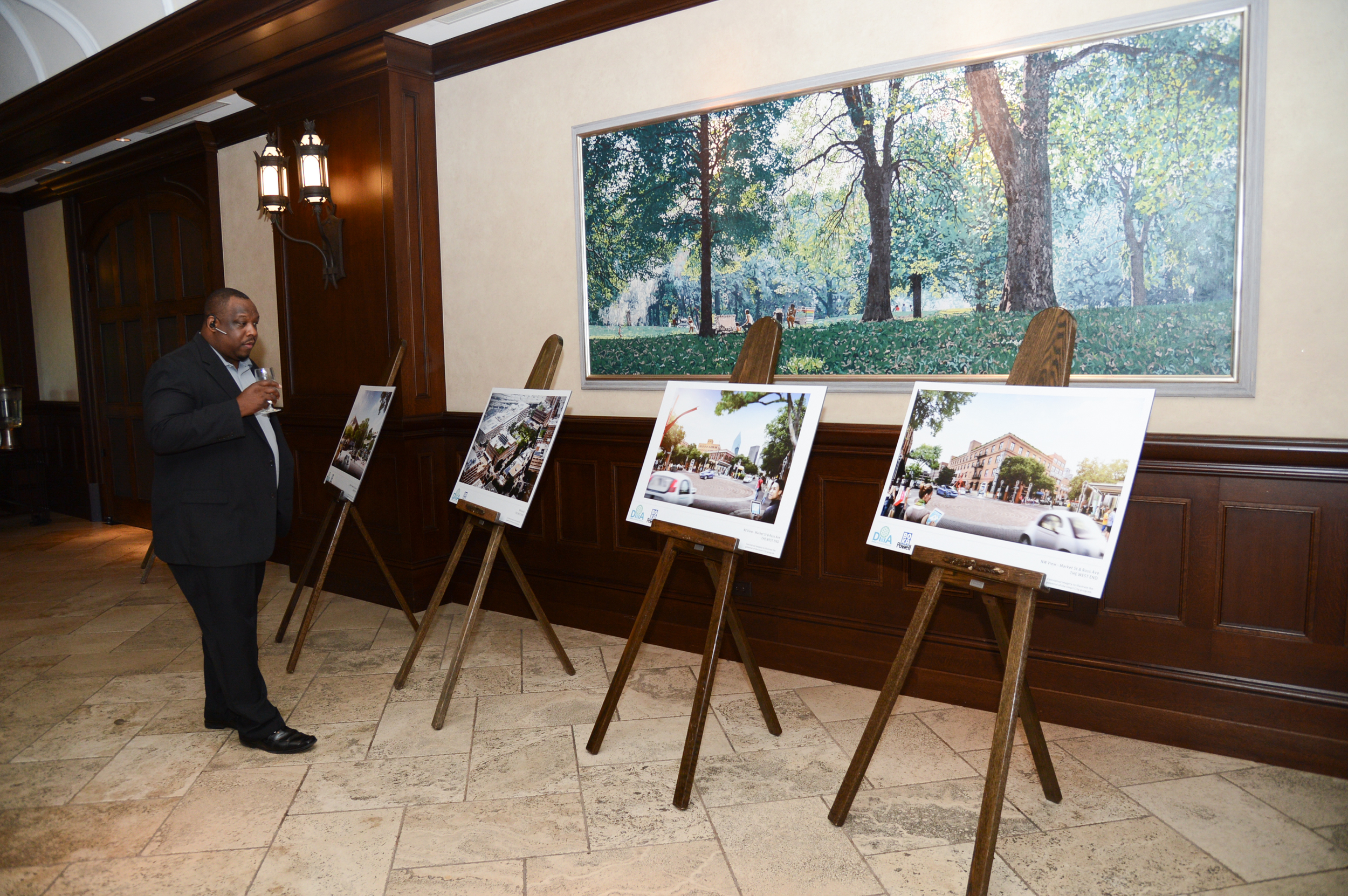
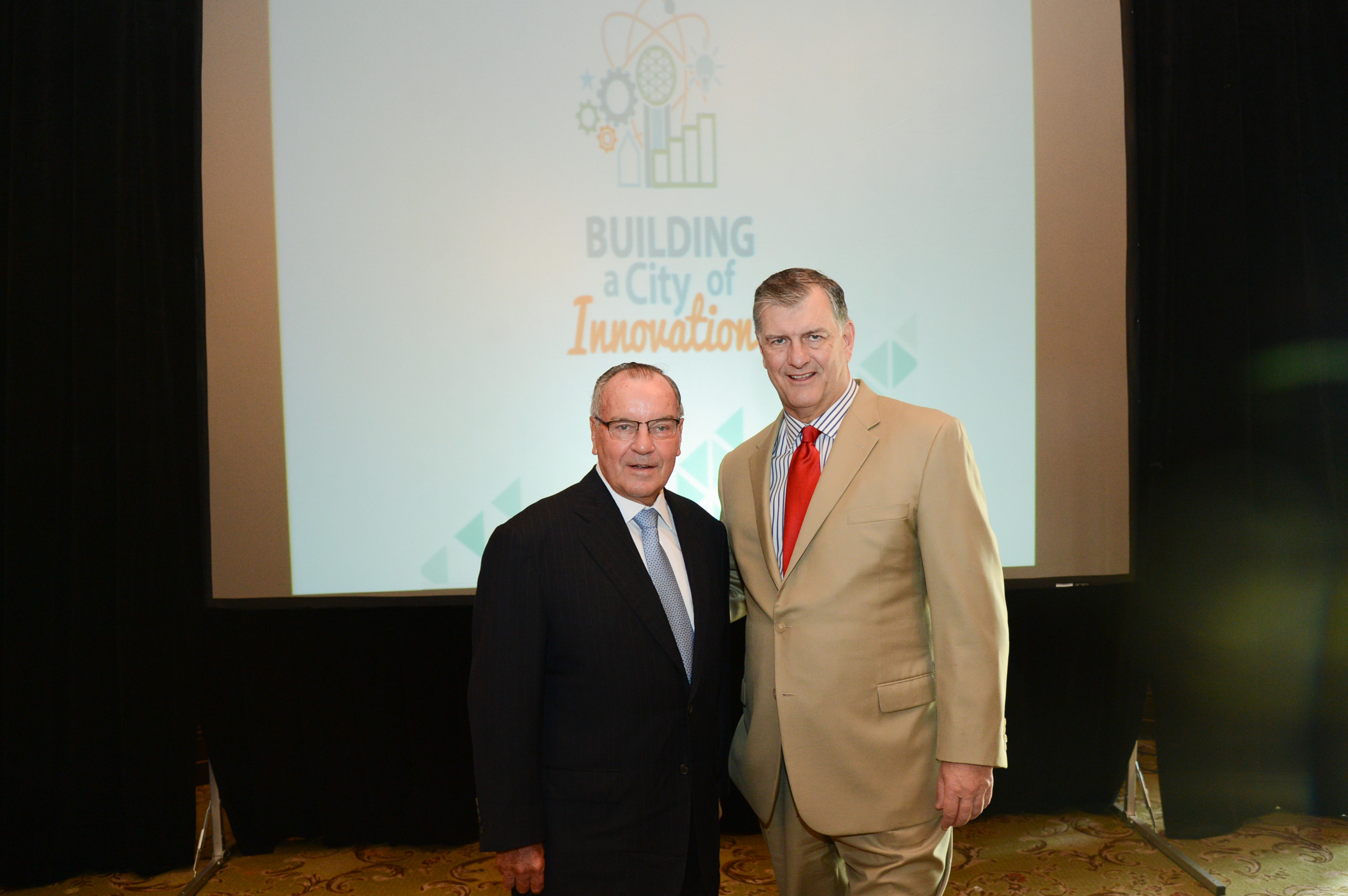

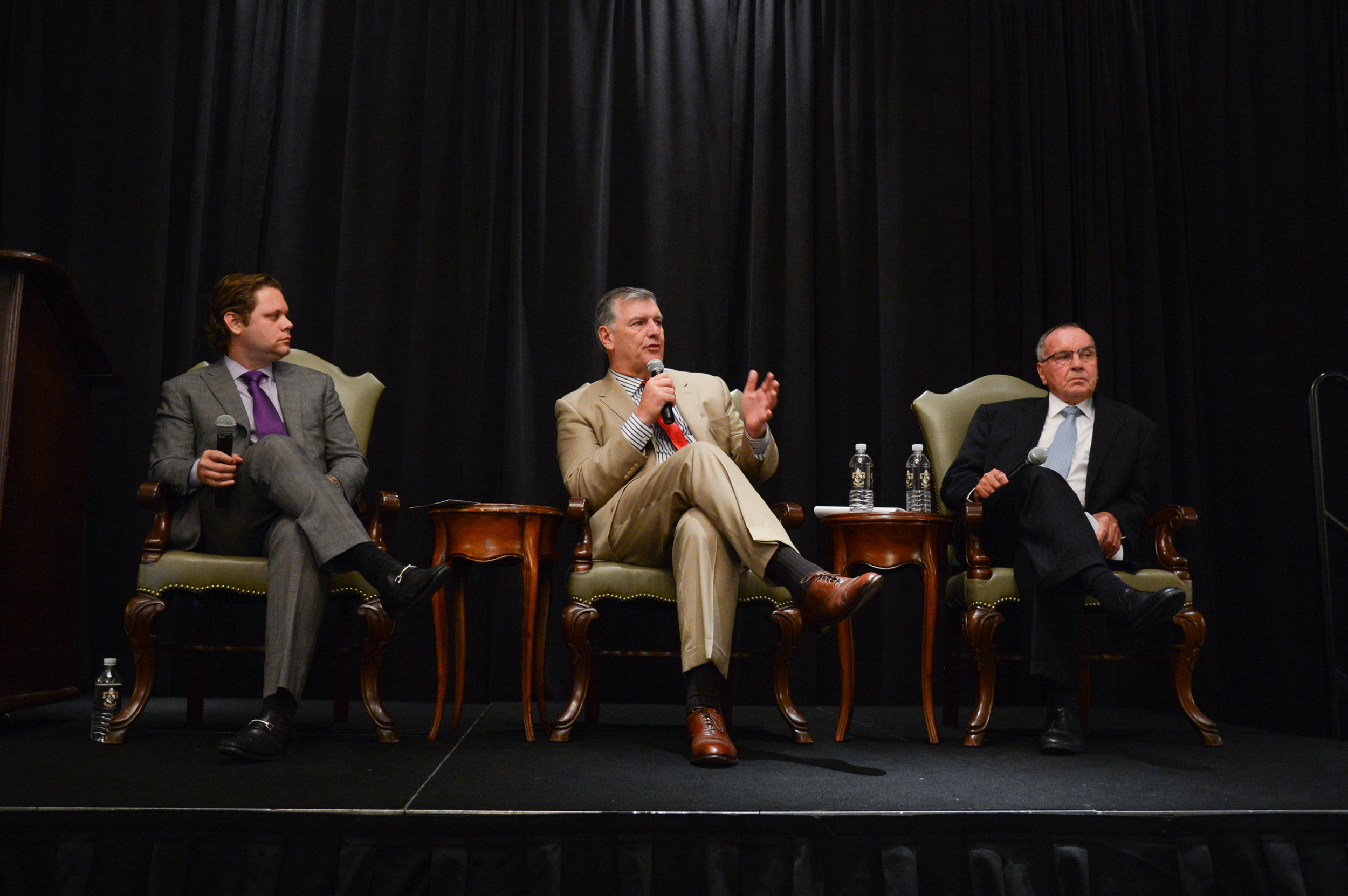

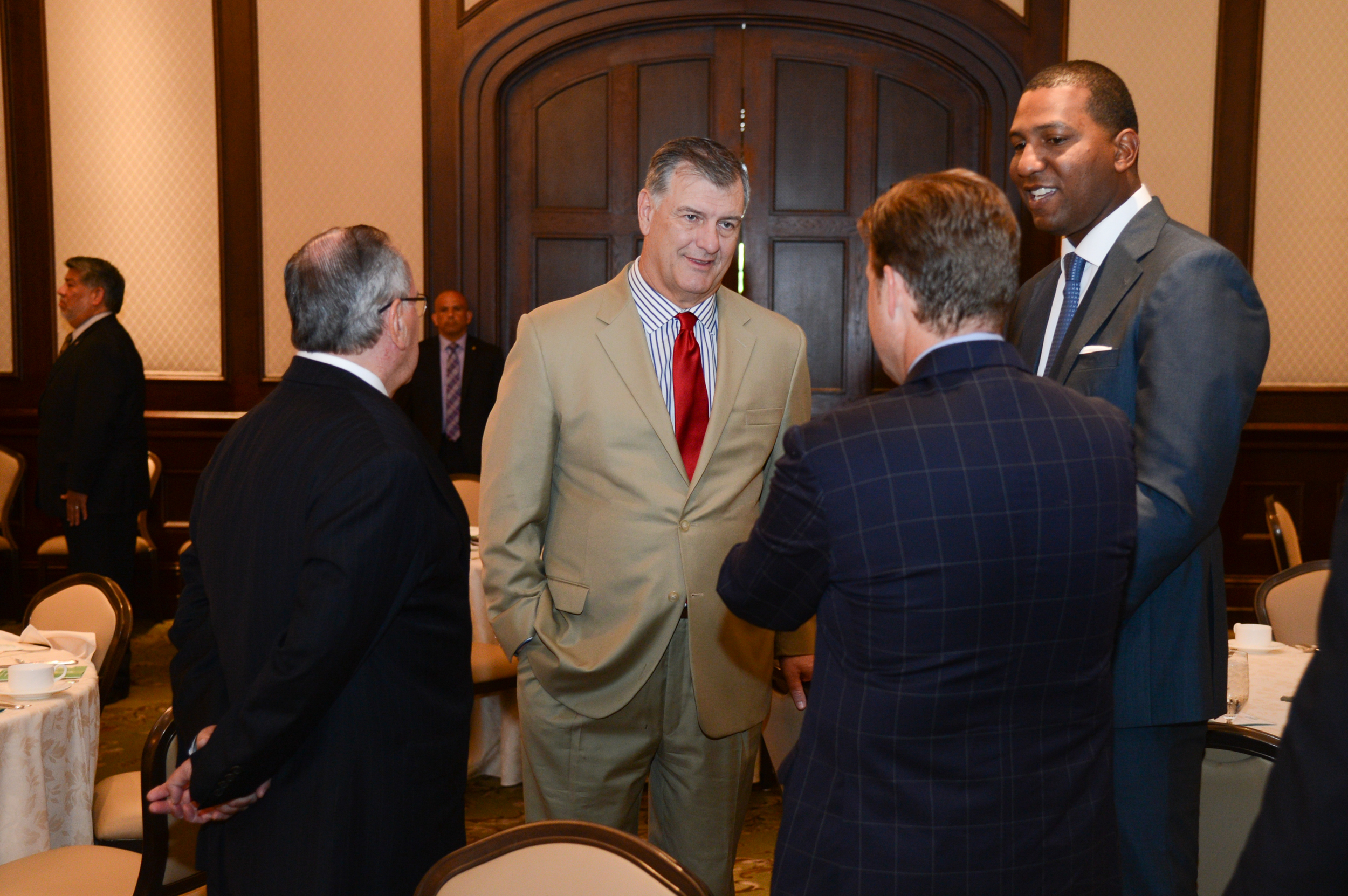
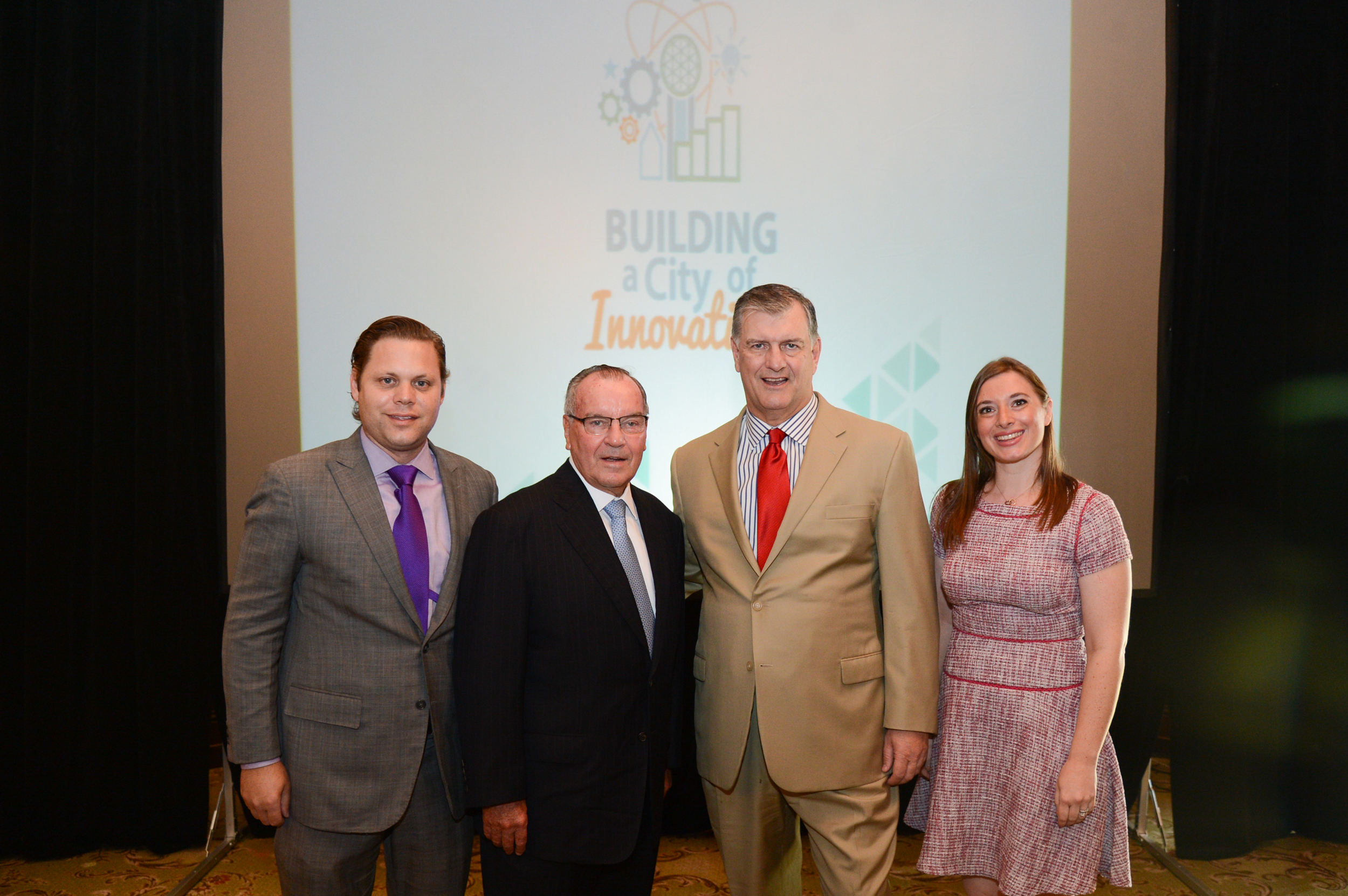
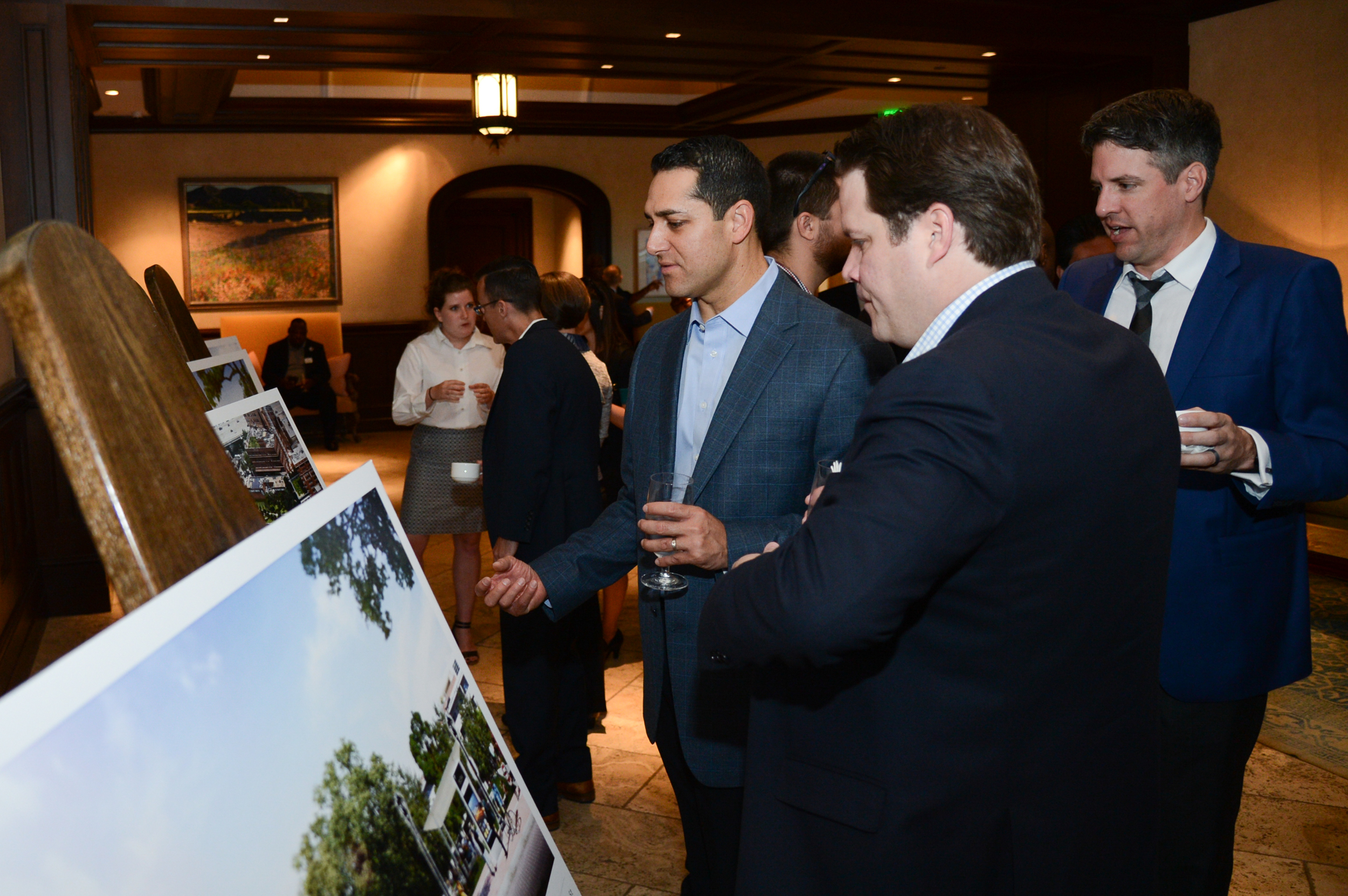
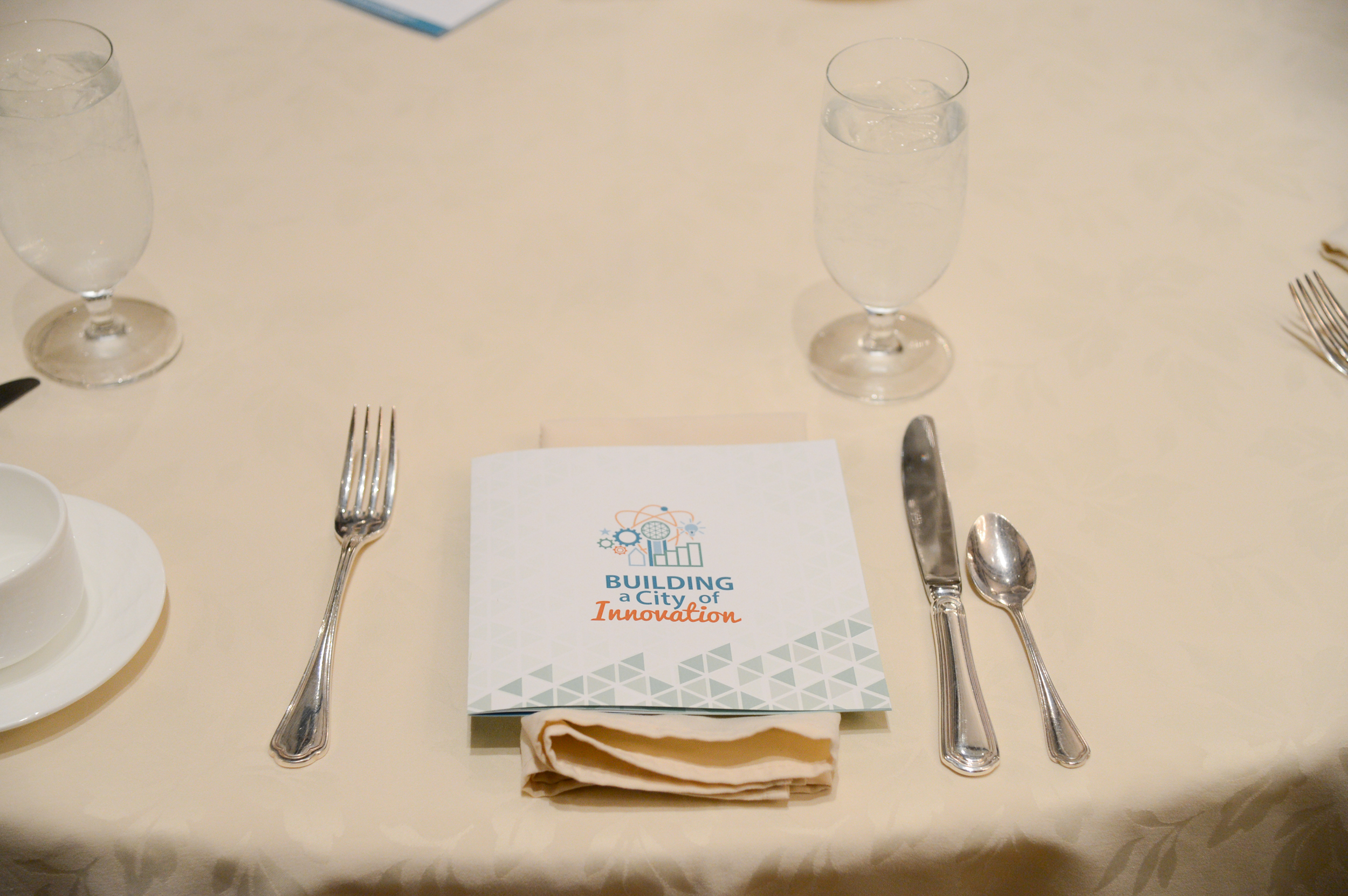
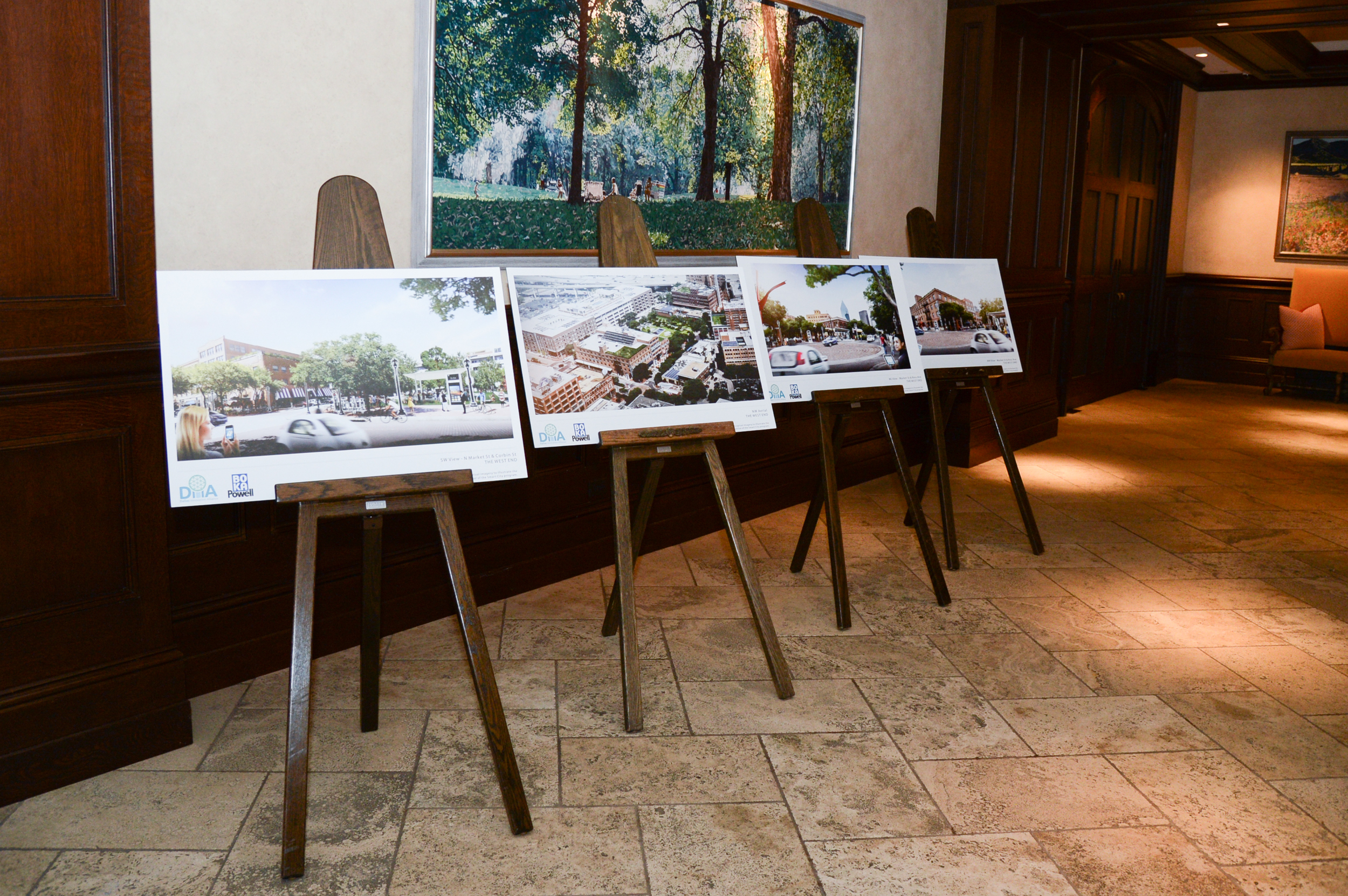

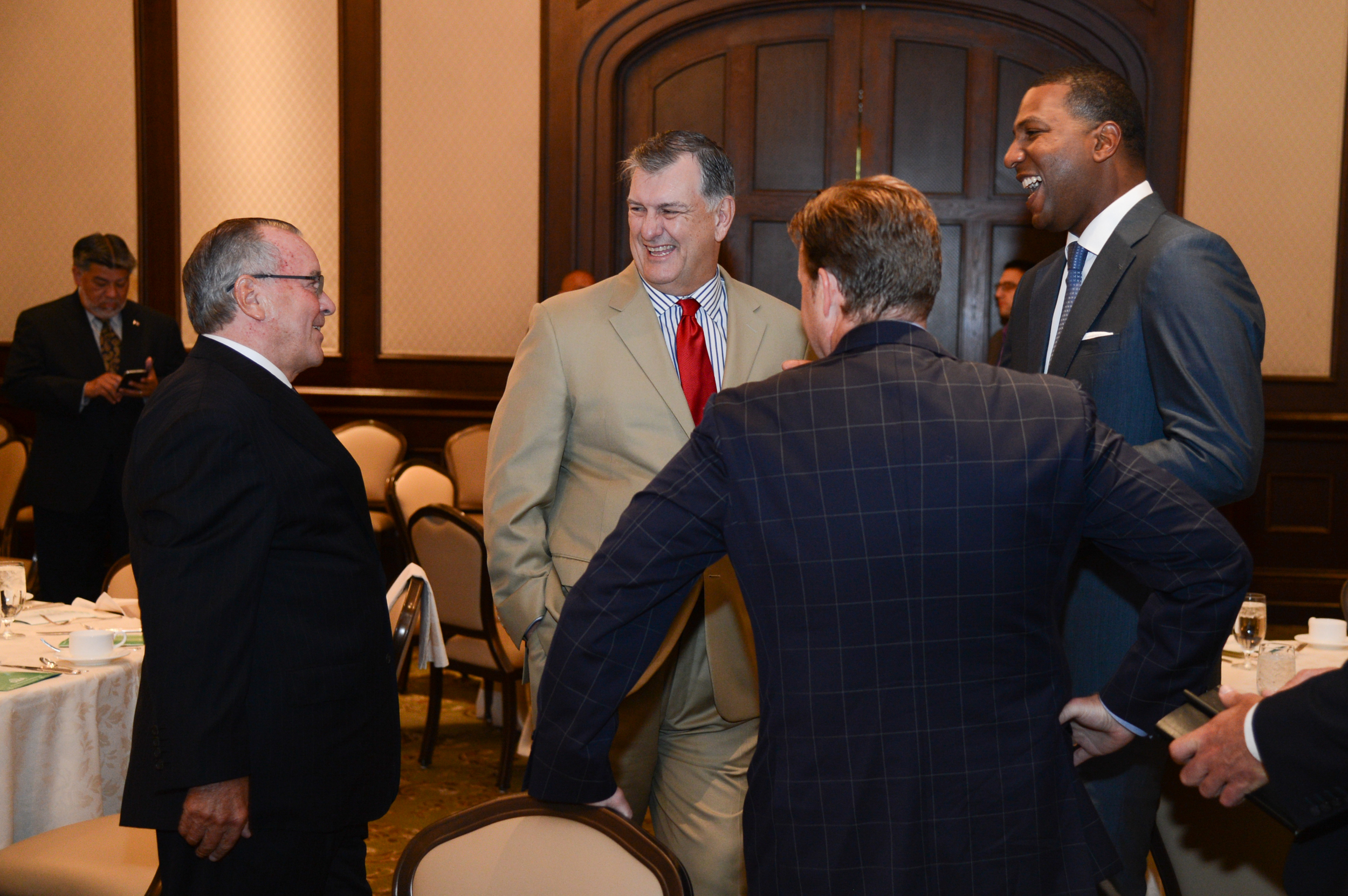
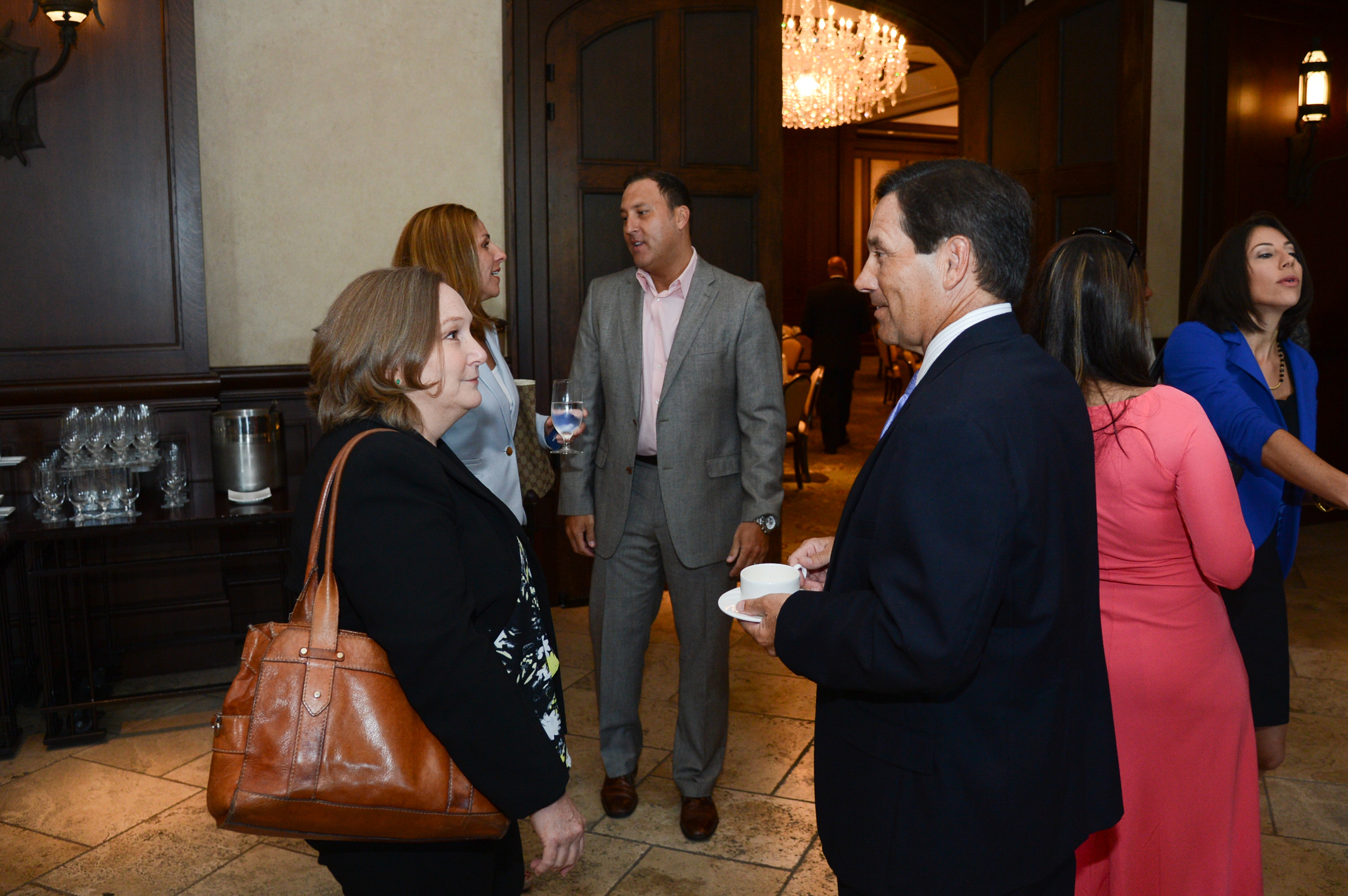

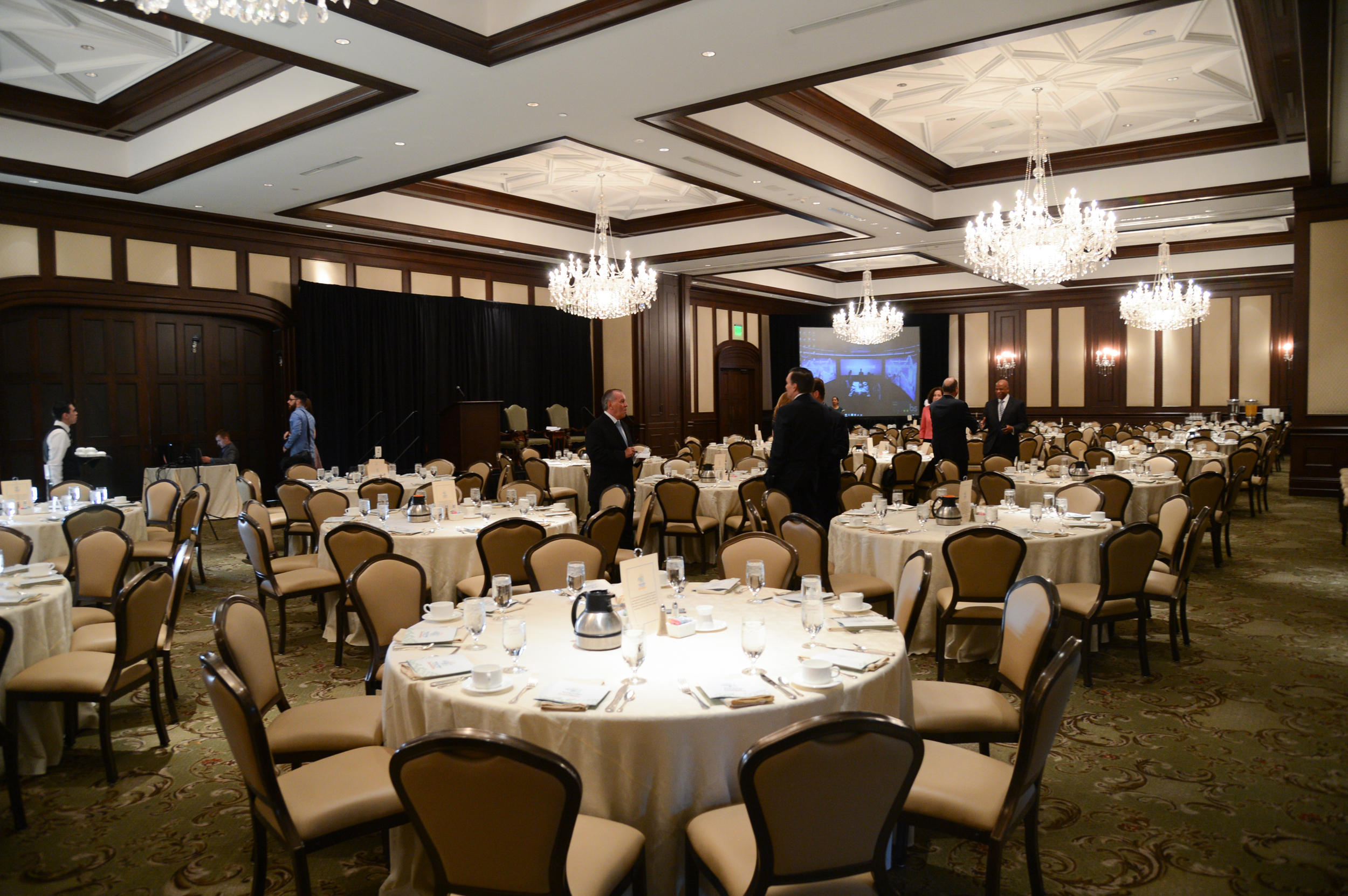
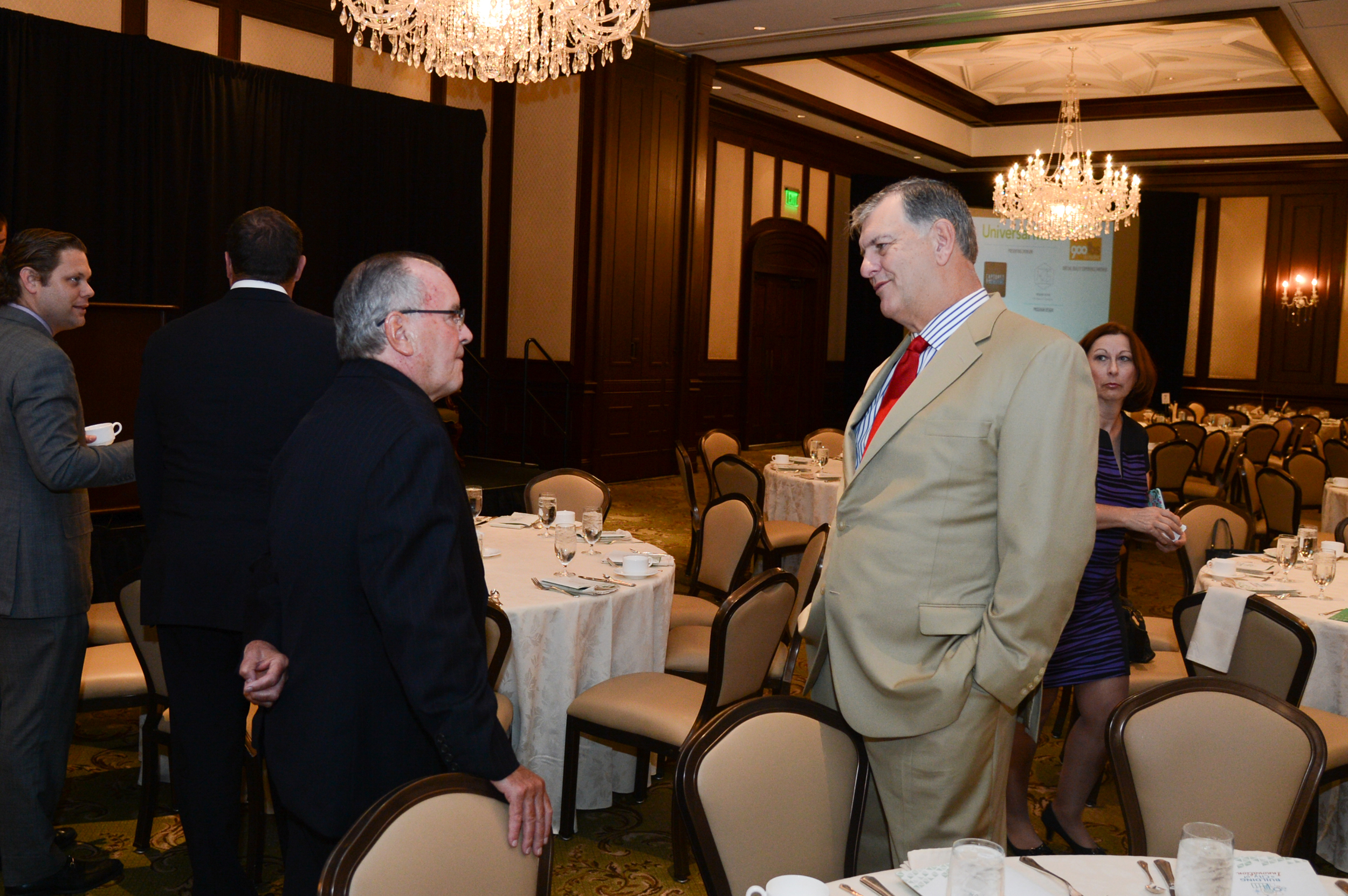
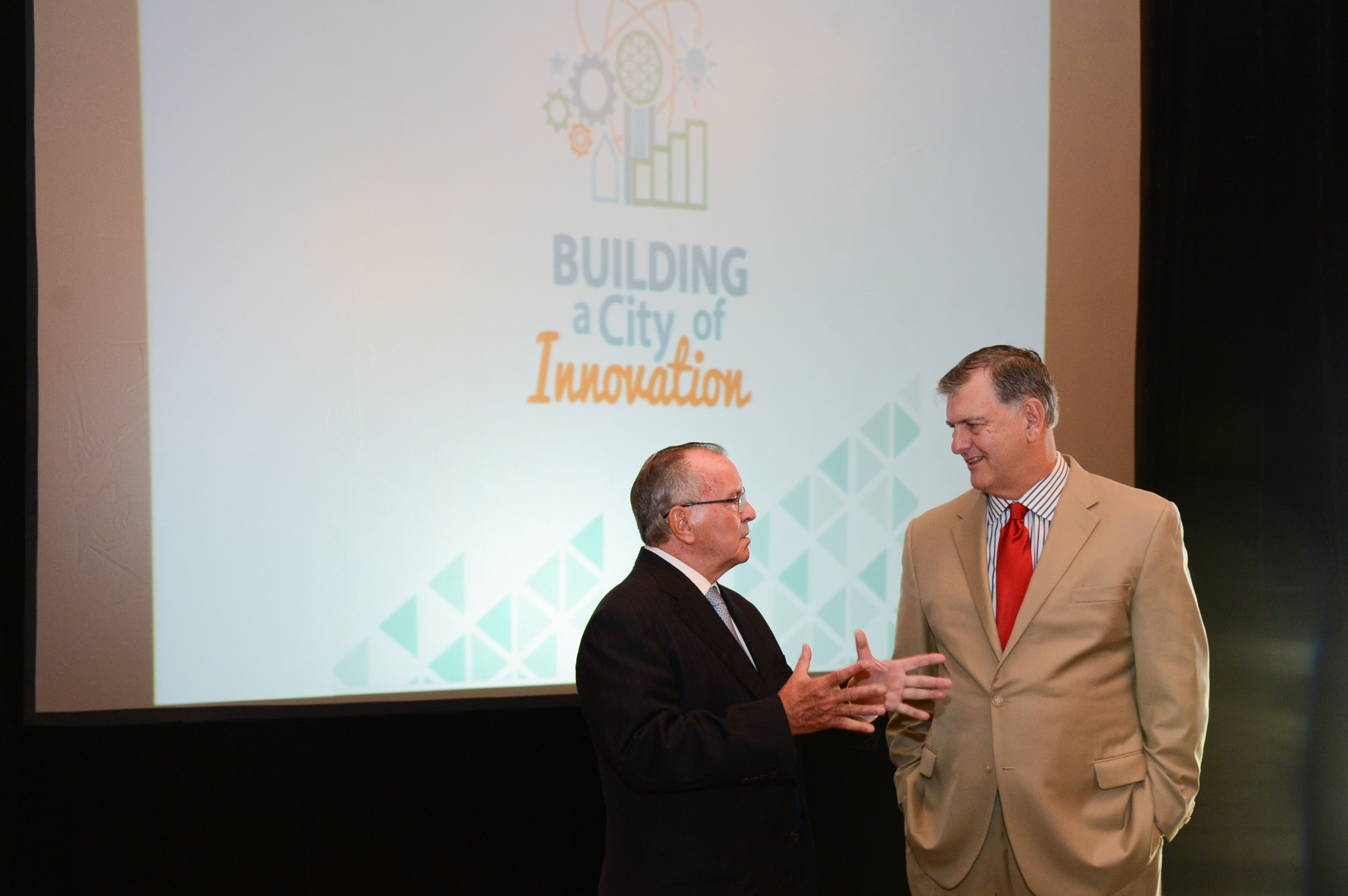
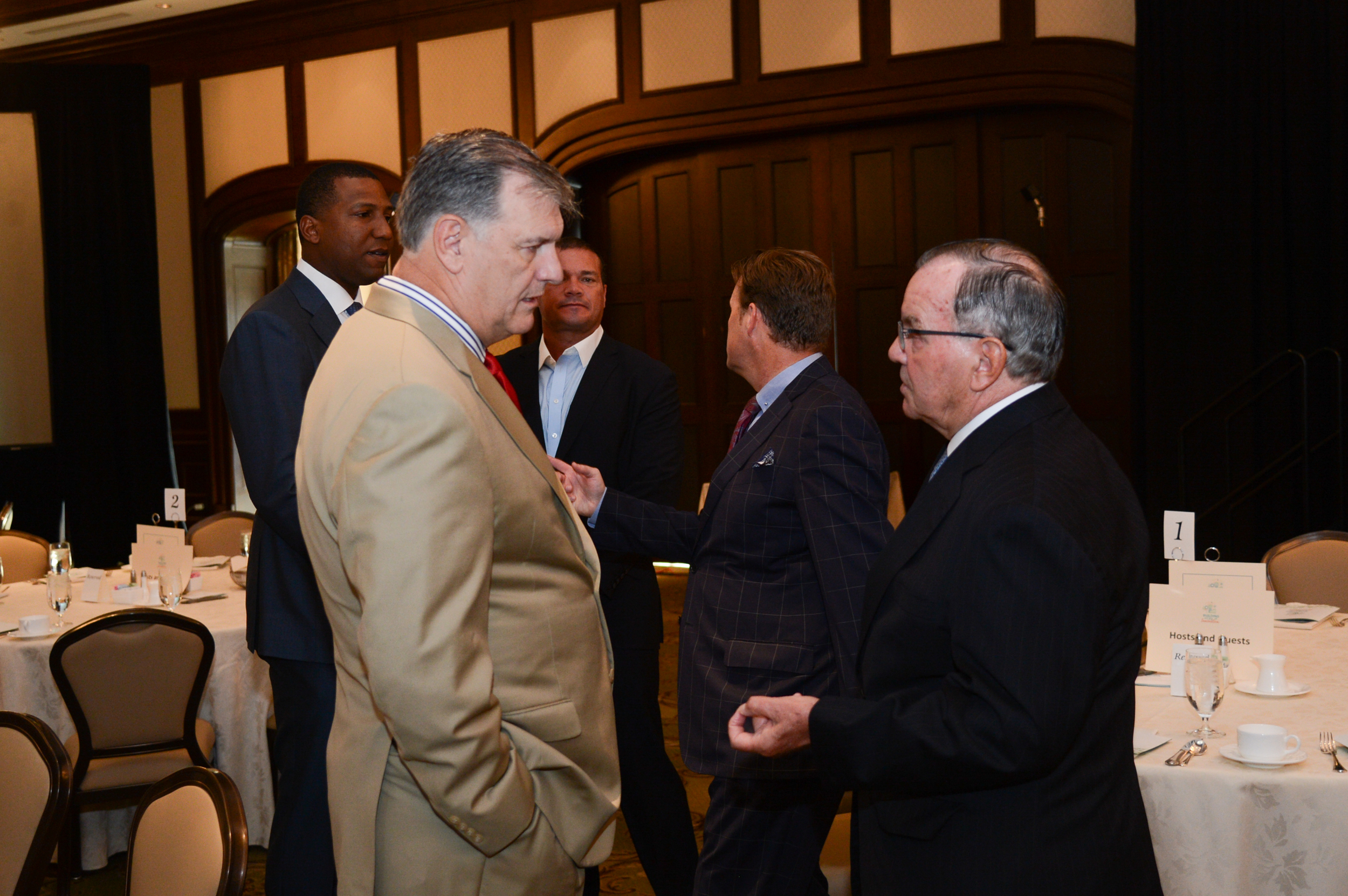
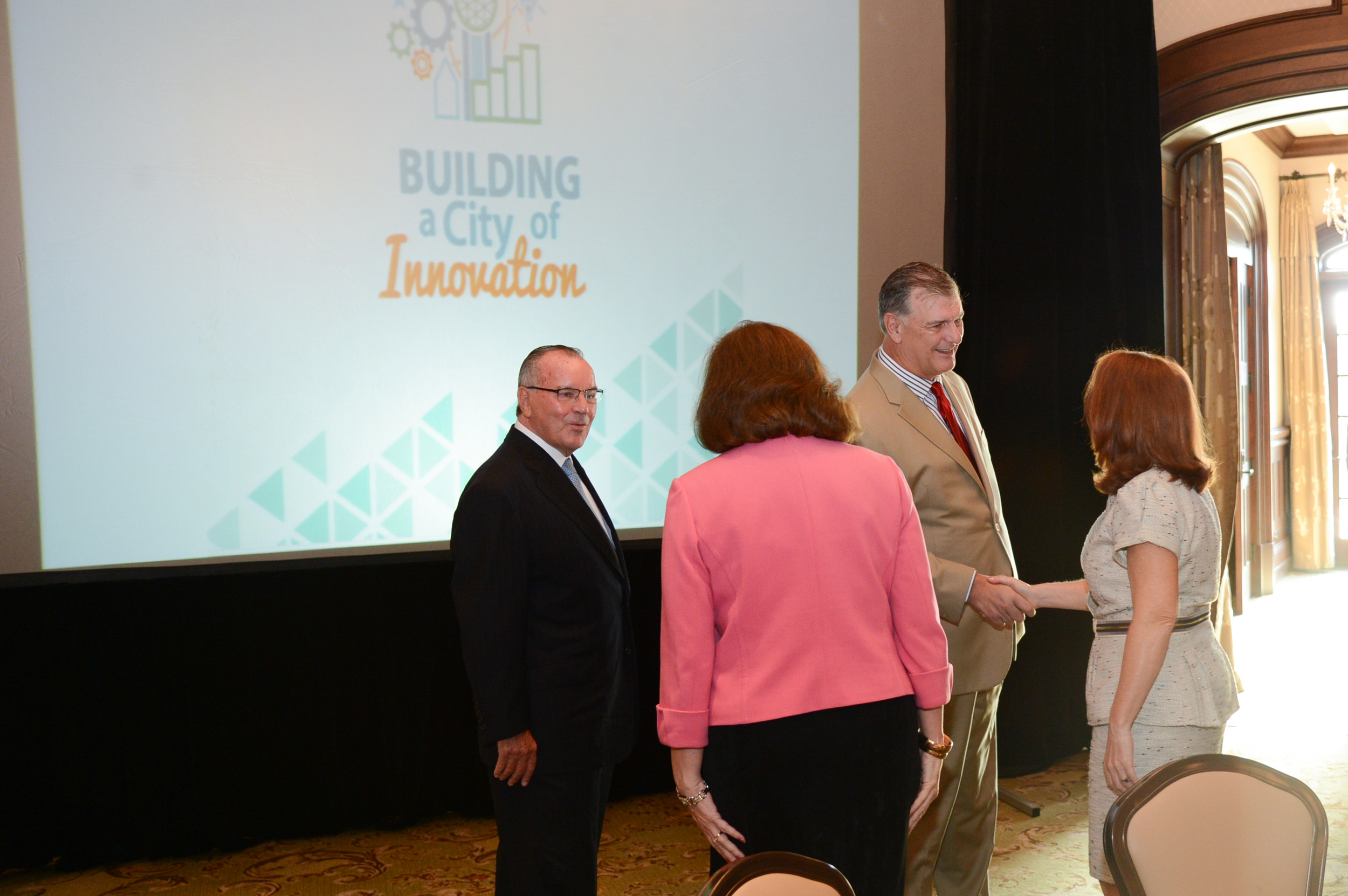
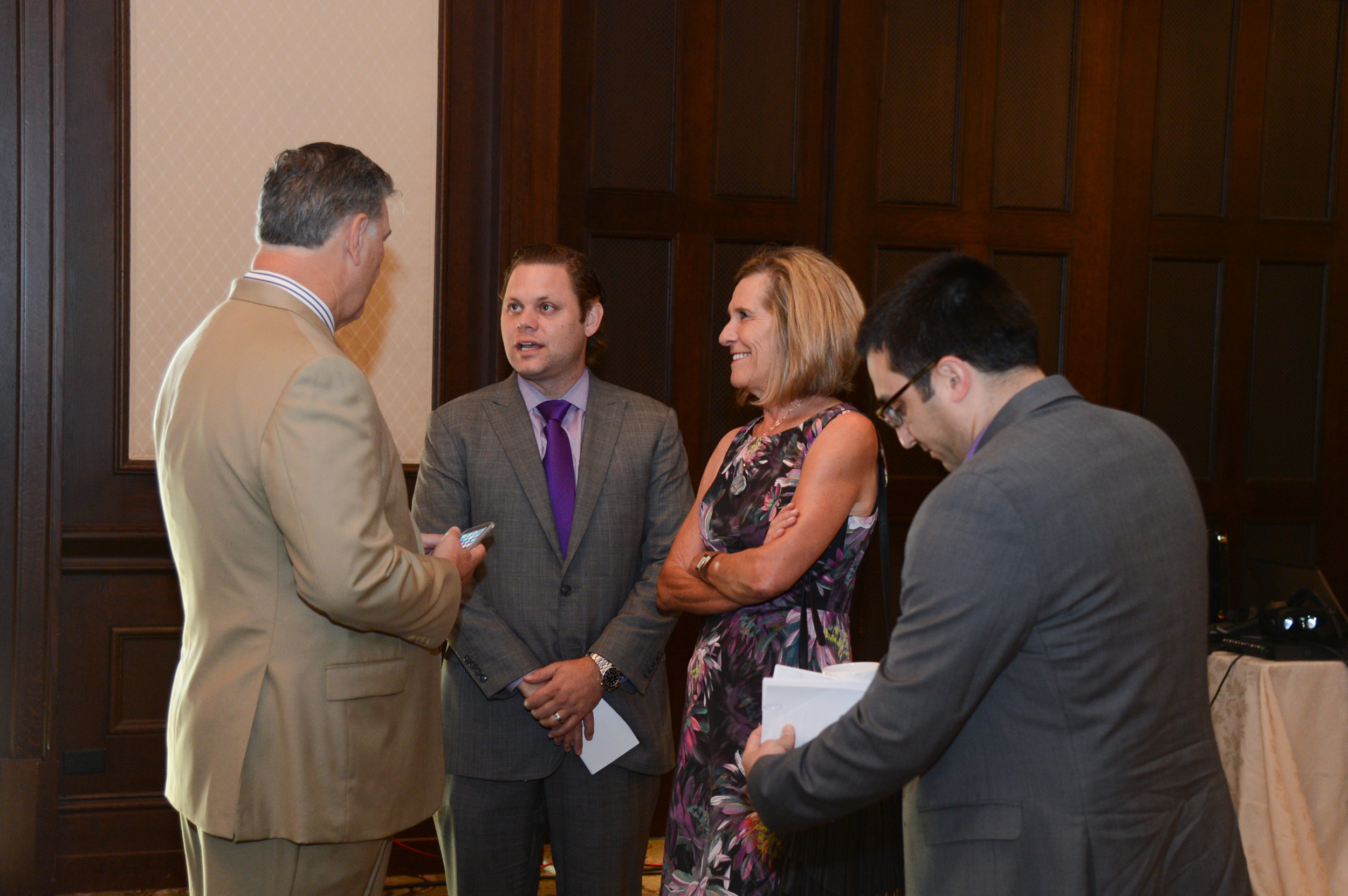
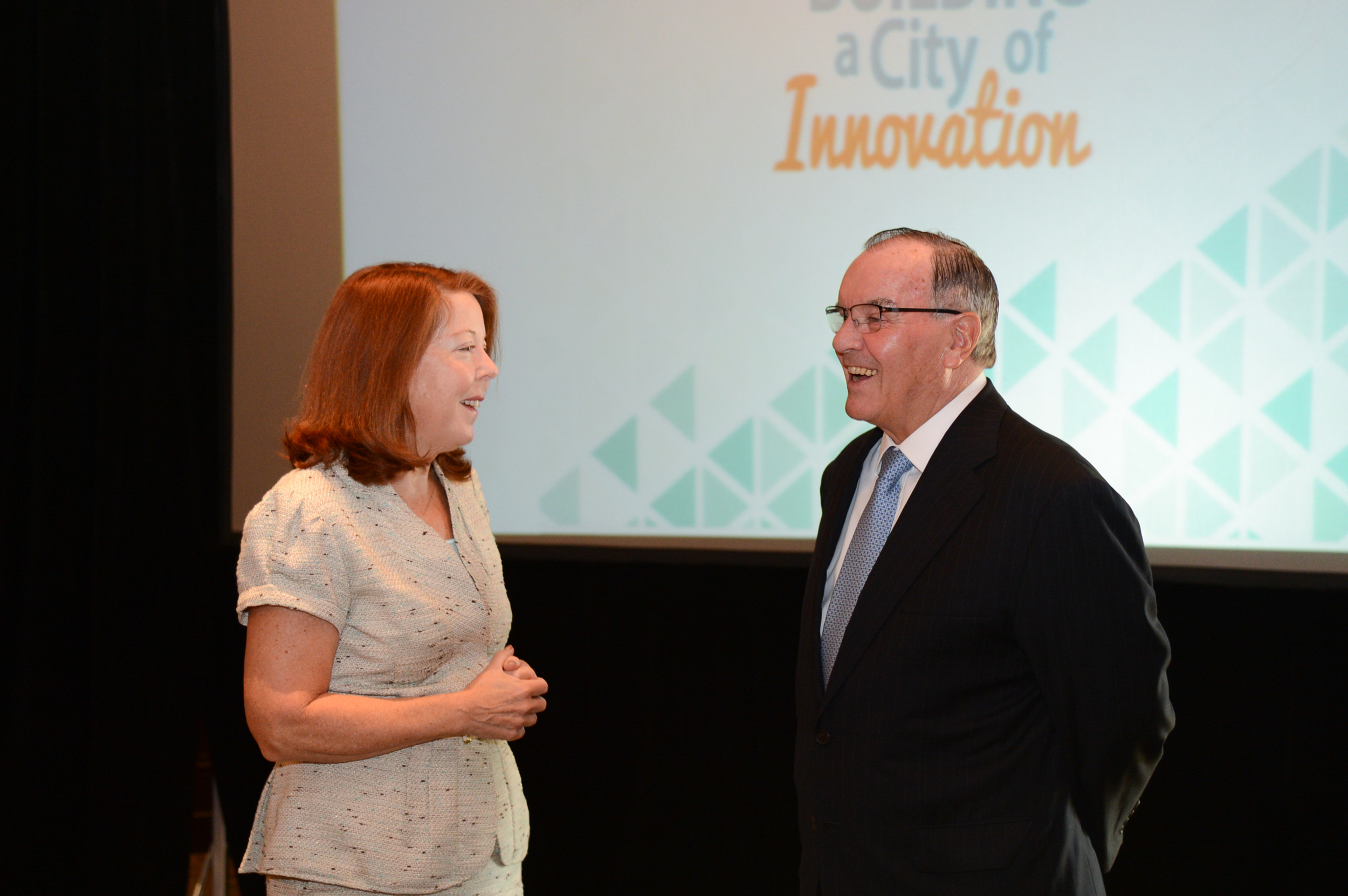
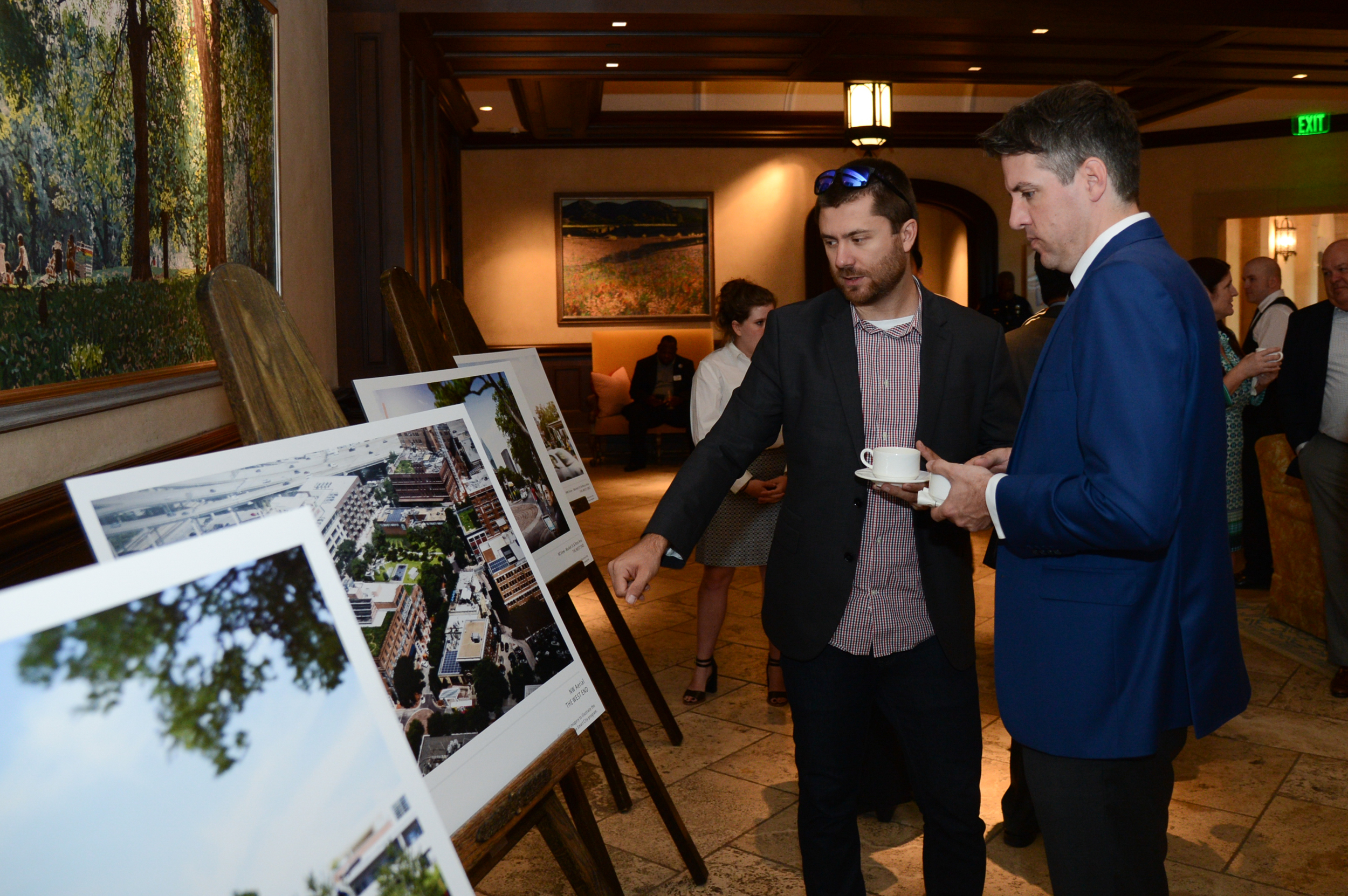
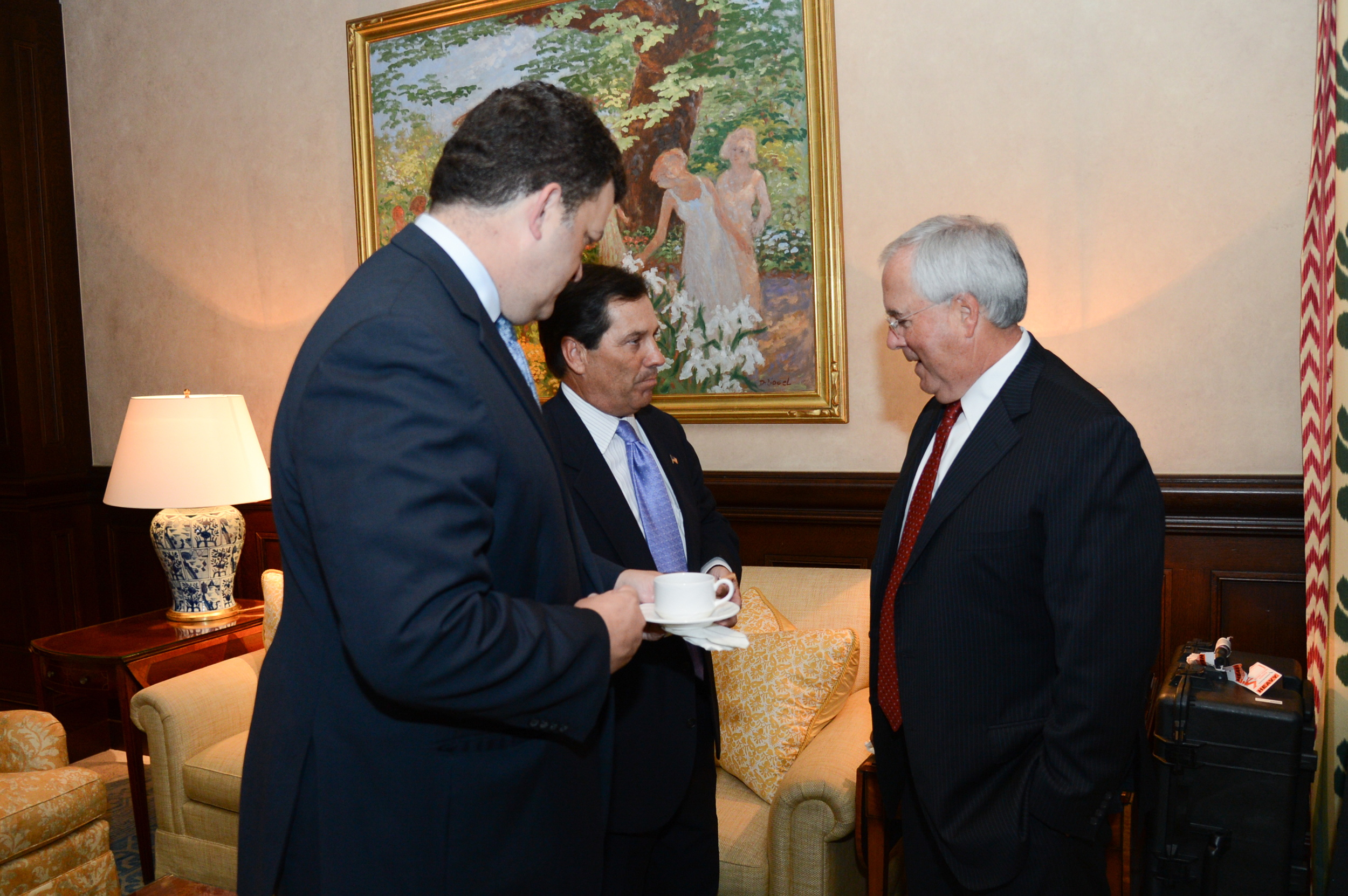
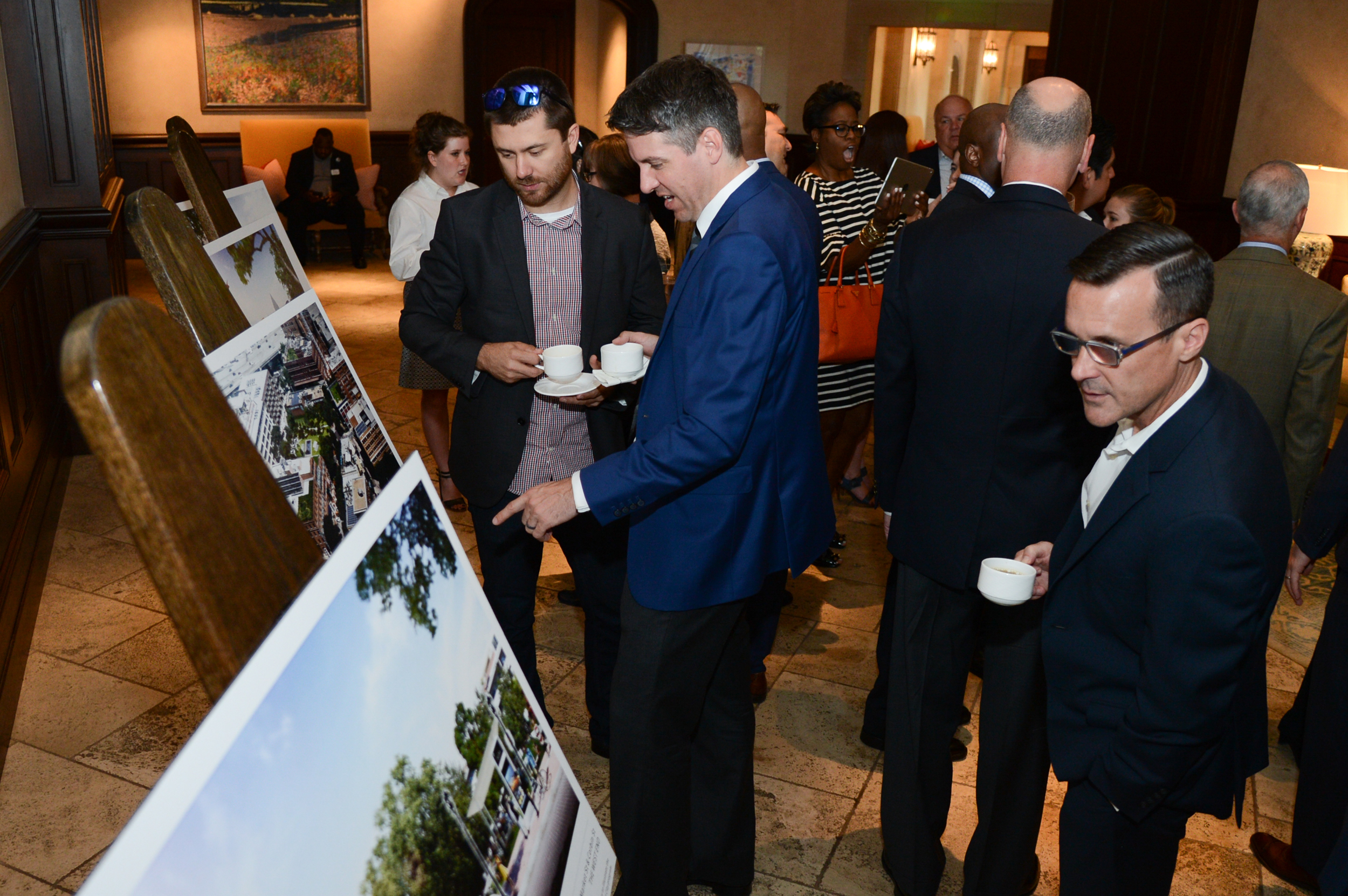
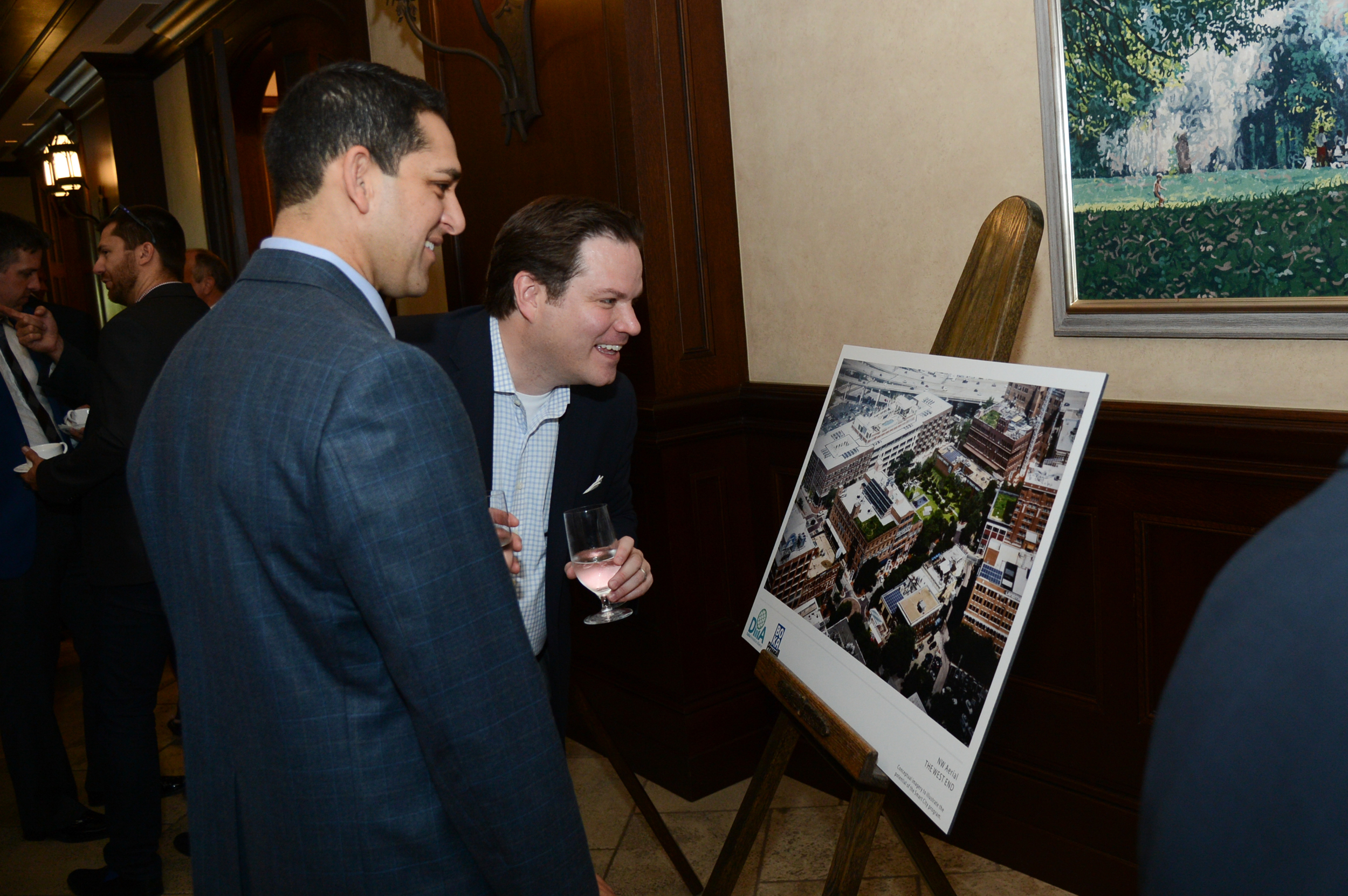
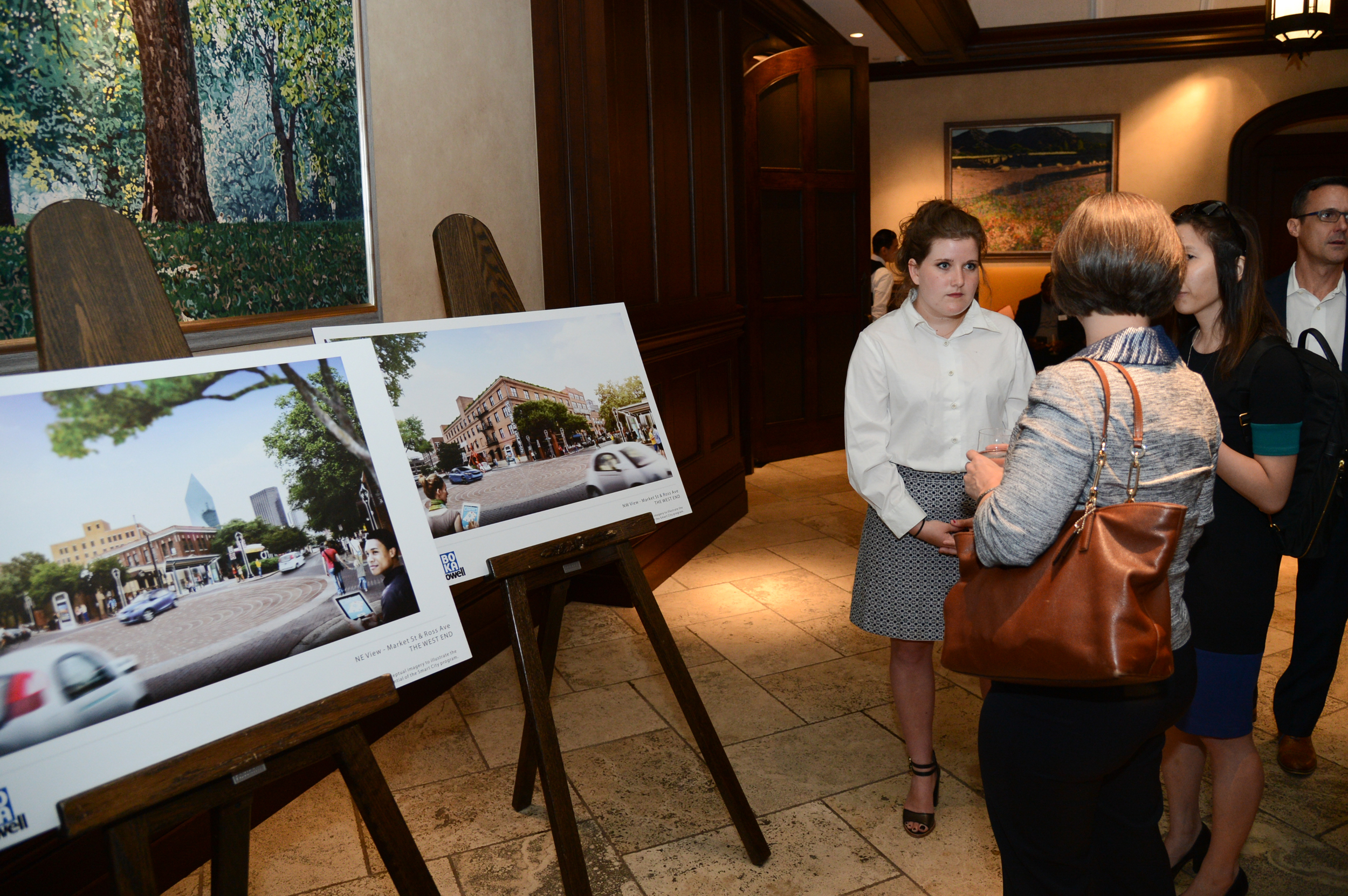

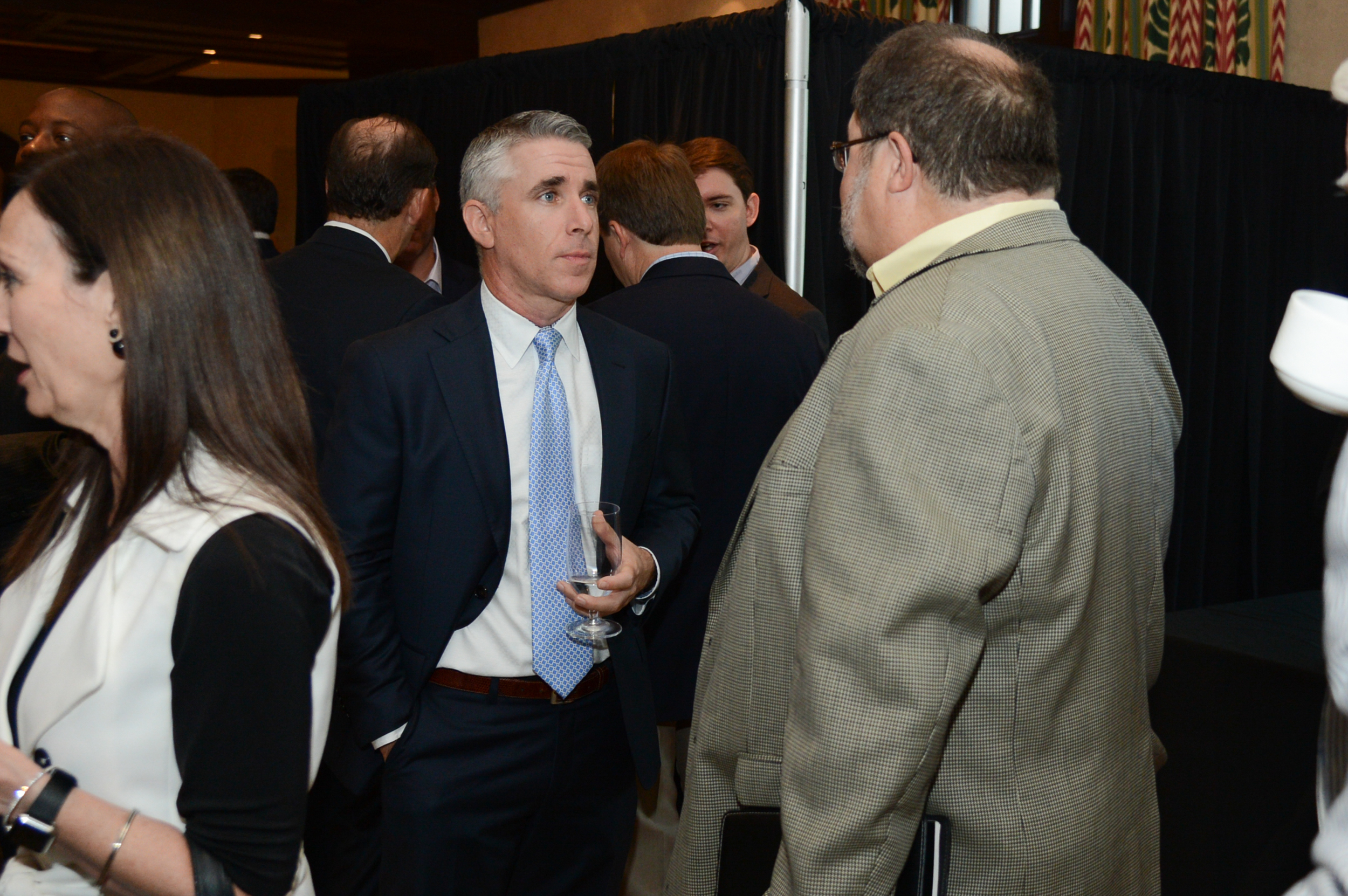
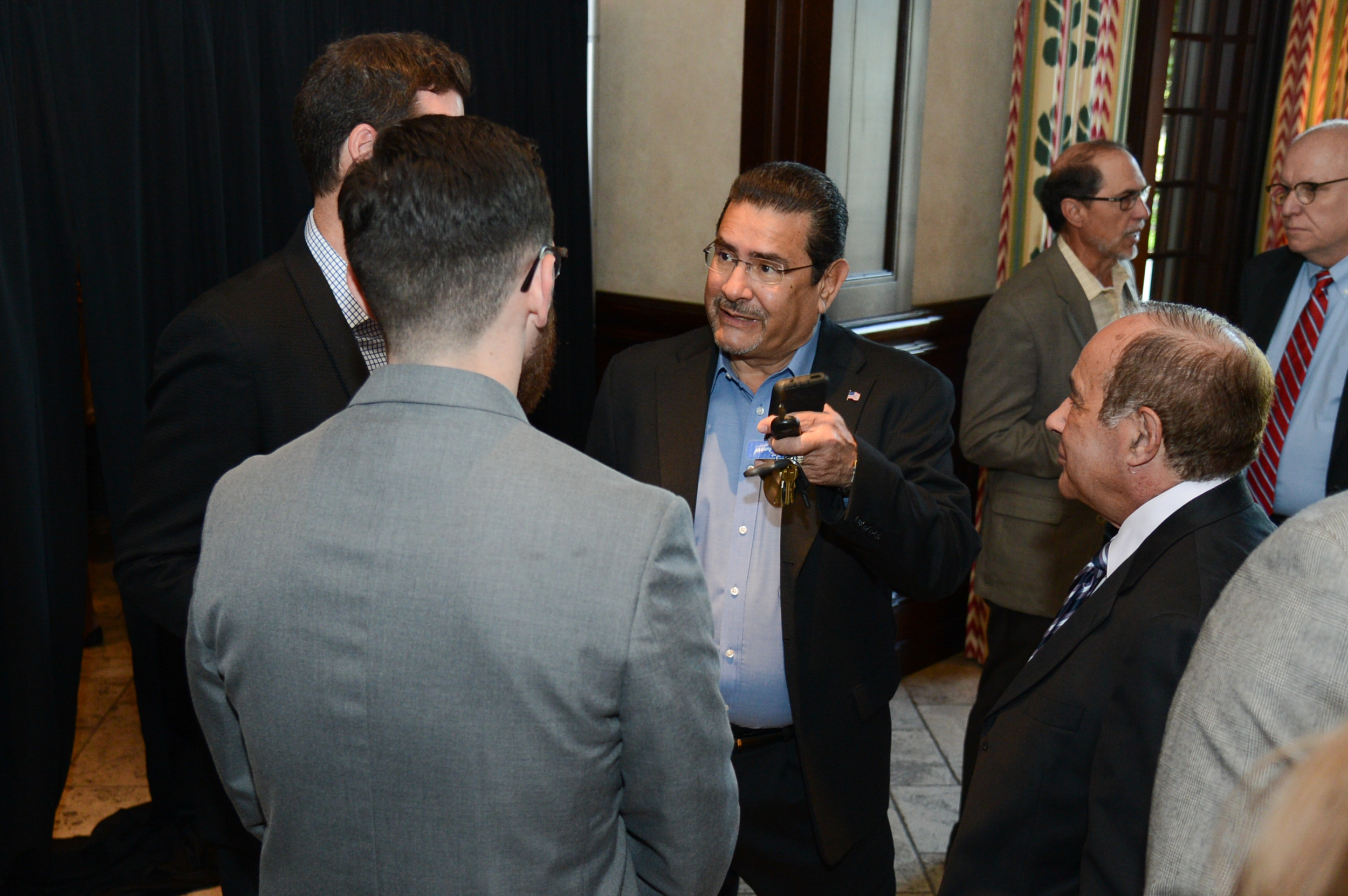
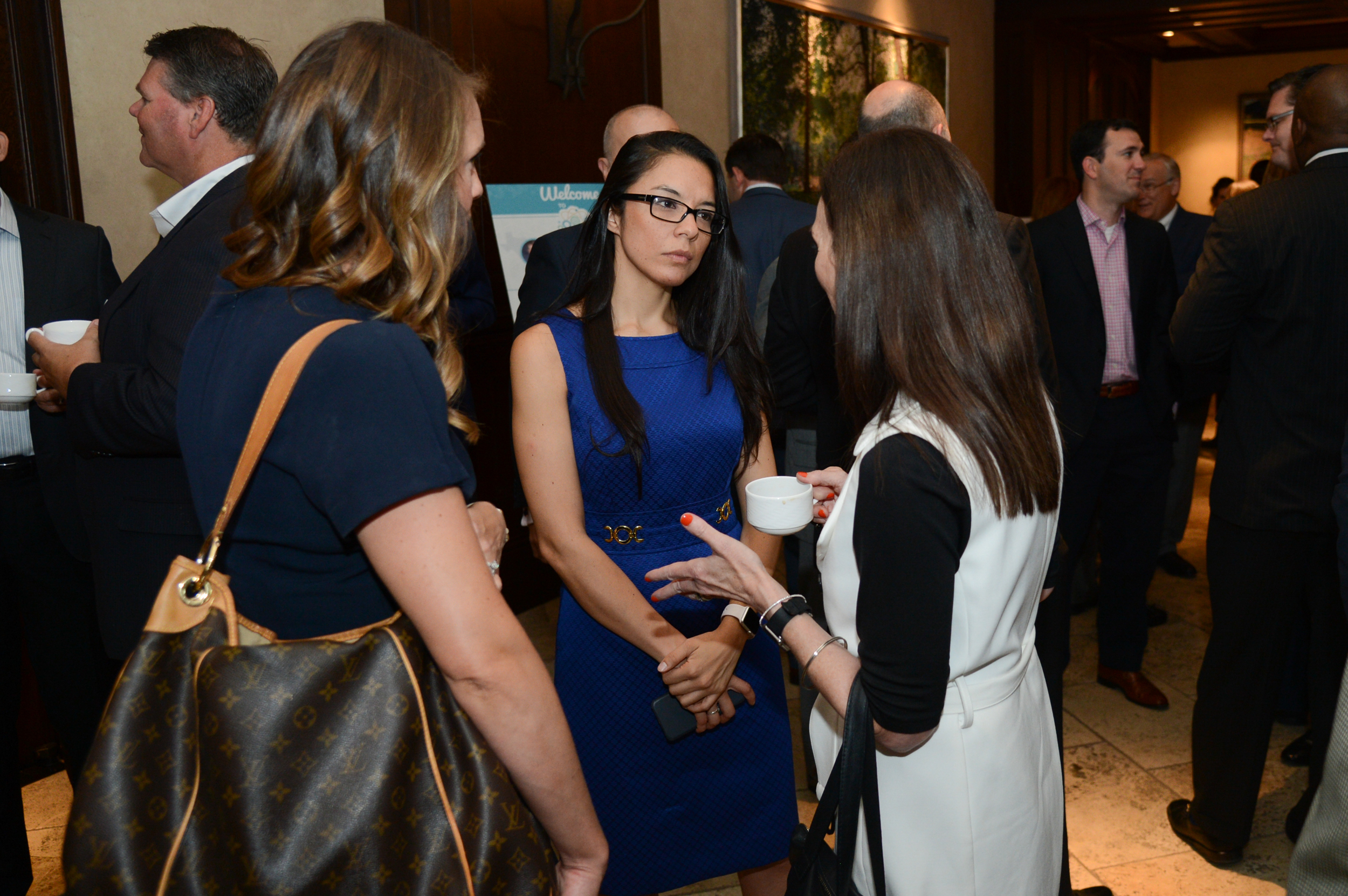


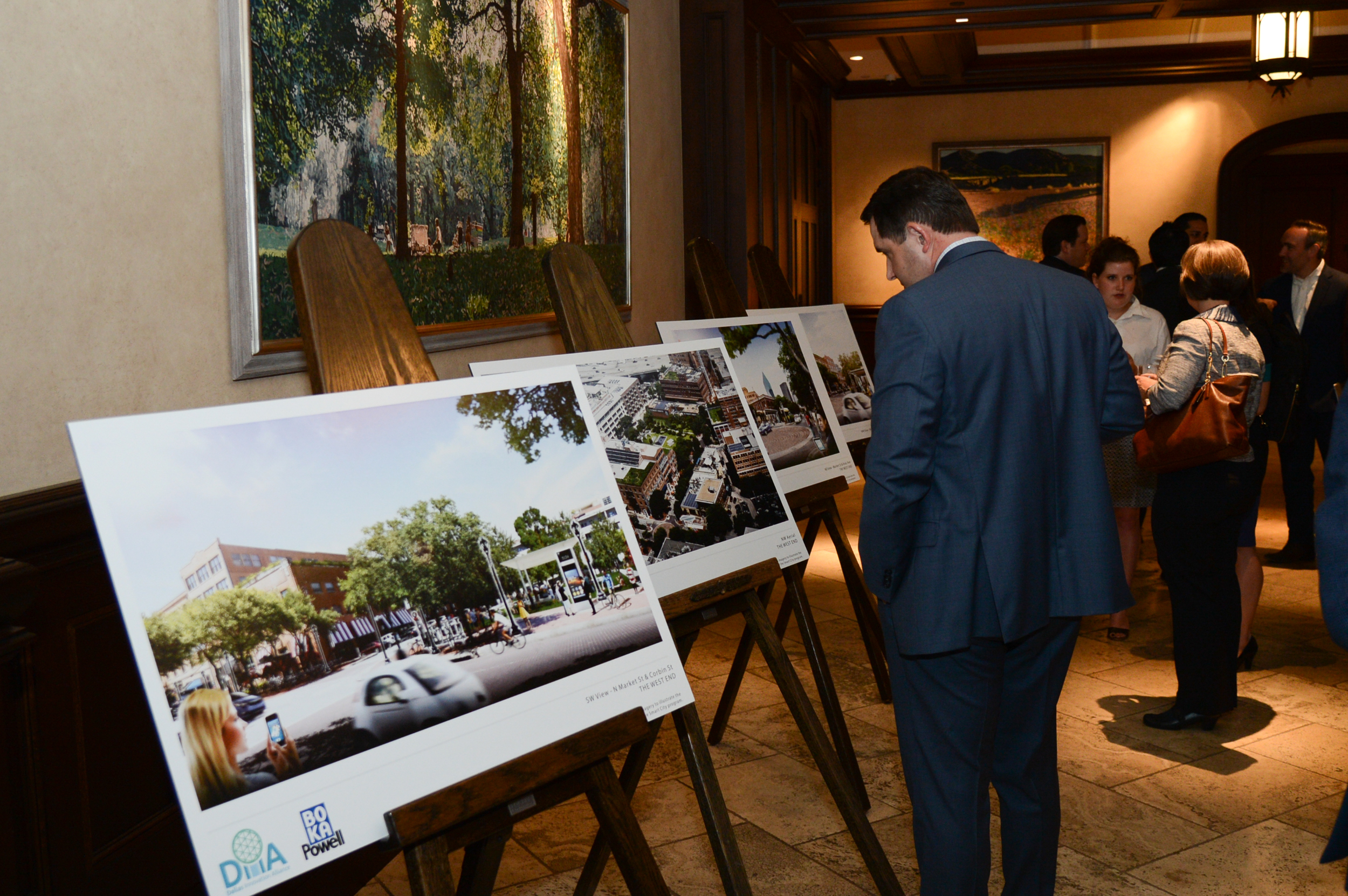


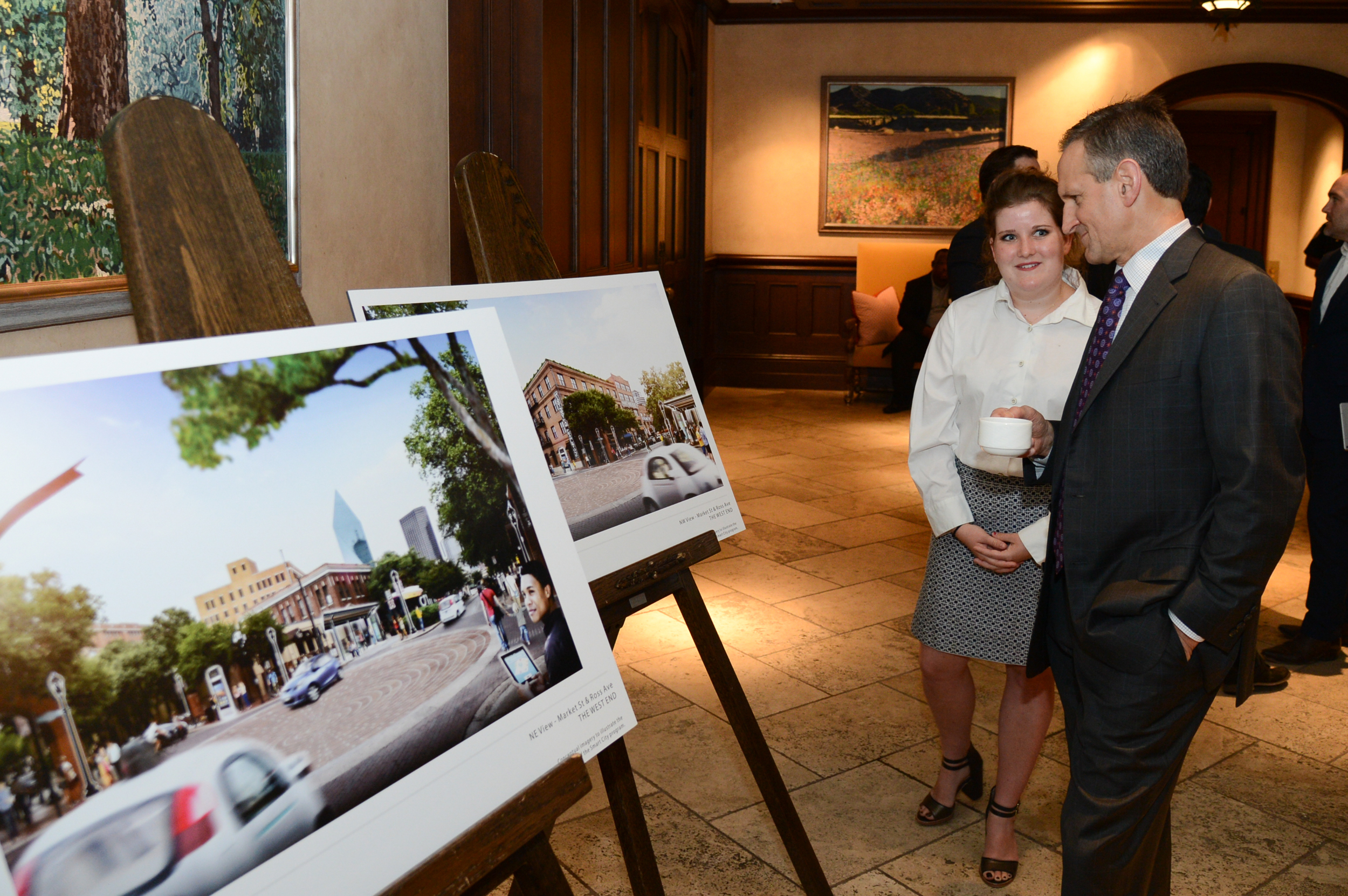
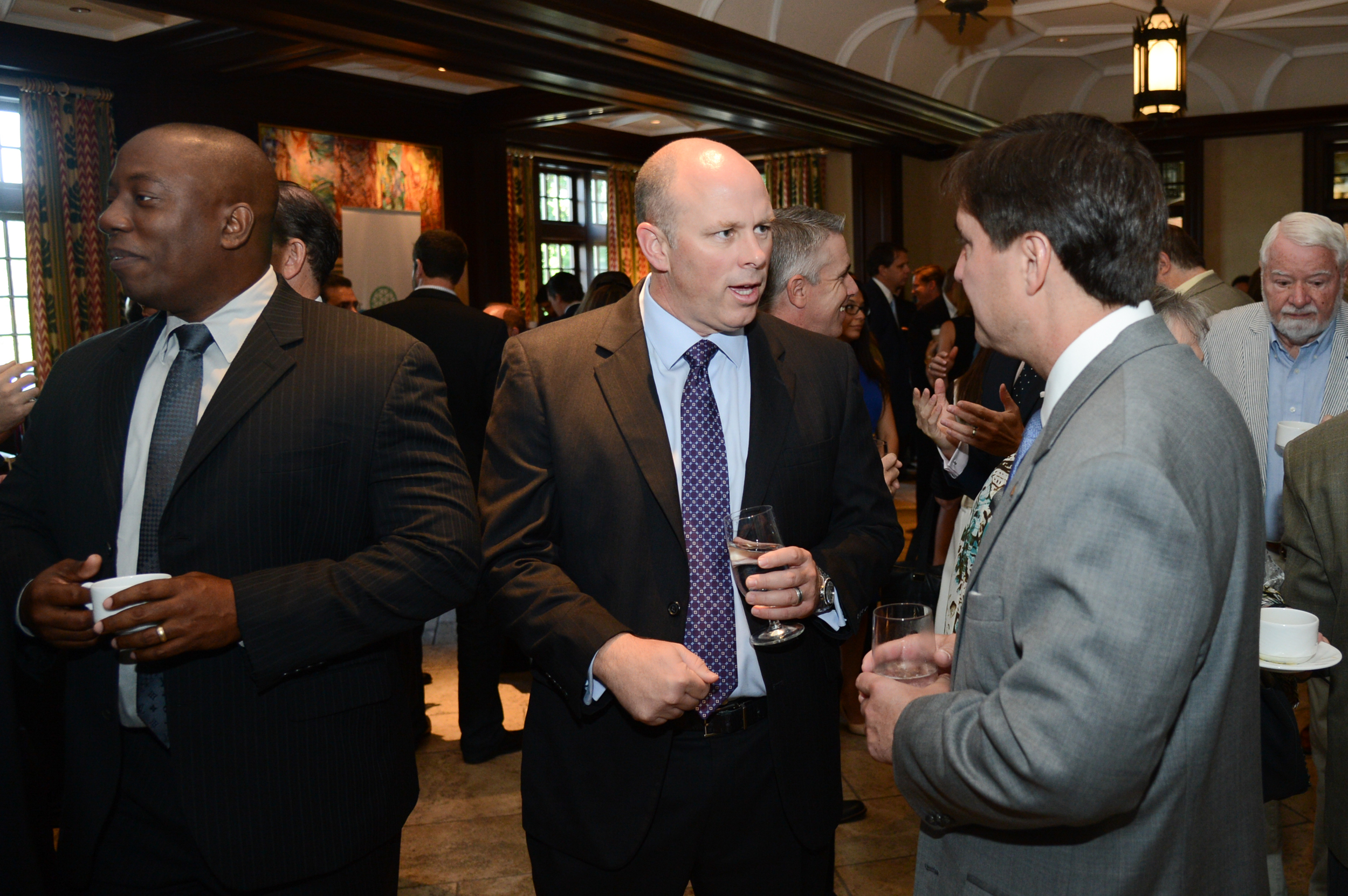

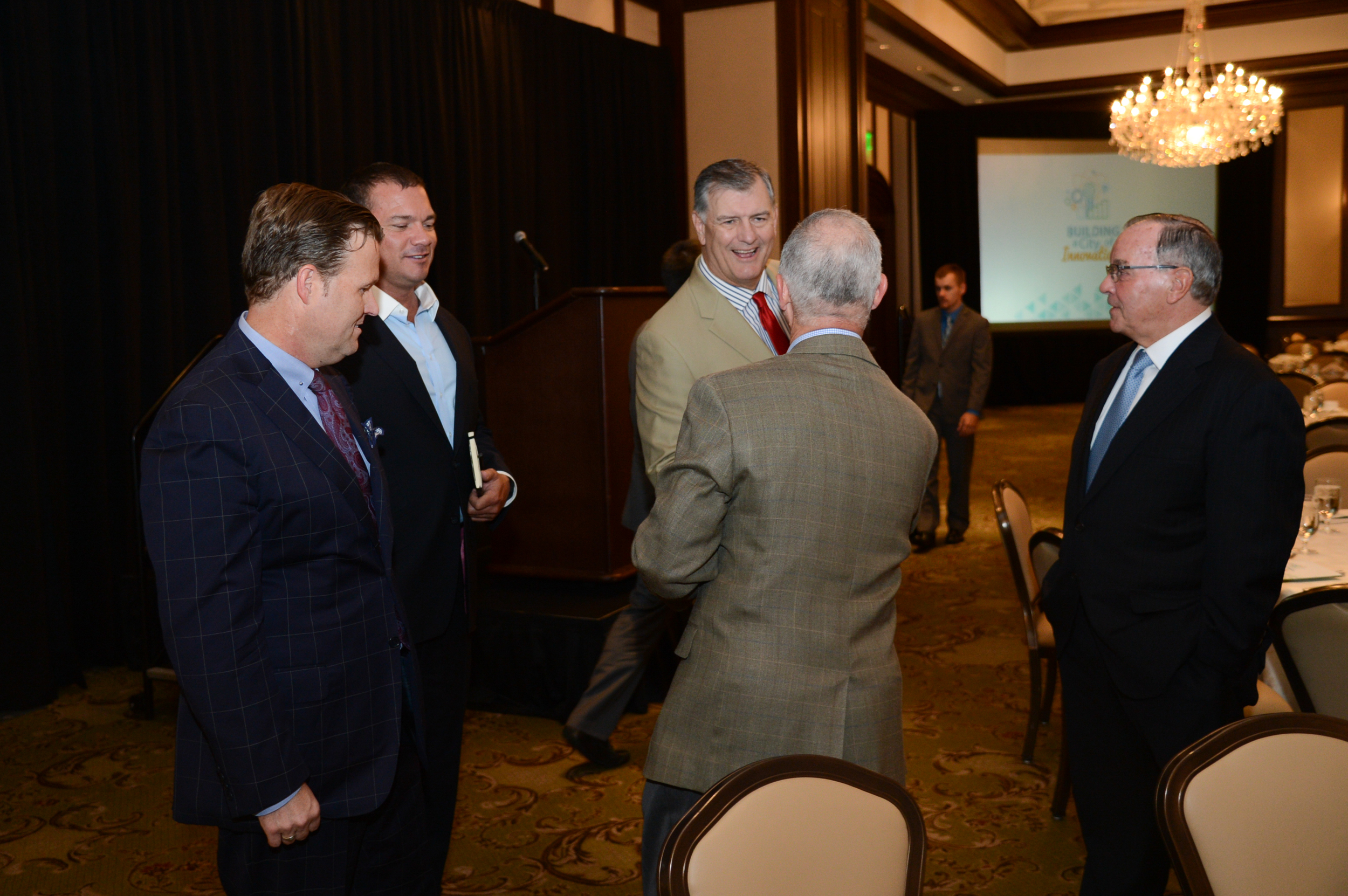
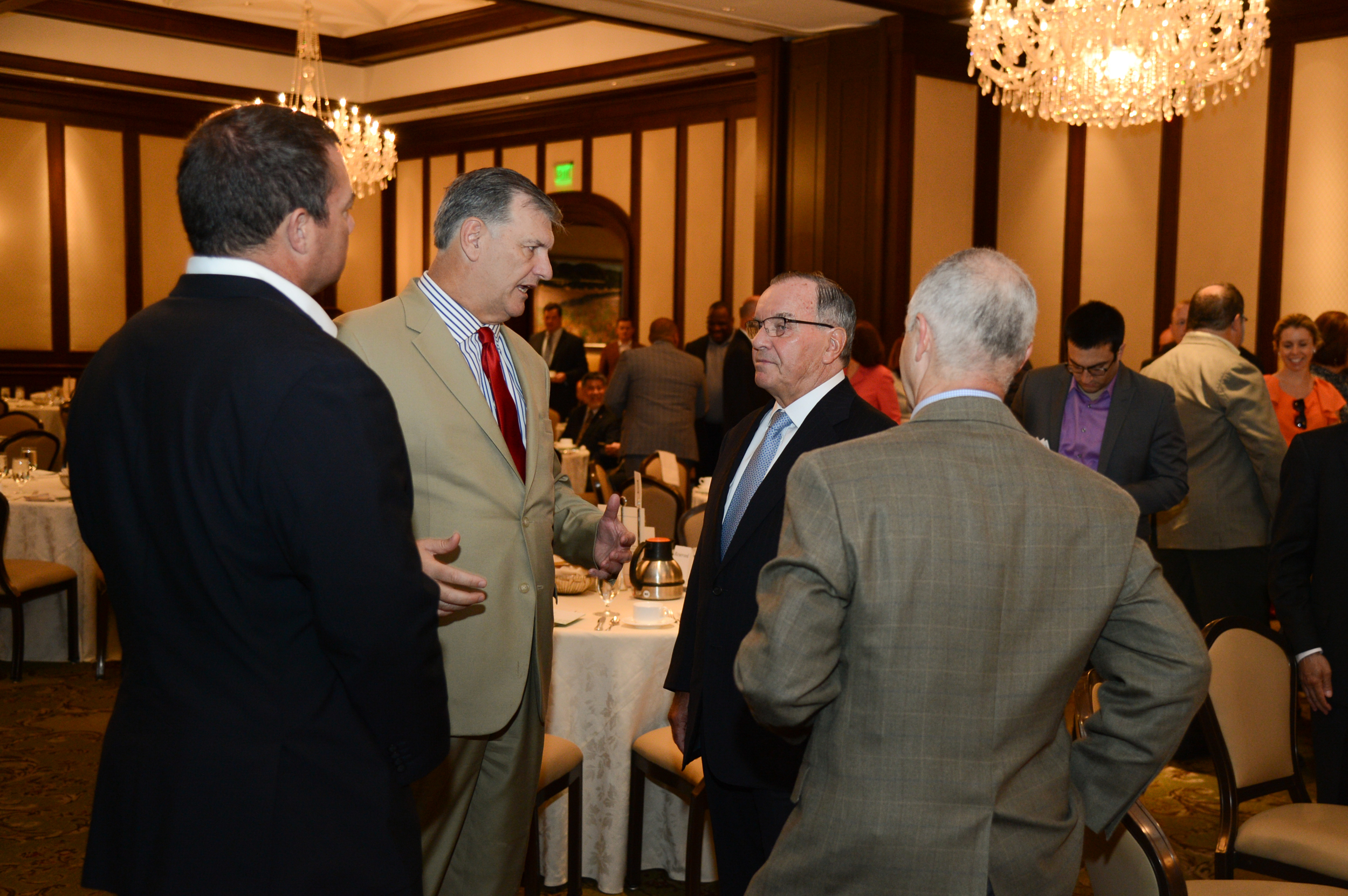

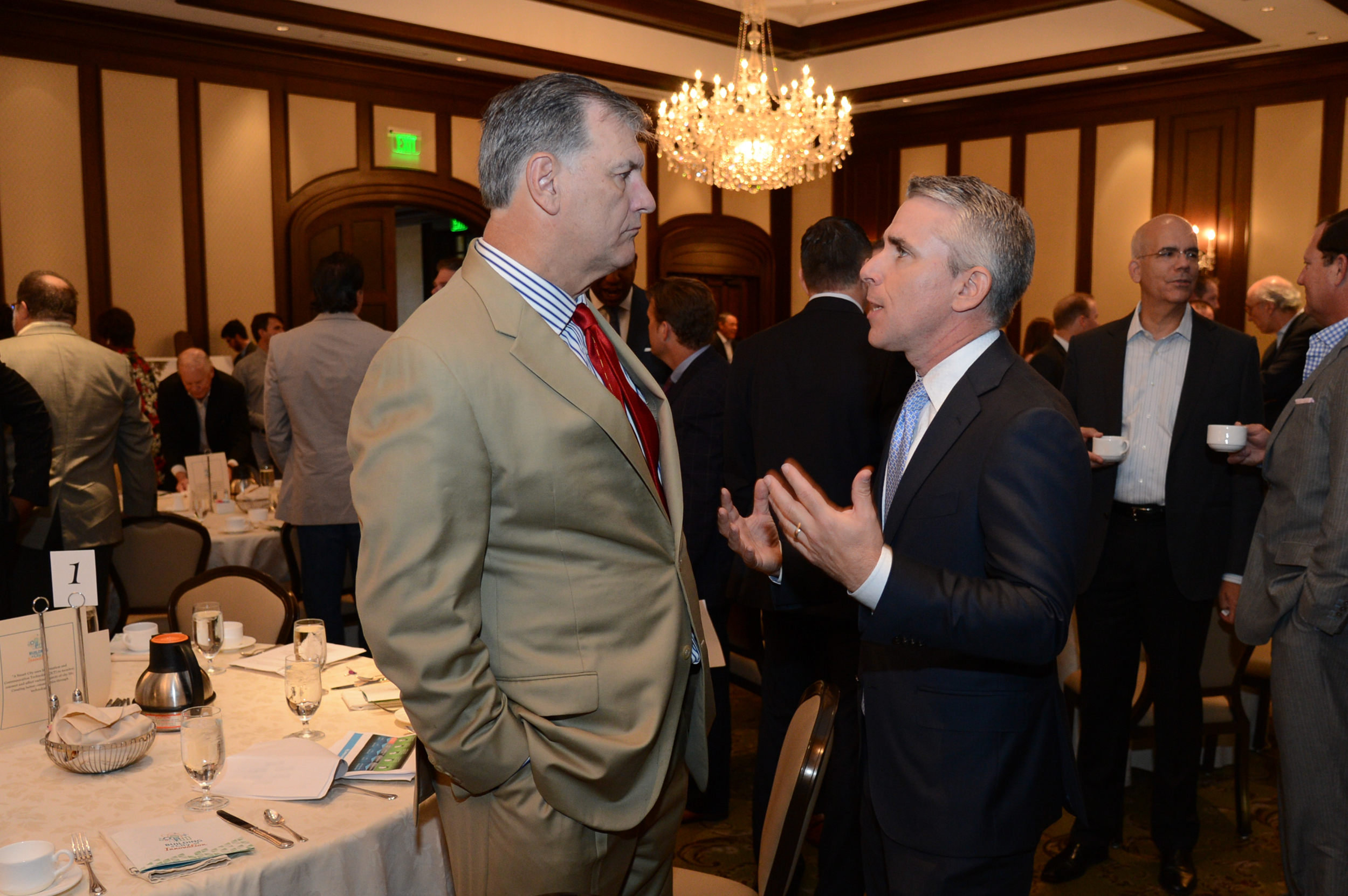

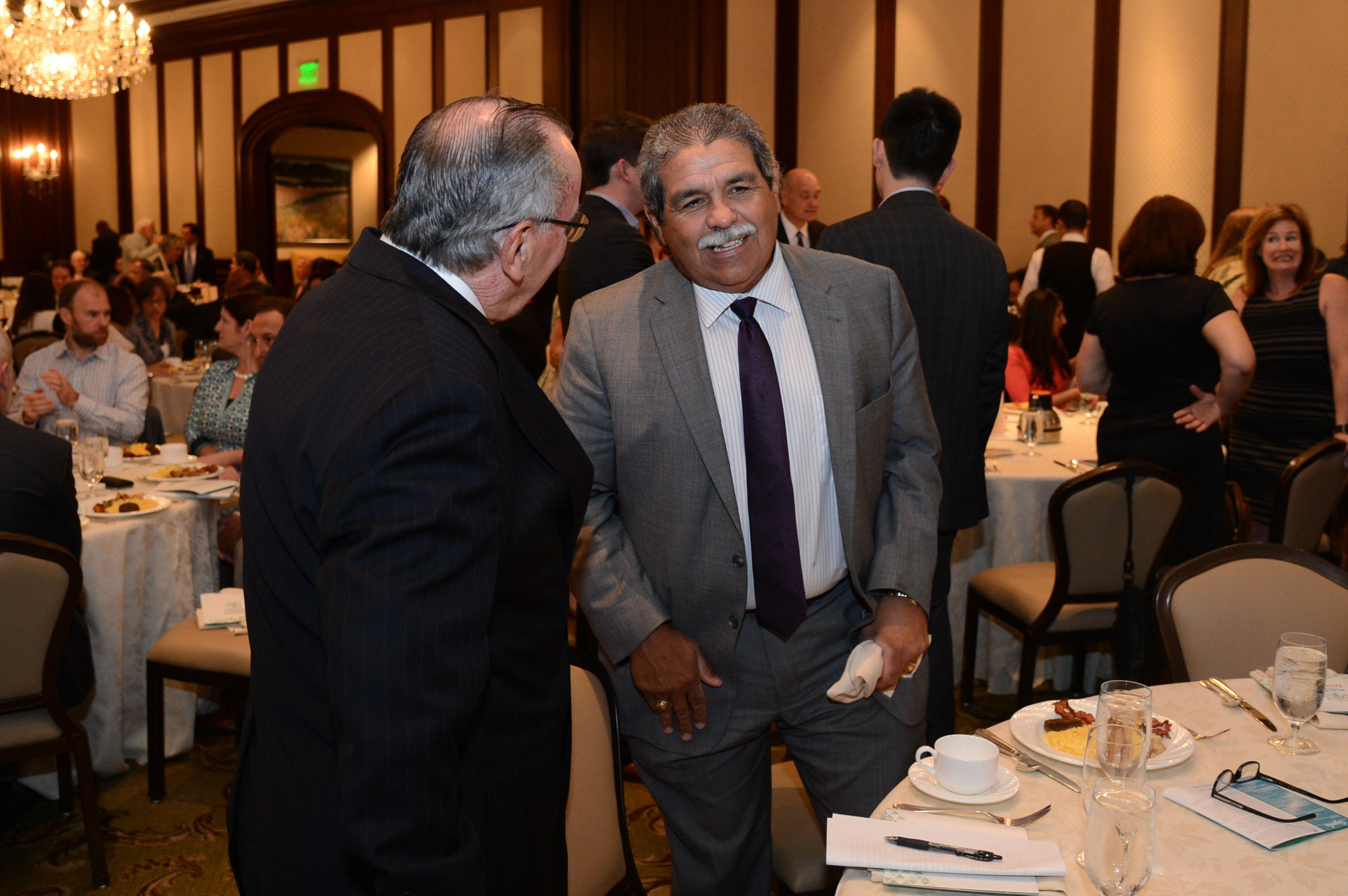
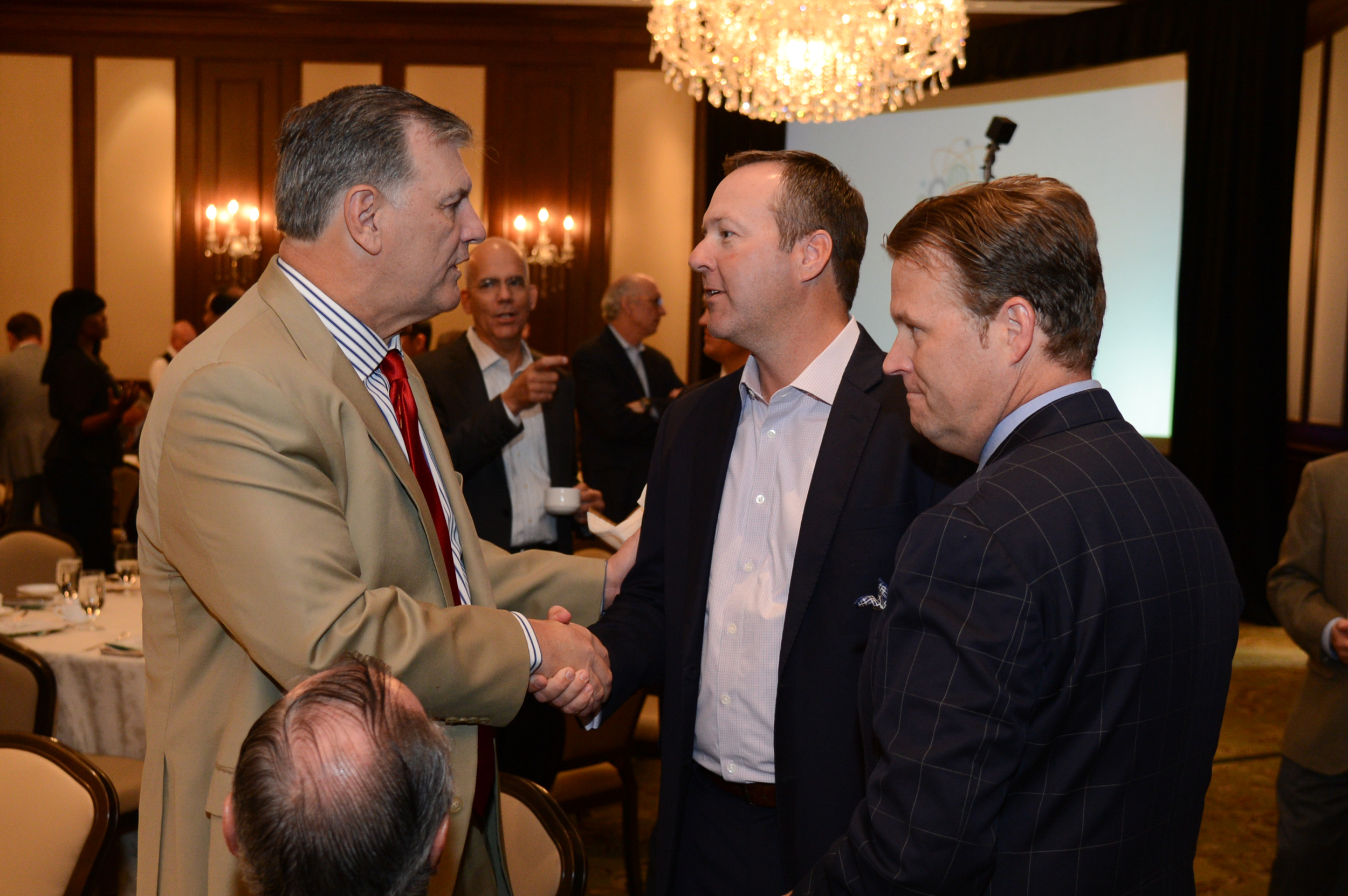
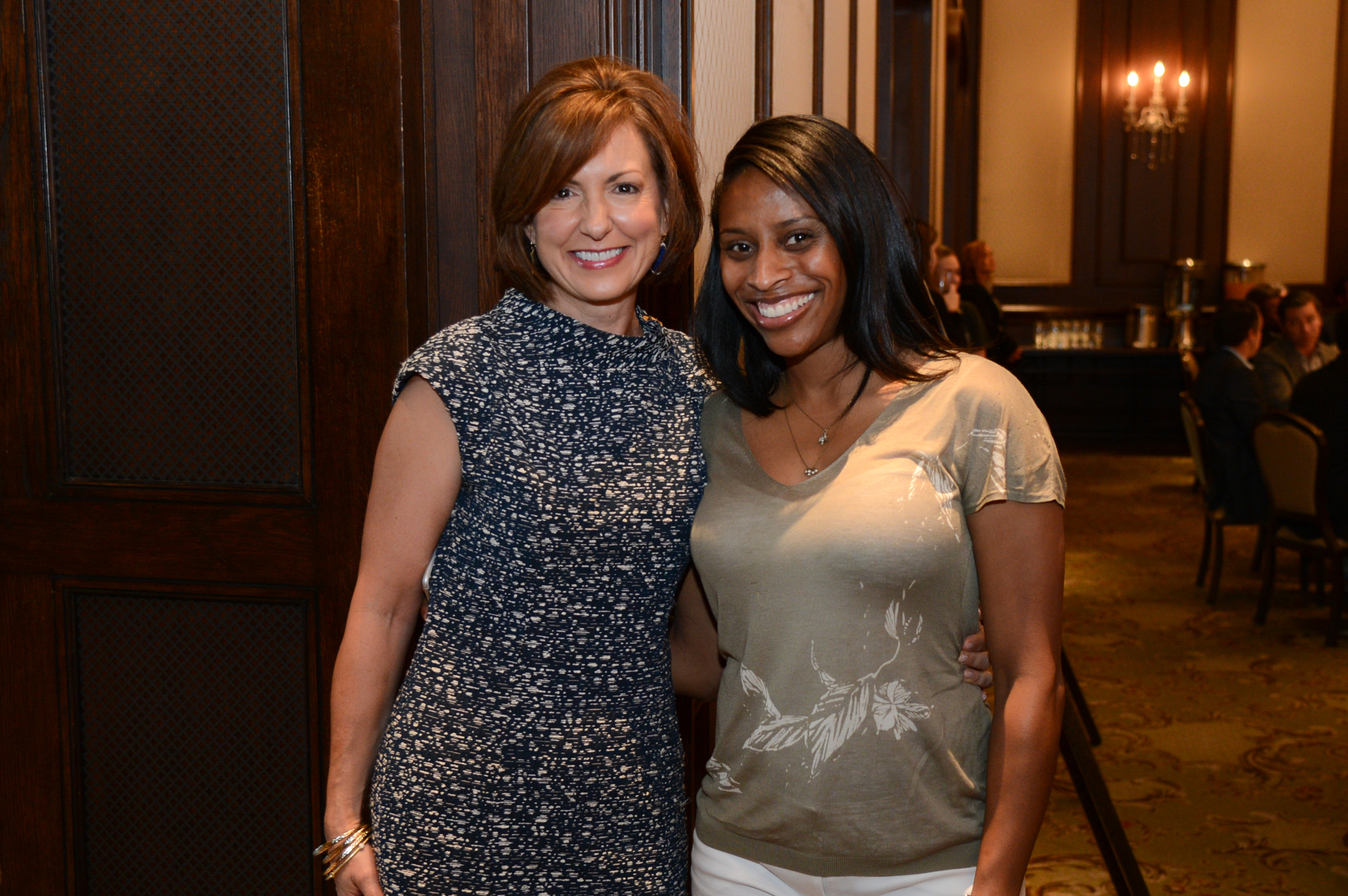
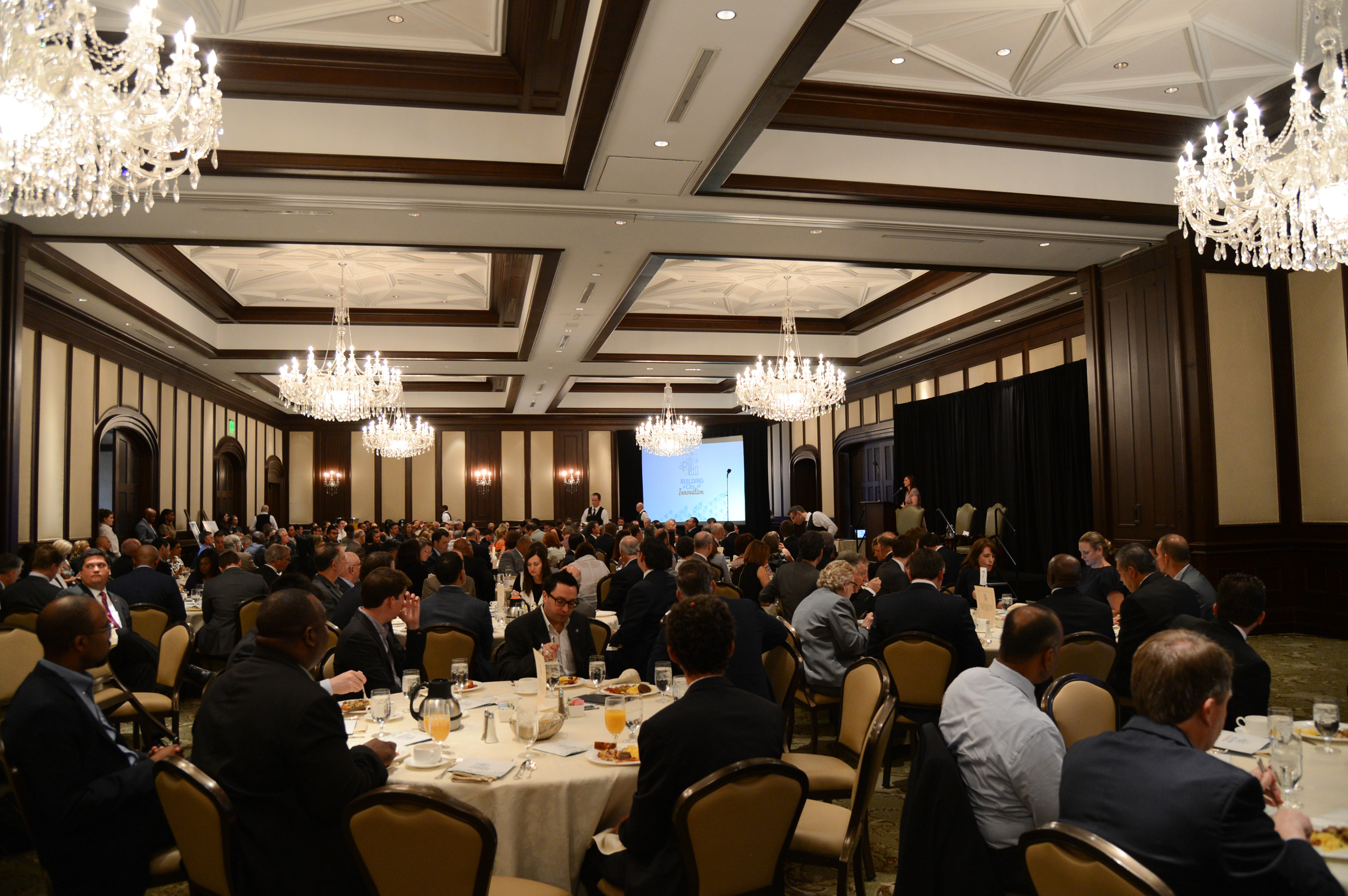
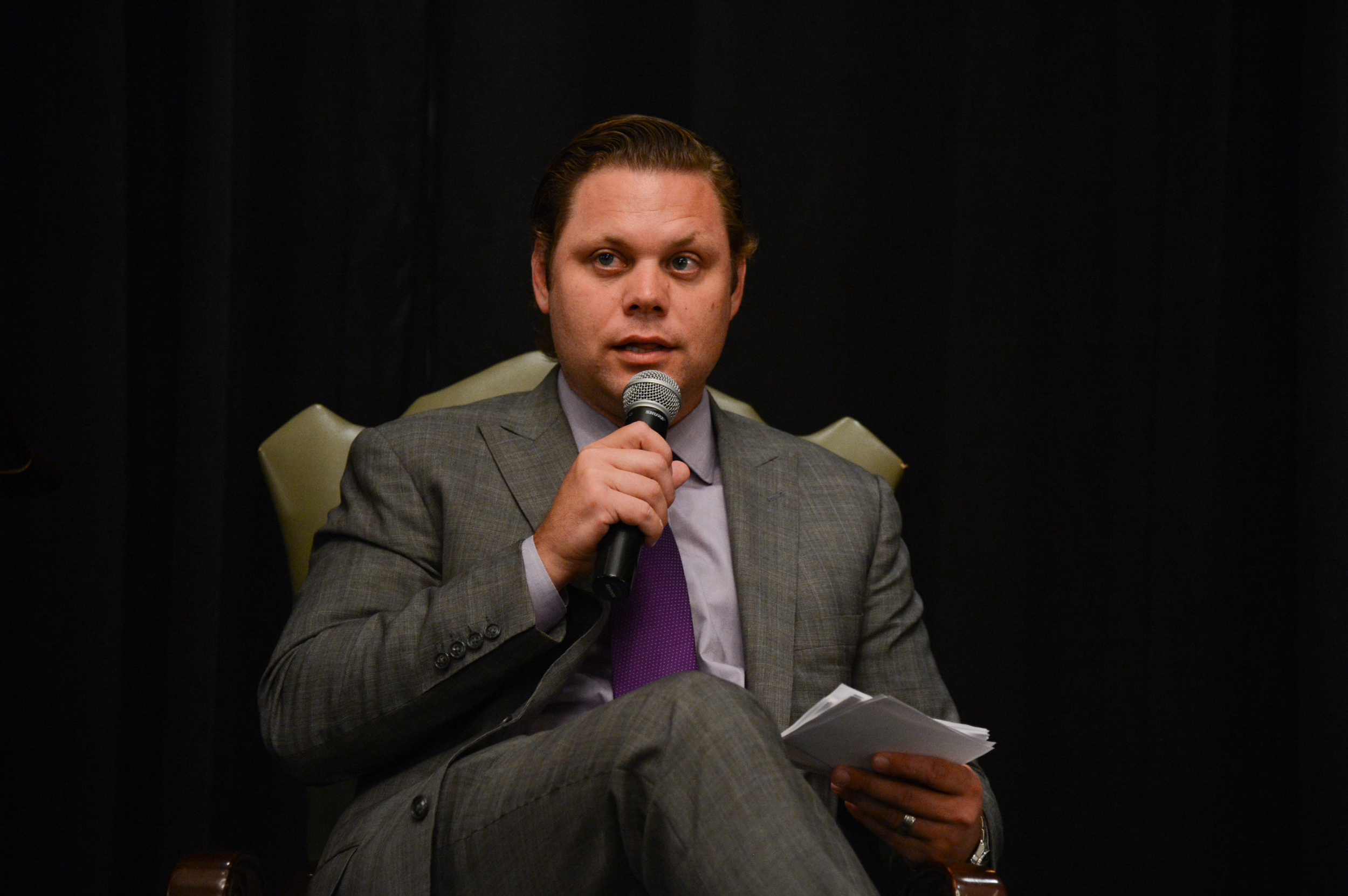
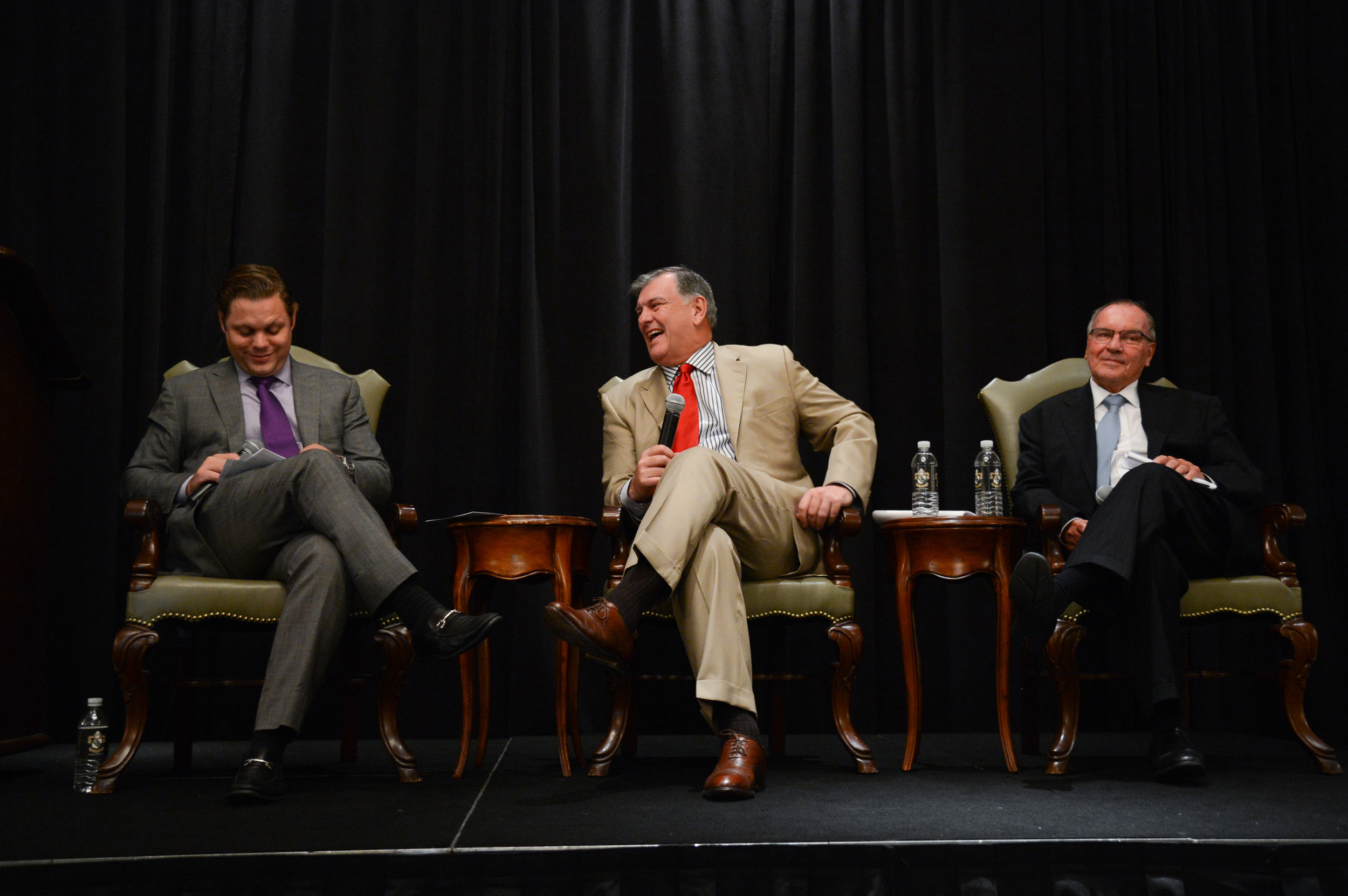


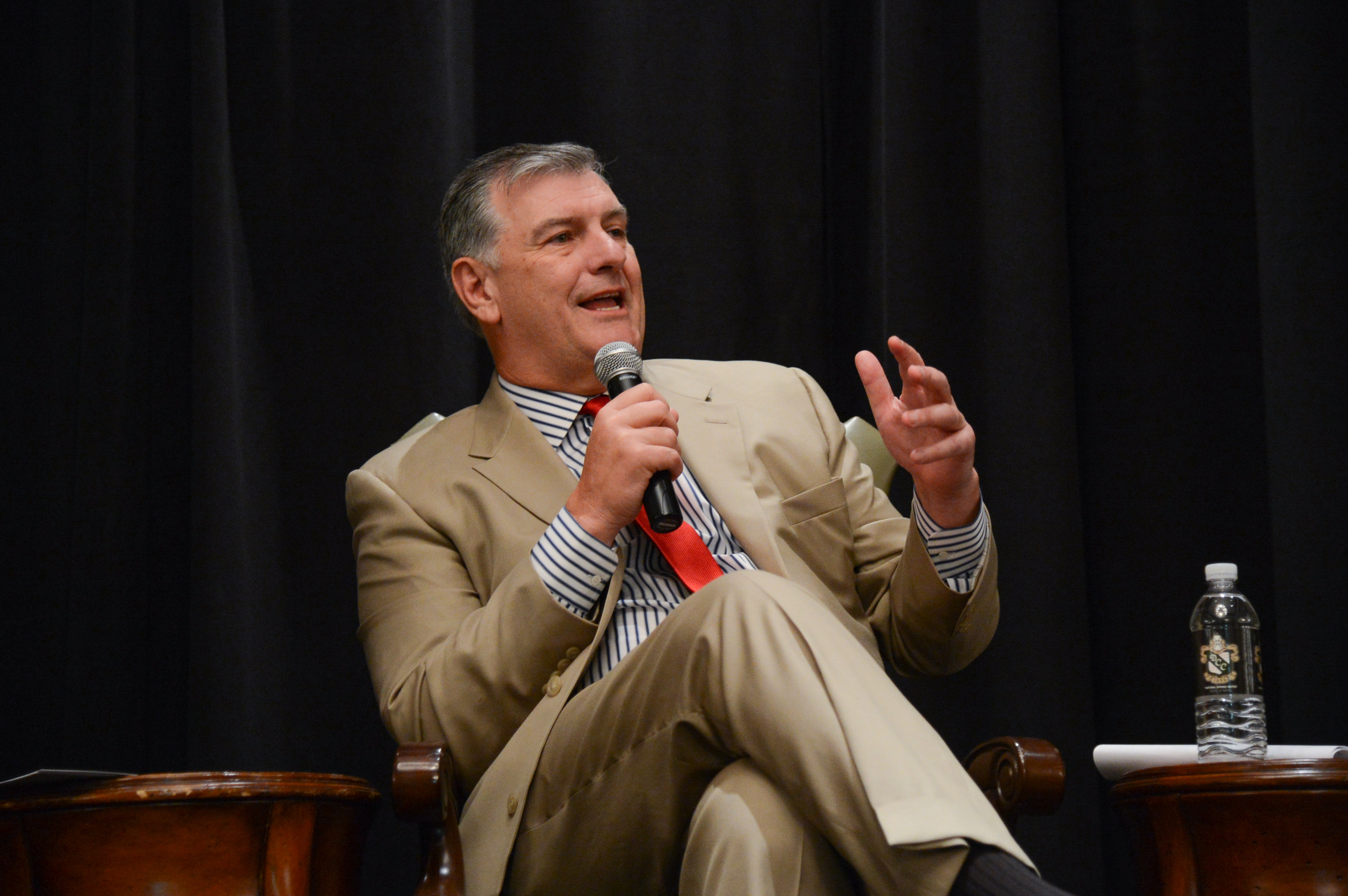

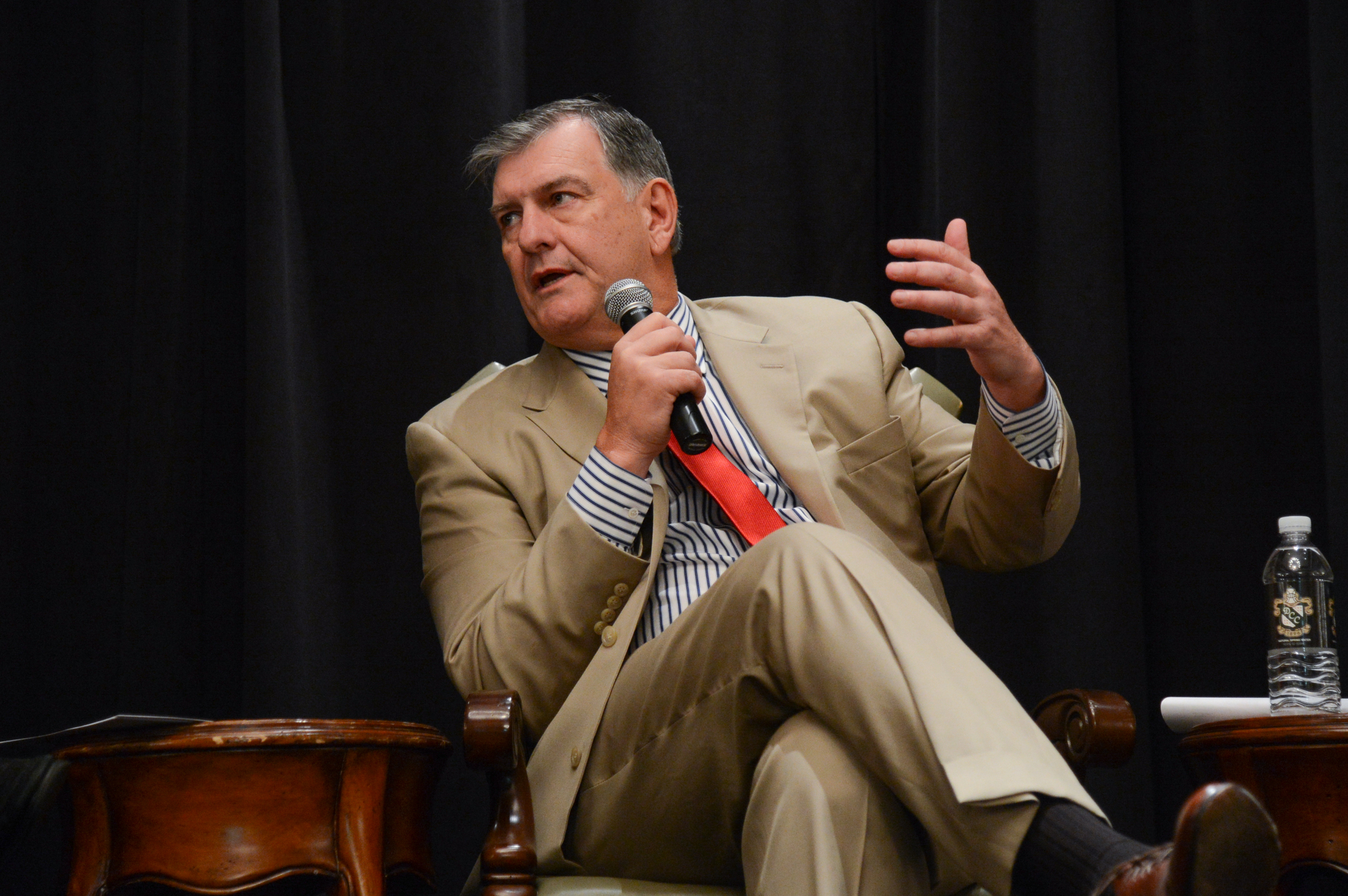
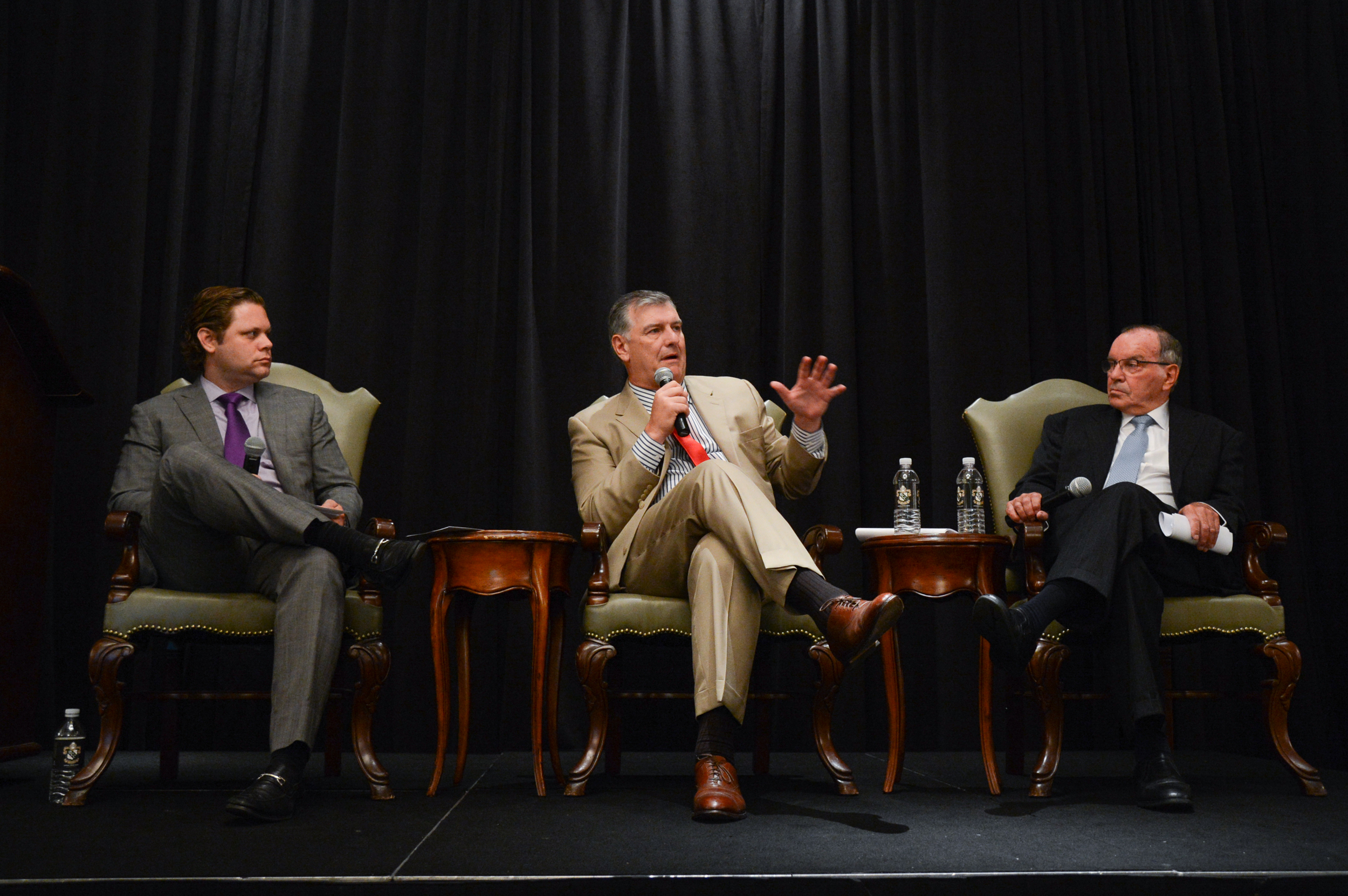
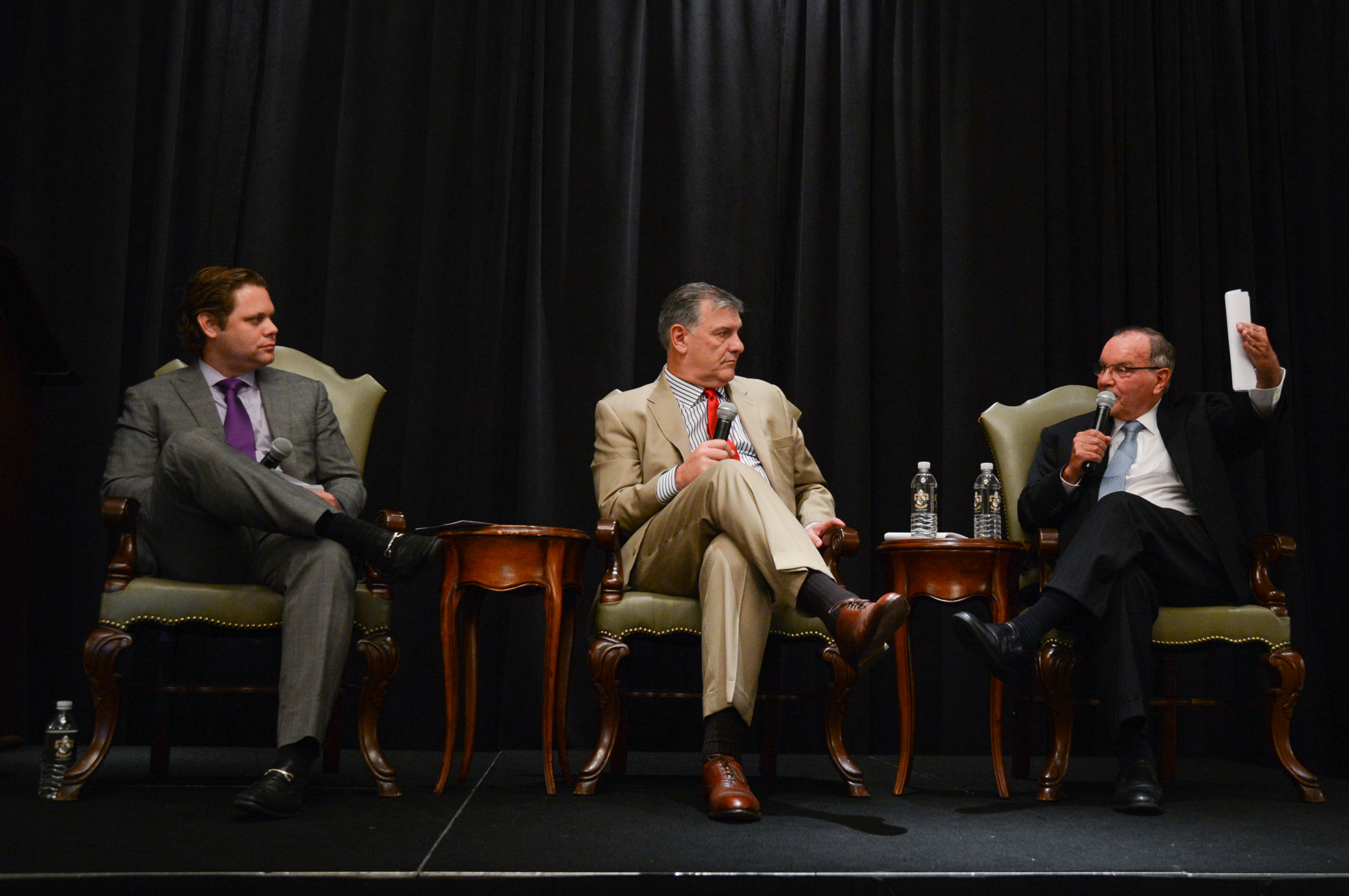
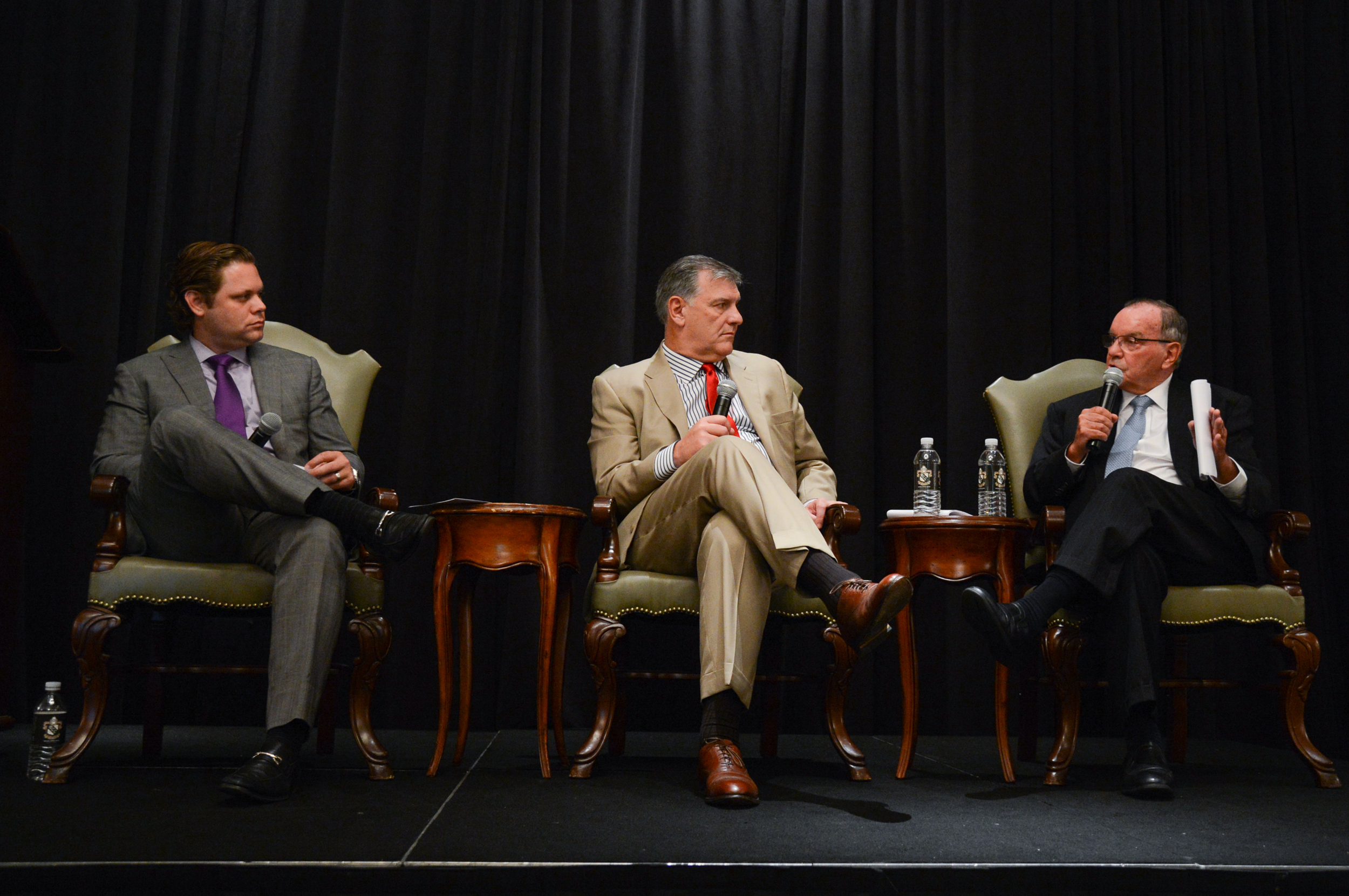

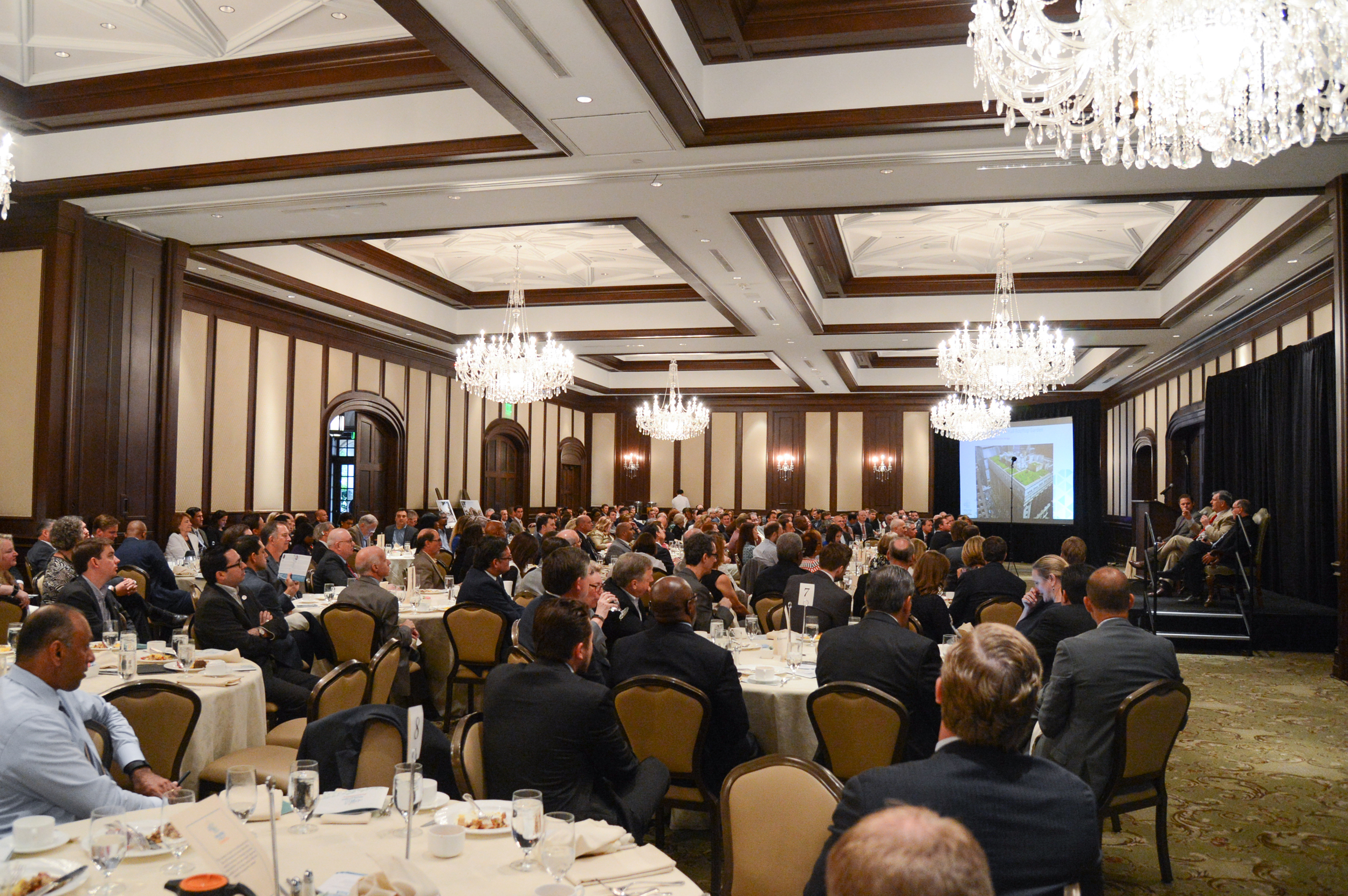

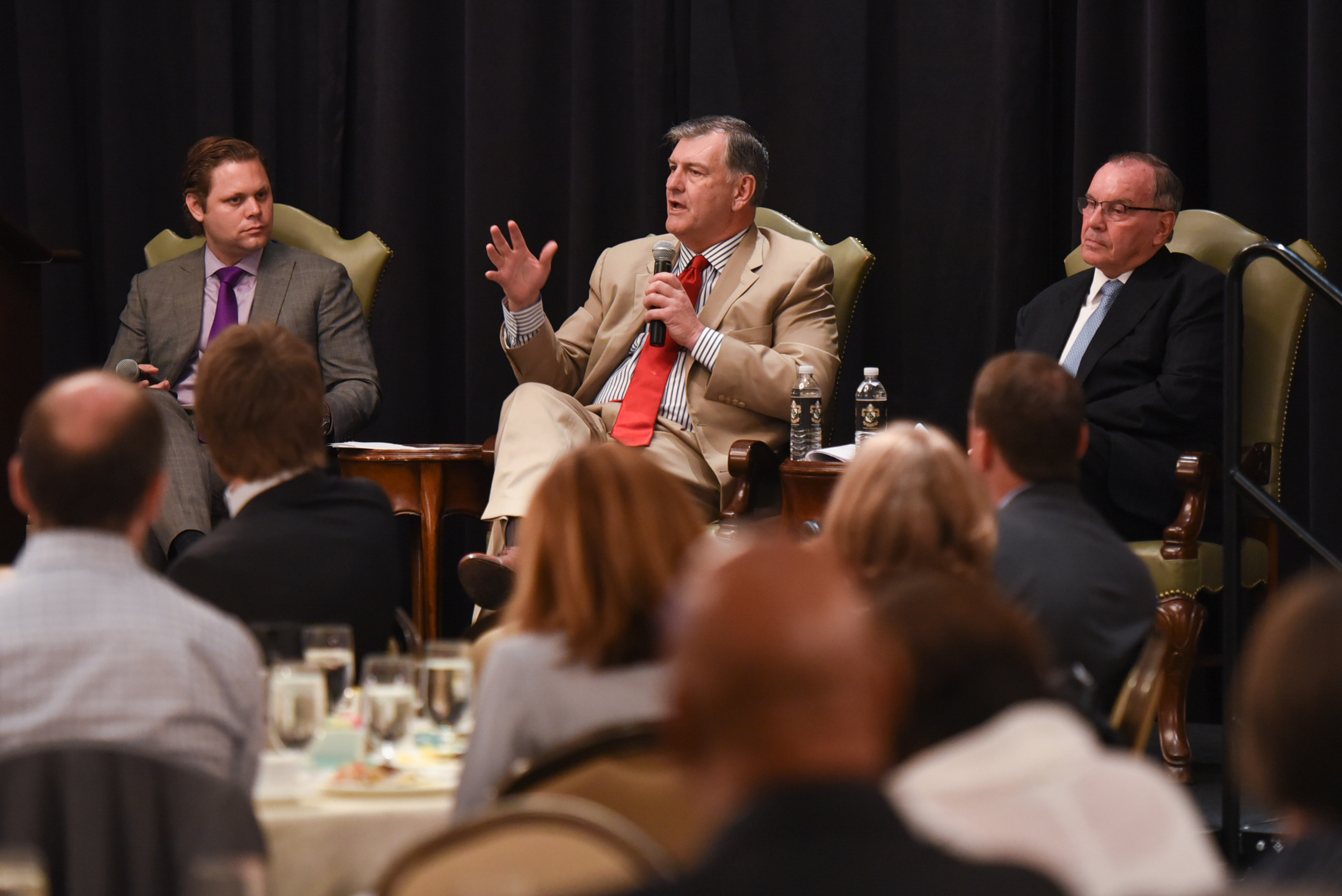
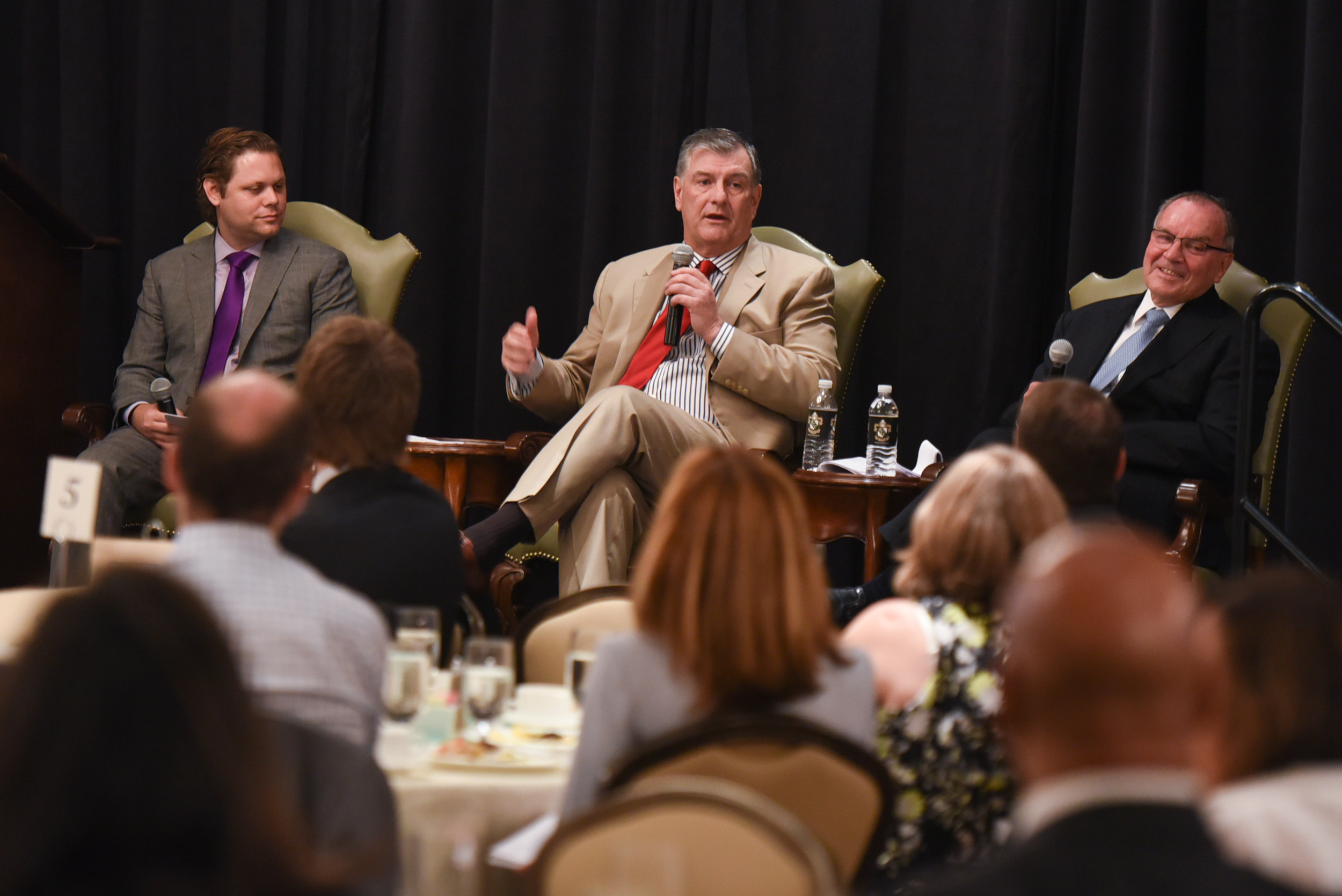

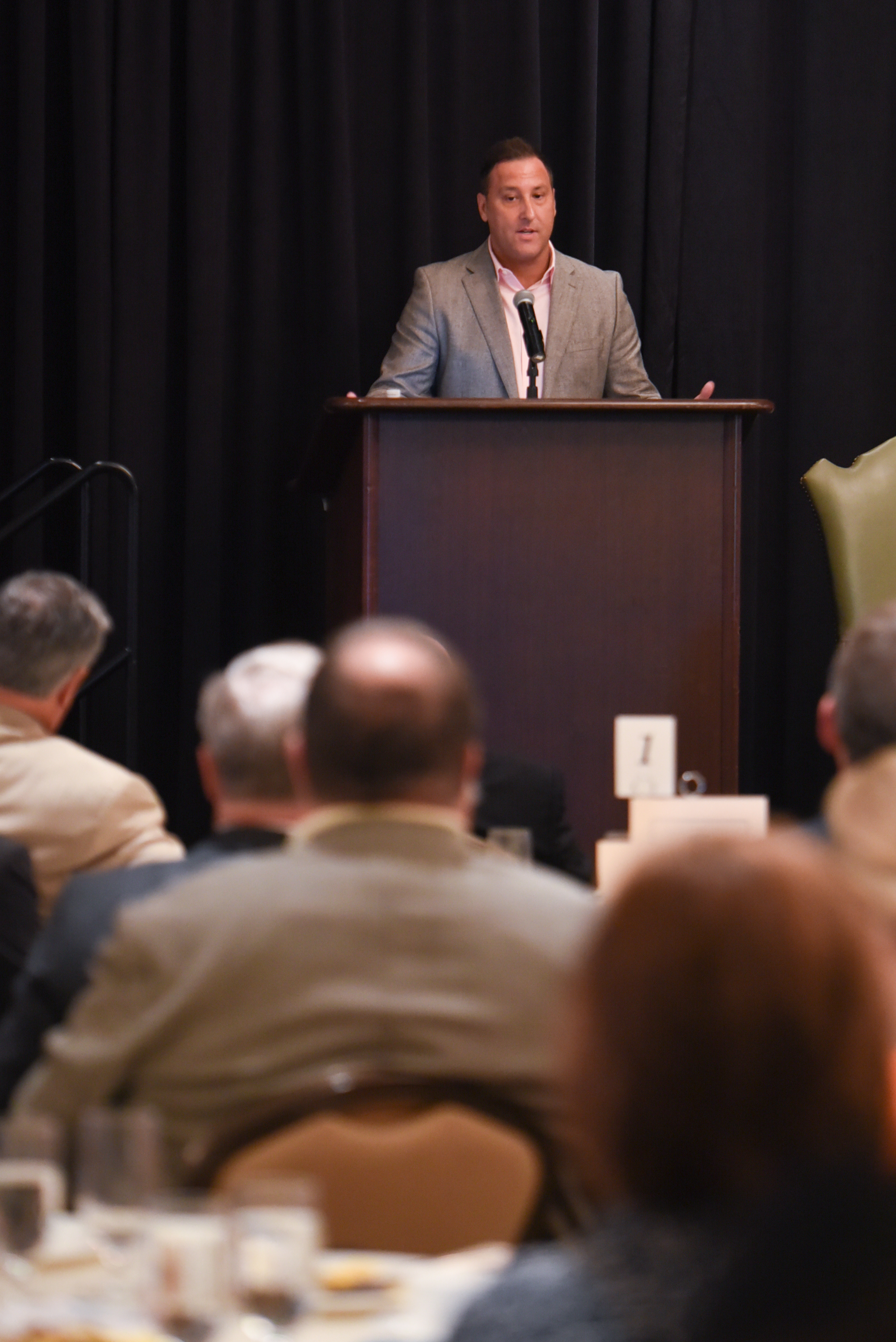




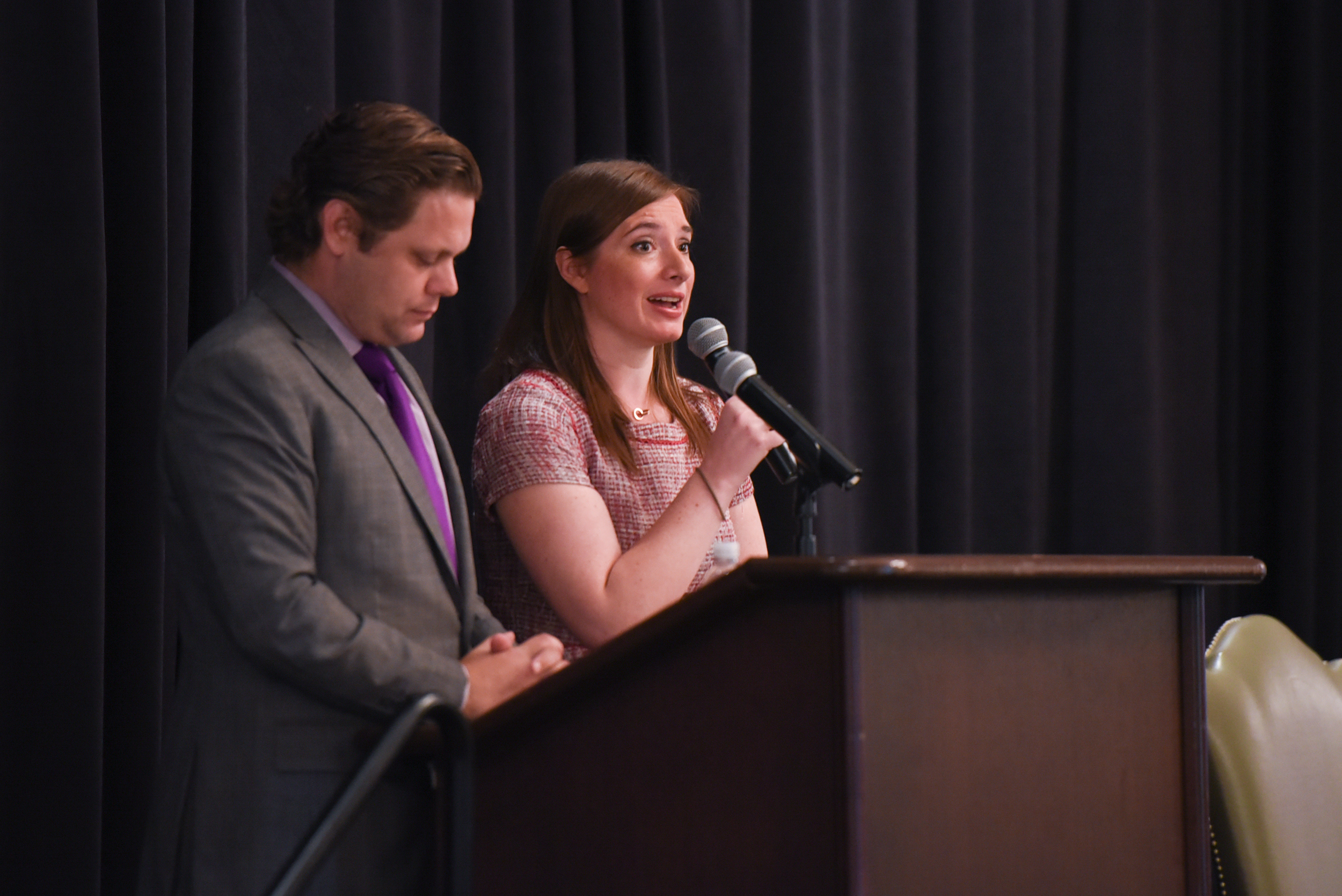


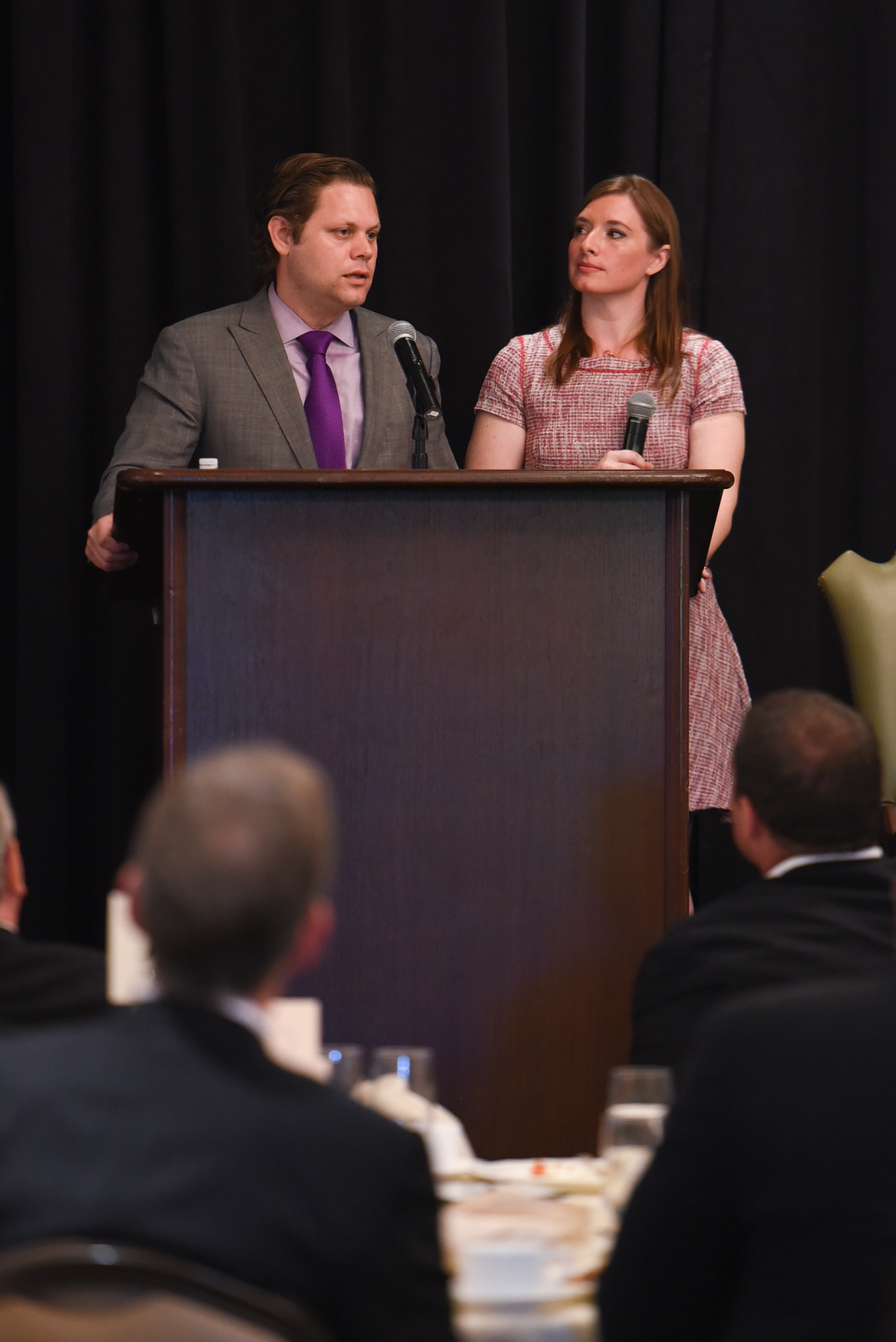
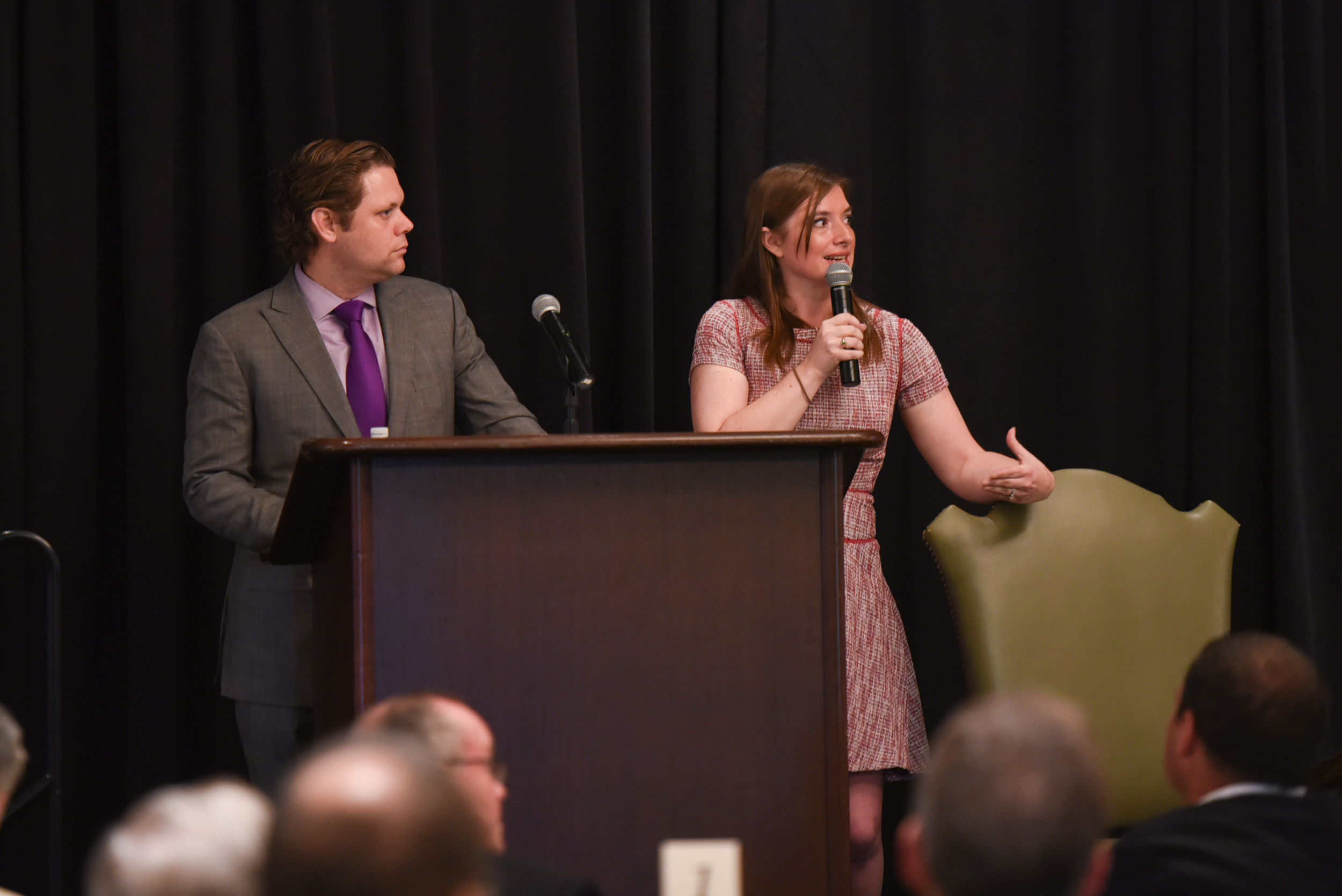

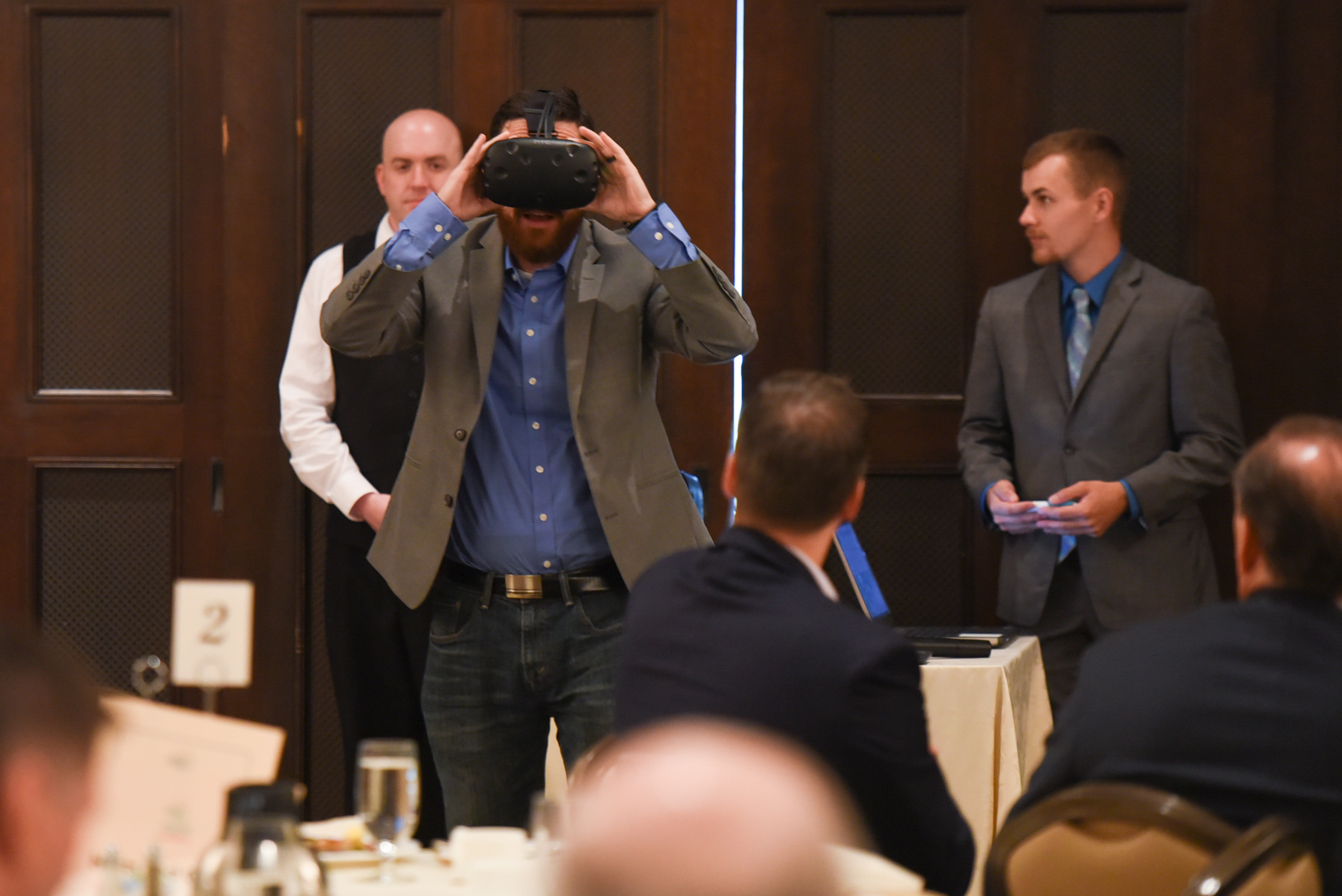

DALLAS INNOVATION ALLIANCE UNVEILS VISION FOR WEST END LIVING LAB
Projects are focused on smart infrastructure, mobility and connected living
DALLAS, TX, June 29, 2016 — Today, the Dallas Innovation Alliance (DIA), a 501c(3) Public-Private Partnership dedicated to the development and execution of a multi-phased smart city strategy for Dallas, publicly unveiled its vision for its living lab in the West End, as part of the burgeoning Dallas Innovation District. The vision was revealed via concept renderings from BOKA Powell, and a virtual reality experience from Dallas-based 900lbs of Creative. These visual and immersive tools provide a view into what the West End looks like today, and what it will look like with smart elements incorporated into the living lab in the coming months.
The DIA will address key challenges faced by Dallas, and cities around the world, around aging infrastructure, strained natural and fiscal resources, and increased density in the urban core, while providing the technology and connectivity needed to power the future for all Dallasites. The DIA operates from the definition that a smart city is one where technological and social infrastructures accelerate sustainable economic development, conserves resources and improves the quality of life for its citizens.
The West End living lab will include smart city elements including:
1. Intelligent LED Lighting: Street lights in the living lab along Market Street will be converted to LED, and sensors measuring environmental levels, including air quality, and crowd/noise detection will be installed.
2. Interactive Digital Kiosks: a series of kiosks will be deployed in the West End, which will provide a key focal point for citizen engagement, alongside delivery of public services, provision of public Wi-Fi, USB charging stations, emergency services, and wayfinding /transit options. Additional open source platform possible to provide a key application allowing for direct engagement with the city, events and services. Exact components of the hardware, and of the internal software can be customized to fit Dallas’ needs.
3. Network Connectivity: Fiber and cellular networks will provide full coverage, powering the living lab.
4. Public Wi-Fi will be available in the West End living lab.
5. Smart Parking: Infrastructure will be installed allowing for monitoring and visibility into available parking options, with the potential to locate and reserve parking ahead of time. Benefits include an improved citizen experience, increased parking utilization rates and decreased traffic congestion/CO2 emissions. A large proportion of urban congestion is directly related to cars looking for parking.
6. End-to-End Mobility App: Working with key partners, the Dallas Innovation Alliance will facilitate an end-to-end mobility application, allowing citizens a single point solution, incorporating all modes of transit, including: mass transit, car, rideshare, bike sharing, walking and smart parking solutions. Benefits include ability to weigh mixed modes of transit, choose your journey based on user priority including length of trip, cost of trip or taking the greenest possible option.
7. Waste Management: Solar-powered waste management system increases capacity and productivity, with sensors providing data so that trashcans are only emptied when they are full, decreasing CO2 emissions and overall cost.
8. Open Source Platform: A open source software platform will aggregate data and provide opportunities for citizens, entrepreneurs and organizations to build smart city applications on top of the platform.
“The Dallas Innovation Alliance is thrilled to share its vision and projects for the living lab in the West End District in downtown Dallas,” commented Jennifer Sanders, Executive Director of the Dallas Innovation Alliance. “Through a best minds approach and collaboration with our partners, we believe these elements, and others to come, provide a strong proof of concept in addressing the challenges that Dallas, and cities around the world, are facing. We are grateful to the City of Dallas, our partners, and to BOKA Powell and 900lbs of Creative for giving their time and talents to bring this vision to life.”
In the coming months, the DIA will begin implementation of initial projects in the West End Historic District in Dallas’ central business district, focused on smart infrastructure, smart mobility and connected living. The West End living lab will help anchor the Dallas Innovation District, providing a critical mass of the resources, infrastructure and creative talent that accelerates entrepreneurship, economic development and research & development. In December 2015, Dallas was selected as one of 10 cities in the inaugural Envision America program, which was announced at the White House in September 2015.
Earlier this month, the Dallas Innovation Alliance received a $205,000 grant from the United Way of Metropolitan Dallas (UWMD) supporting the organization, the first social innovation grant made in the United Way of Metropolitan Dallas’ history. These funds will be utilized to support the DIA’s 2016 operations, project management, community engagement, outreach initiatives and research.
Through the support and collaboration of its members, the DIA is committed to advancing transformative change in the city of Dallas while increasing the domestic and global profile of the great innovators and ideas that reside in Dallas. The Dallas Innovation Alliance’s key partners have shown forward-thinking leadership and dedication to the mission of the DIA, led by Foundational Partner AT&T, Pivotal Partner Cisco, Lead Partner Current, Powered by GE, Partners AECOM and Universal Mind, and Lead Community Partner United Way of Metropolitan Dallas.
About the Dallas Innovation Alliance
The Dallas Innovation Alliance (DIA) is a public-private partnership dedicated to the design and execution of a smart cities plan for the City of Dallas, leveraging social and technological infrastructures to accelerate sustainable economic growth, resource efficiency, and importantly, improve the quality of life for its citizens. DIA’s overarching goal is to elevate Dallas as a city that is not only prepared for, but a driving force in shaping, the future of cities, and providing opportunities for prosperity for its citizens. Its mission is to develop a scalable smart cities model for the City of Dallas that leverages the region’s distinctive strengths and leaves a legacy of innovation, sustainability and collaboration for future generations. DIA support is led by Foundational Partner AT&T, Pivotal Partner Cisco, Lead Partner Current, Powered by GE, Partners AECOM and Universal Mind, and Lead Community Partner United Way of Metropolitan Dallas. Partners of the Dallas Innovation Alliance include: City of Dallas, Dallas Area Rapid Transit (DART), Dallas Convention and Visitors Bureau, Dallas Entrepreneur Center (DEC), Dallas Regional Chamber, Dallas 2030 District, Downtown Dallas Inc., The Real Estate Council (TREC), Texas Research Alliance, United Way of Metropolitan Dallas, CIVIQ Streetscapes, Deloitte, Ericsson, IBM, Microsoft, Schneider Electric, Xerox, and World Wide Technology. For more information, please visit www.DallasInnovationAlliance.com.



DALLAS INNOVATION ALLIANCE ANNOUNCES $205,000 Investment from United Way of Metropolitan Dallas
Funding will provide operational capital as the DIA builds its West End living lab
DALLAS, TX, June 17, 2016 — Today, the Dallas Innovation Alliance (DIA), a 501c(3) Public-Private Partnership dedicated to the development and execution of a multi-phased smart city strategy for Dallas, announced a $205,000 social innovation grant from United Way of Metropolitan Dallas. This is the first investment of its kind from United Way, advancing its commitment to social innovation. United Way partners with innovative programs that seek to transform our city, improving quality of life and services for its citizens.
The DIA will address key challenges faced by Dallas, and cities around the world, around aging infrastructure, strained natural and fiscal resources, and increased density in the urban core, while providing the technology and connectivity needed to power the future for all Dallasites. The DIA operates from the definition that a smart city is one where technological and social infrastructures accelerate sustainable economic development, conserves resources and improves the quality of life for its citizens.
Through smart city solutions, cost and resource efficiencies can be achieved, public health and safety outcomes improved via LED lighting, air quality and crowd sensors; public Wi-Fi provides equity through connectivity, and associated STEM and workforce development initiatives prepare future workforce readiness.
United Way focuses its work around changing lives forever in North Texas, particularly in the areas of education, impact and health. A 2011 Blue Ribbon Commission study recognized the need for investments in new and innovative ideas to reach community goals. United Way’s GroundFloor mentor-driven social innovation fund and impact accelerator program was launched in 2013 as a response, investing seed funding and resources into promising social ventures focused on solutions. This new partnership with DIA expands United Way’s social innovation work, taking a forward-thinking approach to how smart cities’ infrastructure can potentially further its mission.
The United Way funds will be utilized to support the DIA’s 2016 operations, project management, community engagement, outreach initiatives and research.
“We are so grateful for the support of United Way, and for its work to provide investment into social innovation in Dallas,” commented Jennifer Sanders, Executive Director of the Dallas Innovation Alliance. “It is through the vision and commitment of organizations like United Way that entrepreneurial, innovative organizations are able to convert ideas to action, and the DIA will be able to accelerate its work thanks to the generosity of the organization.”
“United Way is focused on changing lives in our community and building a more secure future for Dallas by improving education, access to jobs and quality health care,” said Susan Hoff, Chief Impact, Strategy and Operations Officer, United Way of Metropolitan Dallas. “As these issues become increasingly complex, we must seek innovative solutions. The Dallas Innovation Alliance is a prime example of an organization testing and implementing promising results.”
Through the support and collaboration of its members like United Way, the DIA is committed to advancing transformative change in the city of Dallas while increasing the domestic and global profile of the great innovators and ideas that reside in Dallas. Some of DIA’s public, private and nonprofit sector members include the City of Dallas, Dallas Regional Chamber, Downtown Dallas Inc., Dallas Area Rapid Transit (DART), AT&T, Cisco, Ericsson, Current, powered by GE, AECOM, Universal Mind, Dallas 2030 District, Dallas Convention and Visitors Bureau, the Real Estate Council, and the Texas Research Alliance.
In the coming months, the DIA will finalize its strategic priorities and begin implementation of initial projects in the West End Historic District in Dallas’ central business district, focused on smart infrastructure, smart mobility and connected living. The West End living lab will help anchor the Dallas Innovation District, providing a critical mass of the resources, infrastructure and creative talent that accelerates entrepreneurship, economic development and research & development. In December 2015, Dallas was selected as one of 10 cities in the inaugural Envision America program, which was announced at the White House in September 2015.
About the Dallas Innovation Alliance
The Dallas Innovation Alliance (DIA) is a public-private partnership dedicated to the design and execution of a smart cities plan for the City of Dallas, leveraging social and technological infrastructures to accelerate sustainable economic growth, resource efficiency, and importantly, improve the quality of life for its citizens. DIA’s overarching goal is to elevate Dallas as a city that is not only prepared for, but a driving force in shaping, the future of cities, and providing opportunities for prosperity for its citizens. Its mission is to develop a scalable smart cities model for the City of Dallas that leverages the region’s distinctive strengths and leaves a legacy of innovation, sustainability and collaboration for future generations. For more information, please visit www.DallasInnovationAlliance.com.
About the United Way of Metropolitan Dallas
United Way of Metropolitan Dallas brings people together to improve lives and create lasting change here in North Texas by focusing on education, income, and health – the building blocks for strong families and thriving communities. We galvanize and connect all sectors of society – individuals, businesses, non-profits, and government – to create long-term change through investing in solutions that produce healthy, well-educated and financially stable individuals and families. We raise, invest and leverage more than $50 million annually in community-focused solutions serving Dallas, Collin, Rockwall and southern Denton counties. We do more than help one person beat the odds – we are changing the odds for entire communities. To learn more, please visit UnitedWayDallas.org.
Dallas Innovation Alliance, 2022